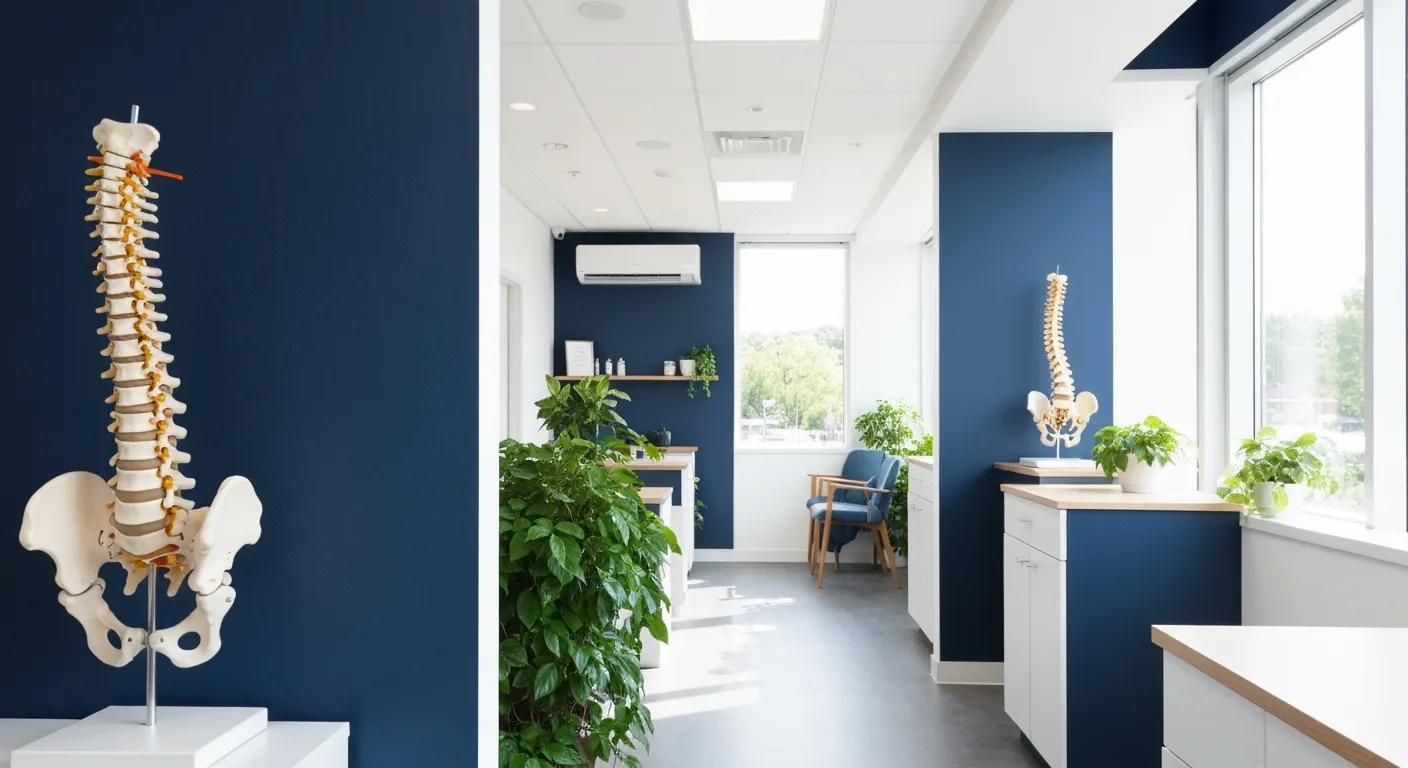Massage Therapy for Better Posture and Mobility
August 14, 2025
8 min
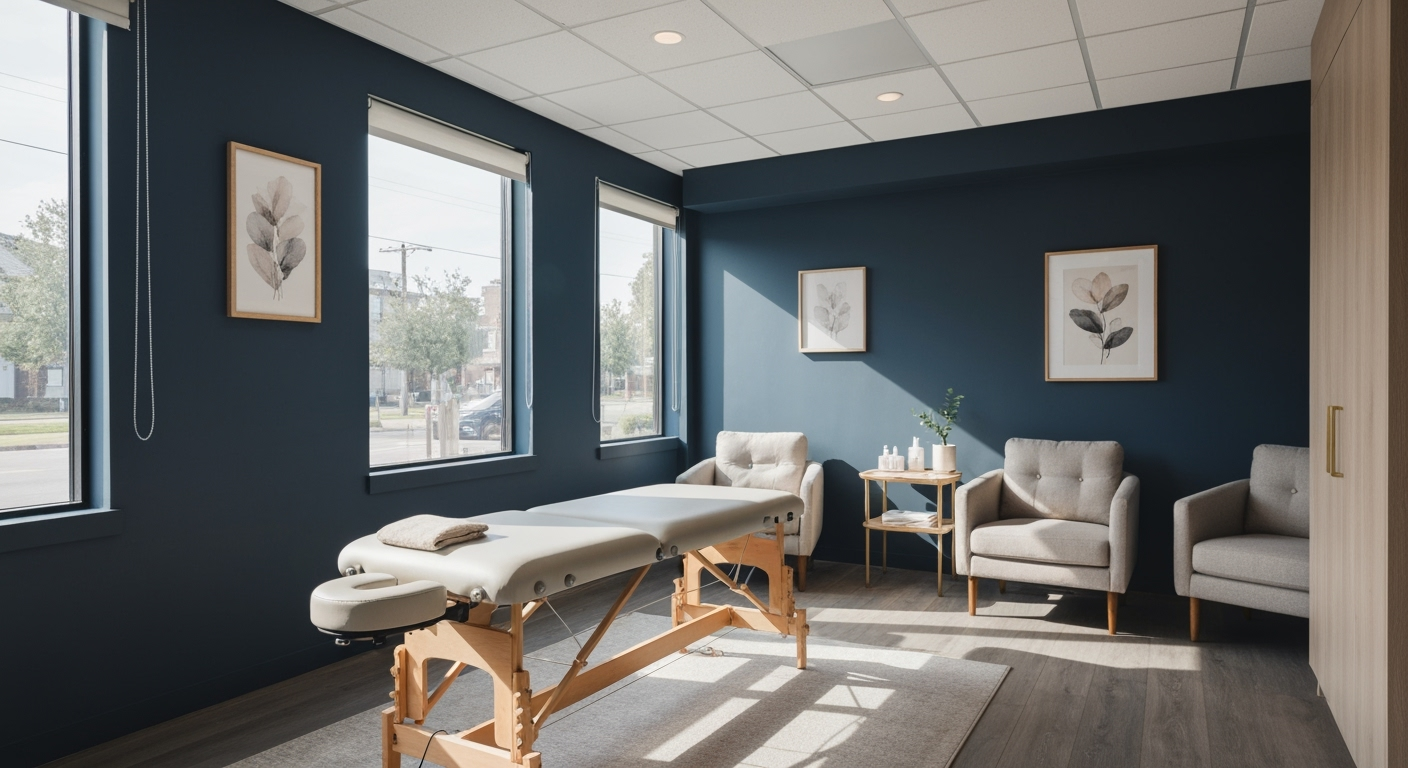
Understanding the Role of Massage Therapy in Postural Health
Maintaining proper posture and mobility is critical for overall health and well-being. Massage therapy emerges as a powerful, non-invasive intervention that supports posture correction and improves movement by addressing muscle tension, imbalances, and joint stiffness. This article explores the multifaceted benefits of massage therapy for posture and mobility, delving into techniques, scientific evidence, and practical integration into wellness routines to empower readers toward better alignment and functional movement.
Benefits of Massage Therapy for Posture and Mobility
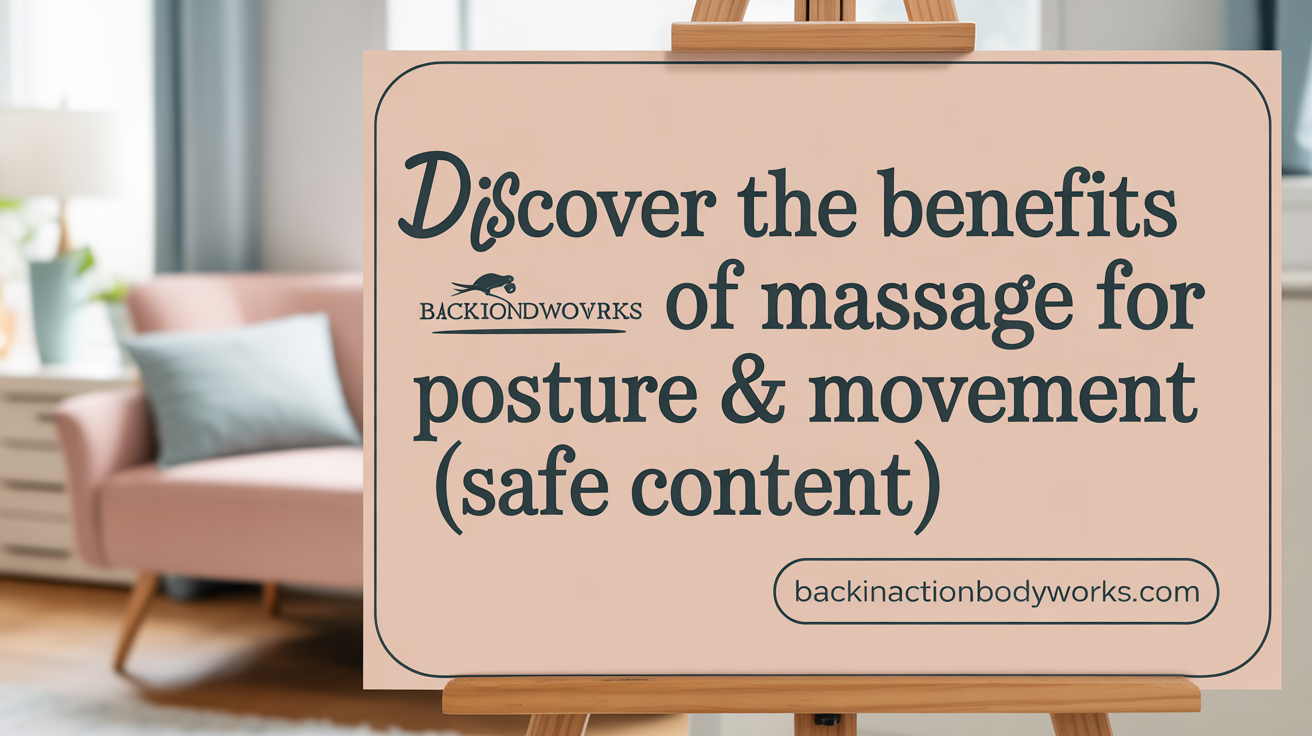
What are the benefits of massage therapy for posture and mobility?
Massage therapy provides a wide range of advantages in improving posture and enhancing mobility. One of its primary benefits is freeing muscles from tension and tightness, especially in areas like the neck, shoulders, and lower back. This relaxation allows muscles to realign naturally, promoting better posture.
Another significant benefit is addressing muscle imbalances. Massage relaxes overactive muscles and stimulates underactive ones, restoring balance and stability to the musculoskeletal system. Techniques such as deep tissue massage, myofascial release, and trigger point therapy are particularly effective in this process.
Improved flexibility and joint range of motion also play a vital role in posture correction. By increasing blood circulation and loosening stiff muscles, massage helps maintain proper joint movement, making it easier to adopt correct postural positions.
Pain reduction is a common outcome of regular massage therapy. It alleviates discomfort caused by poor posture, muscle strain, or injury, enabling individuals to maintain healthy, natural postures more comfortably.
Additionally, massage enhances proprioception—the body’s ability to perceive its position and movement. Increased body awareness helps individuals recognize misalignments and encourages conscious adjustments during daily activities.
Research from studies like those by Kang et al. (2021) and Silva et al. (2019) supports these benefits, showing that massage therapy not only eases discomfort but also helps prevent musculoskeletal issues by promoting better posture.
In summary, massage supports posture and mobility by relaxing tense muscles, correcting imbalances, improving flexibility and joint function, reducing pain, and increasing body awareness, making it a valuable component of long-term well-being.
Techniques of Massage Therapy That Improve Posture and Mobility
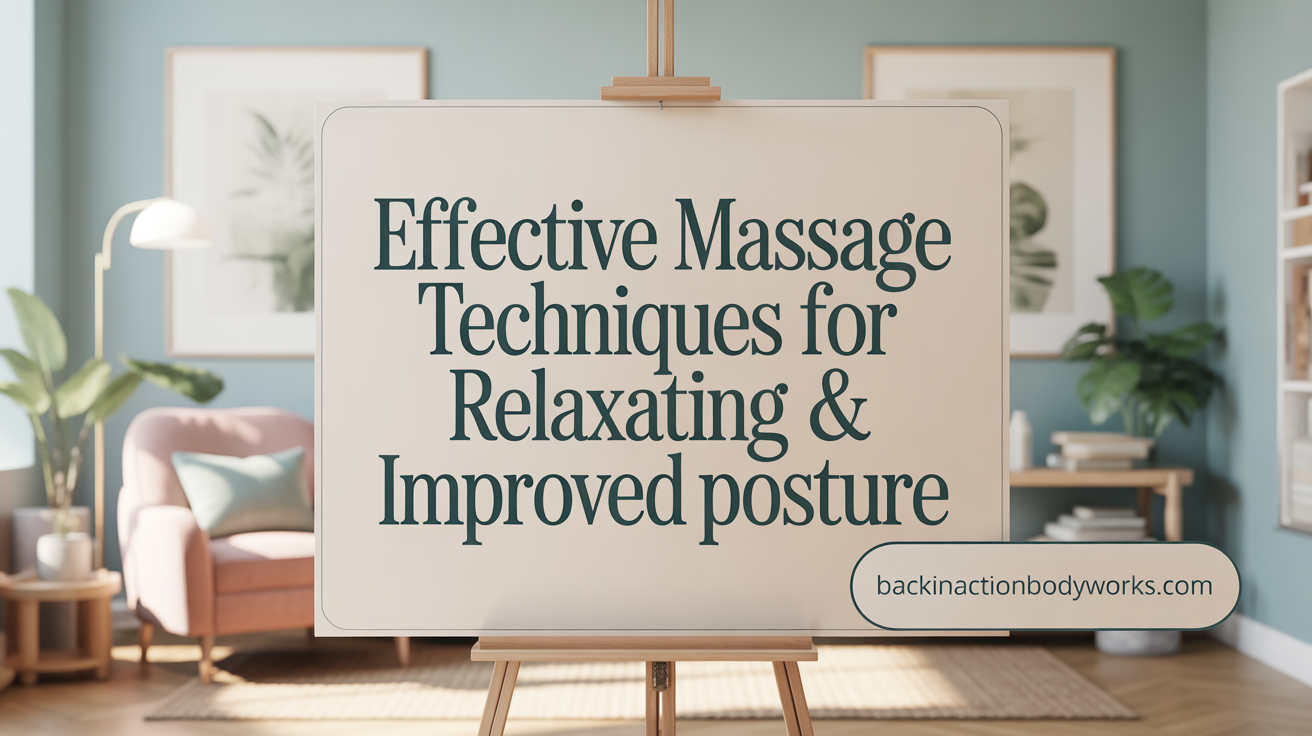
What types of massage are most effective for improving posture?
Health professionals have identified specific massage techniques that effectively enhance posture and boost mobility. Among these, deep tissue massage, myofascial release, sports massage, Swedish massage, trigger point therapy, active release technique (ART), and general sports massage stand out.
Deep tissue massage is particularly known for its ability to work on the inner layers of muscles and connective tissue. It employs substantial pressure and slower techniques to relax tight, painful spots, often found in the neck, shoulders, and lower back. This relaxation helps straighten the body and reduces discomfort caused by poor posture.
Myofascial release techniques focus on the fascia — the connective tissue surrounding muscles. By releasing fascial restrictions, such as adhesions or tightness, this therapy helps correct postural deviations caused by fascial tightness or adhesion buildup.
Swedish massage, on the other hand, is popular for its relaxing qualities and its ability to elongate tense muscles, promoting better alignment. It uses gentle, flowing strokes that lengthen muscles and reduce tension, especially in areas prone to stiffness.
Trigger point therapy targets specific muscle knots or trigger points that can cause imbalances and postural problems. By applying focused pressure, it helps release these knots, alleviating pain and restoring natural muscle function.
Active release technique (ART) is a hands-on therapy that assists in breaking up adhesions and scar tissue within muscles and tendons. This technique improves flexibility, reduces pain, and enhances overall posture by restoring proper muscle movement.
Sports massage combines many of these elements to prepare athletes’ muscles for activity or aid in recovery. It improves circulation, increases blood flow, and enhances flexibility, which supports maintaining proper body alignment.
Regular use of these massage techniques, especially when tailored to individual needs, can significantly contribute to correcting muscle imbalances, reducing tension, and supporting long-term posture improvements. Incorporating assessments and treatment plans by knowledgeable massage therapists ensures targeted benefits, making these methods essential parts of a comprehensive posture correction approach.
How Massage Therapy Aids Postural Correction and Alignment
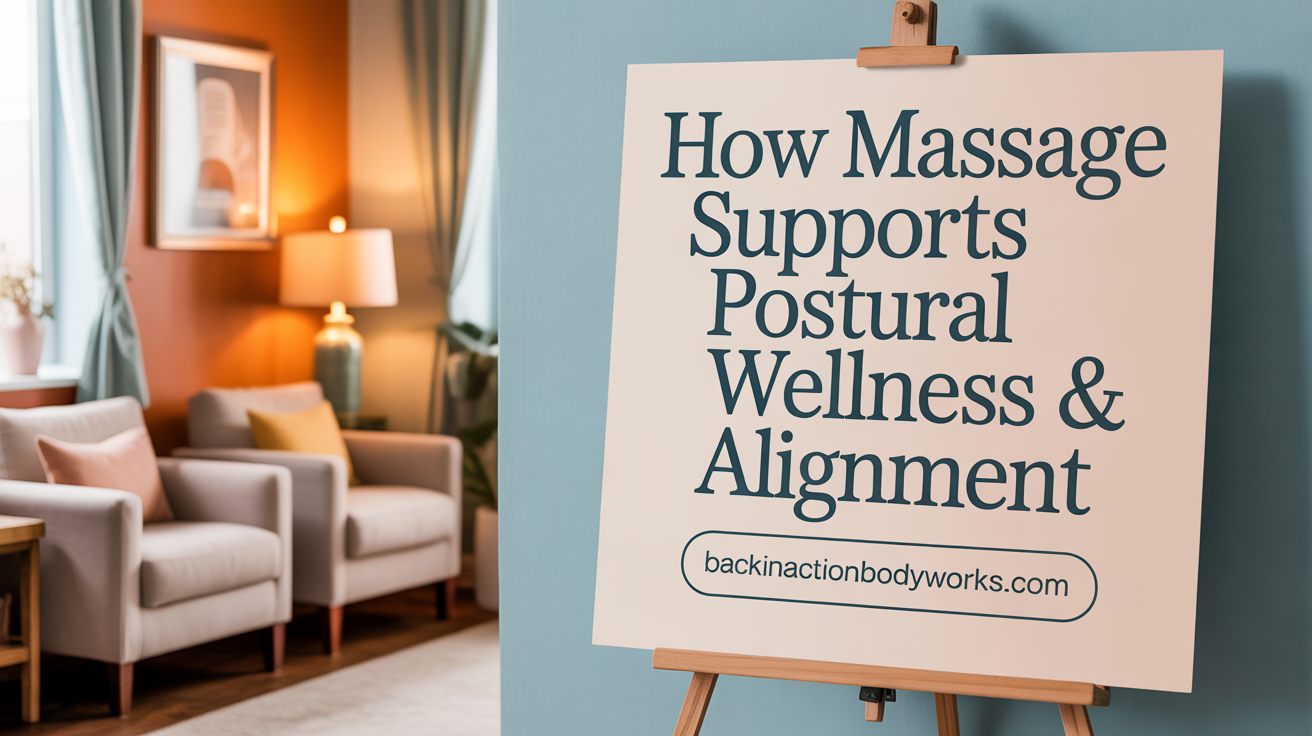
How does massage therapy aid in postural correction and alignment?
Massage therapy plays a vital role in improving posture by targeting the underlying muscle and fascial issues that contribute to misalignment. It begins by relaxing and loosening tight muscles, such as those in the neck, shoulders, and lower back, which often become overactive due to poor posture or stress. Techniques like deep tissue massage and myofascial release are effective in releasing adhesions and fascial restrictions that pull the body out of its proper position.
Releasing tension in these tissues not only enhances flexibility but also promotes better range of motion. As muscles relax, the body can naturally realign, reducing strain and discomfort.
Besides relaxing muscles, massage improves circulation by increasing blood flow to tissues. Enhanced circulation delivers oxygen and essential nutrients which support tissue repair, and helps flush out metabolic waste. These processes reduce stiffness and facilitate healing, further aiding posture correction.
Another important aspect is how massage enhances proprioception—the body's awareness of its position and movement. By increasing this awareness, individuals become more conscious of their posture and are motivated to make necessary adjustments during daily activities.
Incorporating assessments and targeted techniques, therapists can address structural imbalances and guide clients toward better posture. When combined with ergonomic advice, stretching, and strengthening exercises, massage therapy offers a comprehensive approach to musculoskeletal health and alignment, leading to more sustained improvements in posture.
Scientific Support for Massage Therapy in Enhancing Posture and Mobility
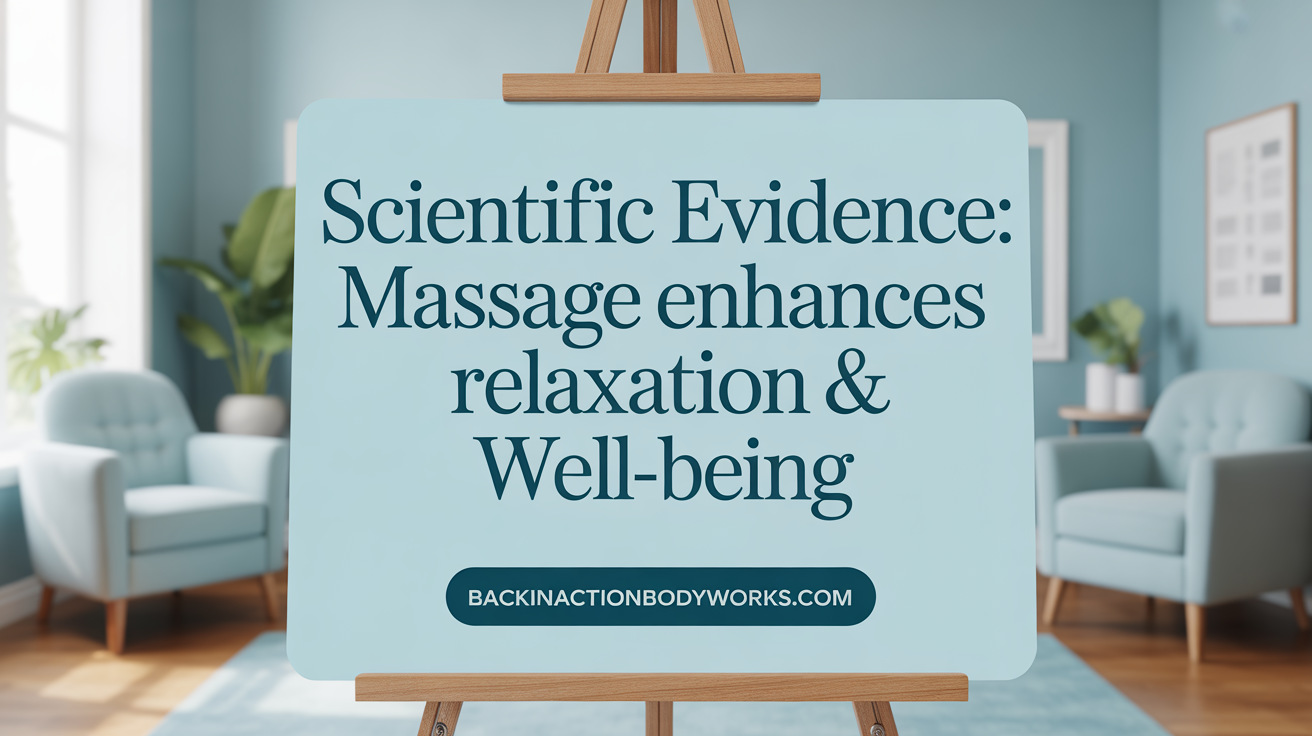
What scientific evidence supports massage therapy's role in enhancing posture and mobility?
Research studies provide strong support for the benefits of massage therapy in improving posture and overall movement. Scientific evidence shows that massage interventions can effectively reduce muscle stiffness and tension, which are common contributors to poor posture. Techniques such as deep tissue massage and myofascial release target deeper layers of muscle and fascia, helping to release restrictions that pull the body out of proper alignment.
Studies by Kang et al. (2021) and Silva et al. (2019) demonstrate that massage therapy not only alleviates discomfort but also enhances neuromuscular function. By stimulating proprioception, or awareness of body position, massage helps individuals recognize and correct postural deviations.
Objective measurement tools, including radiographs and electromyography, reveal that massage can lead to measurable improvements in spinal alignment and muscle activity. These findings suggest that massage therapy can promote better postural stability and mobility.
Furthermore, combining massage with exercises like stretching and strengthening has been shown to further enhance joint flexibility and balance. Consistent sessions improve tissue elasticity and support long-term posture correction.
In summary, scientific research confirms that massage therapy influences multiple factors—muscle tension, fascia health, proprioception—that are vital for maintaining good posture and supporting movement efficiency.
| Evidence Area | Outcomes | Supporting Techniques |
|---|---|---|
| Muscle Tension | Reduction in tightness | Deep tissue massage, trigger point therapy |
| Fascia Health | Improved elasticity, Release of adhesions | Myofascial release |
| Joint Range of Motion | Increased flexibility, Better mobility | Swedish massage, joint mobilizations |
| Neuromuscular Function | Enhanced muscle activation, Postural stability | Neuromuscular techniques |
| Objective Measures | Spinal alignment improvement | Radiographs, electromyography |
| Functional Mobility | Better balance, postural control | Combined therapy with exercises |
Integrating Massage Therapy for Optimal Posture and Spinal Health
How can massage therapy be integrated into an overall wellness routine for better posture and spinal health?
Incorporating regular massage therapy into a wellness routine can significantly enhance posture and spinal health. It helps release muscle tension, reduce pain, and increase flexibility in areas like the neck, shoulders, and lower back.
Various massage techniques such as deep tissue massage, myofascial release, and trigger point therapy focus on realigning muscles and soft tissues. This promotes better posture and improves joint mobility.
Furthermore, massage enhances proprioception, or body awareness. This encourages individuals to recognize and maintain proper alignment during daily movements.
Skilled therapists often educate clients on ergonomic habits and corrective exercises, supporting long-term postural maintenance.
When combined with stretching, strengthening routines, ergonomic adjustments, and other health practices, massage creates a comprehensive approach. This holistic effort ensures better posture, spinal health, and overall well-being.
Practical Tips for Incorporating Massage Therapy to Enhance Posture and Mobility
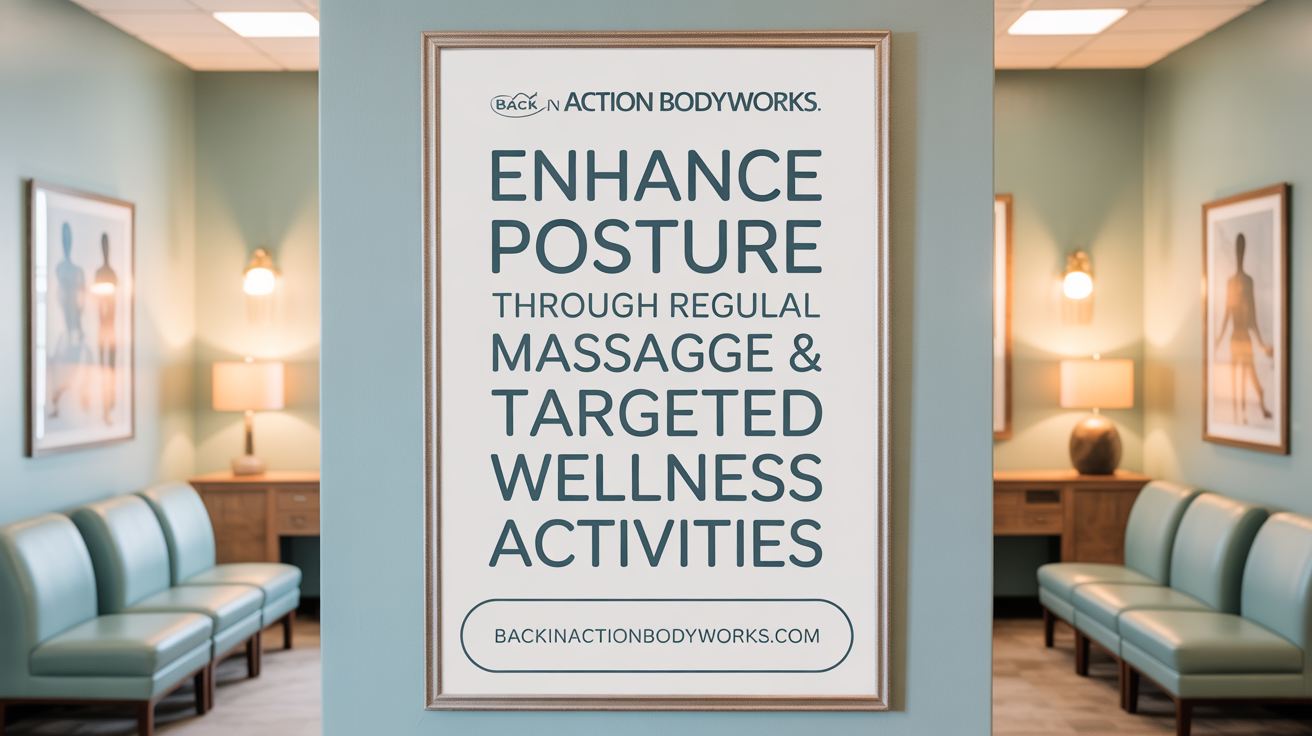 Scheduling regular targeted massage sessions focused on muscles that influence posture, such as the neck, shoulders, and lower back, can significantly improve musculoskeletal alignment. Techniques like deep tissue massage, myofascial release, and trigger point therapy are particularly effective in relaxing tense muscles, correcting imbalances, and supporting spinal health.
Scheduling regular targeted massage sessions focused on muscles that influence posture, such as the neck, shoulders, and lower back, can significantly improve musculoskeletal alignment. Techniques like deep tissue massage, myofascial release, and trigger point therapy are particularly effective in relaxing tense muscles, correcting imbalances, and supporting spinal health.
To maximize benefits, it is helpful to combine massage therapy with stretching and strengthening exercises. Activities such as chin tucks, shoulder rolls, and core strengthening can reinforce postural improvements achieved through massage. Additionally, increasing body awareness through mindfulness or proprioception exercises can help individuals recognize postural deviations and make conscious adjustments during daily activities.
Implementing ergonomic adjustments—like proper workstation setup, supportive chairs, and mindful device use—reduces strain and sustains postural gains over time. Choosing qualified and experienced massage therapists ensures effective treatment tailored to individual needs. Regularly scheduling sessions, ideally every two to four weeks, coupled with lifestyle modifications, can promote long-term mobility, pain reduction, and better posture.
Embracing Massage Therapy for Lasting Postural Wellness
Massage therapy stands out as an effective, holistic approach to improving posture and mobility by addressing the root causes of muscular tension and imbalance. Supported by scientific evidence and enhanced through targeted techniques like deep tissue massage and myofascial release, it contributes to pain reduction, increased flexibility, and improved body awareness. Integrating massage therapy into broader wellness strategies alongside exercises, ergonomic modifications, and other therapies such as chiropractic care fosters a comprehensive path to optimal spinal health and functional movement. By adopting consistent massage sessions and informed practices, individuals can enjoy enhanced posture, reduce discomfort, and support lifelong musculoskeletal well-being.
References
- Massage Therapy's Impact on Improving Posture - Needham
- How Massage Therapy Can Improve Your Posture - Spa Theory
- Massage Therapy for Better Posture
- How Deep Tissue Massage Can Help with Posture Correction
- How Massage Therapy Improves Your Posture
- Improve Posture With Massage Therapy In Humble TX
- Relieving Back Pain: How Massage Therapy Eases Discomfort from ...
- How Massage Improves Posture and Relieves Upper Back Strain
- Transform Your Posture with Effective Massage Therapy
Recent articles
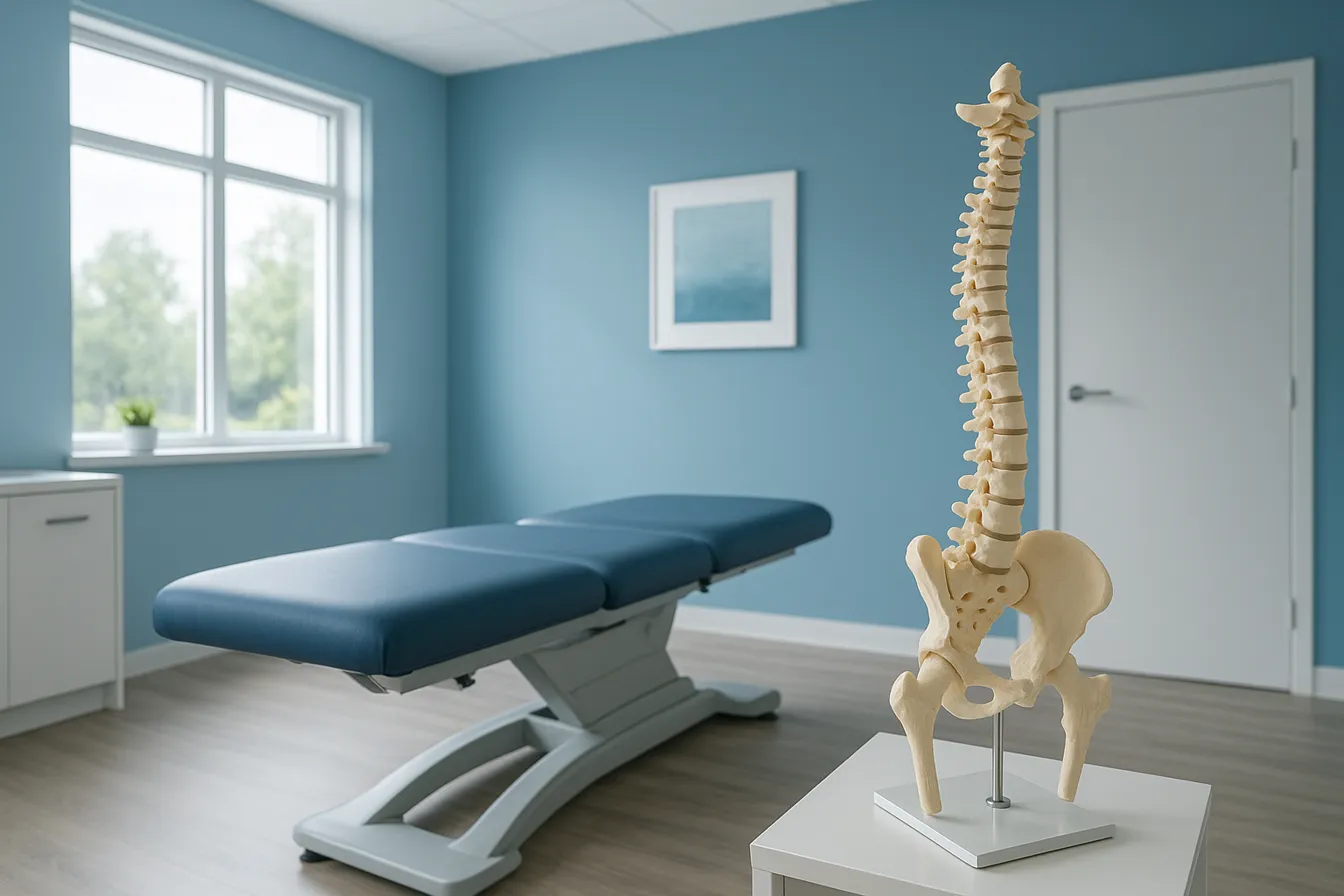
Chiropractic Care: Key Benefits for Managing and Preventing Back Pain
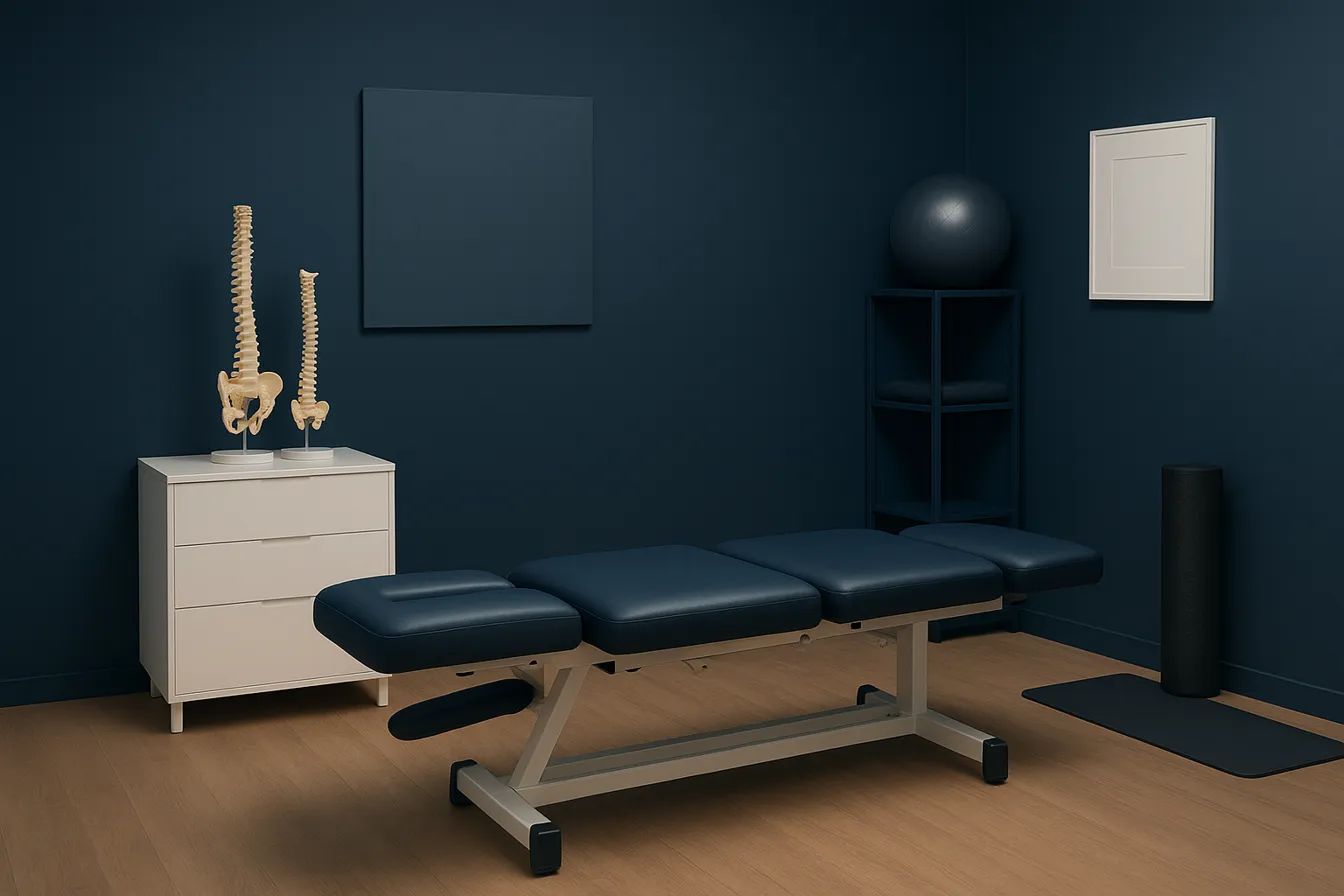
Corrective Exercises That Support Long-Term Relief from Sciatica
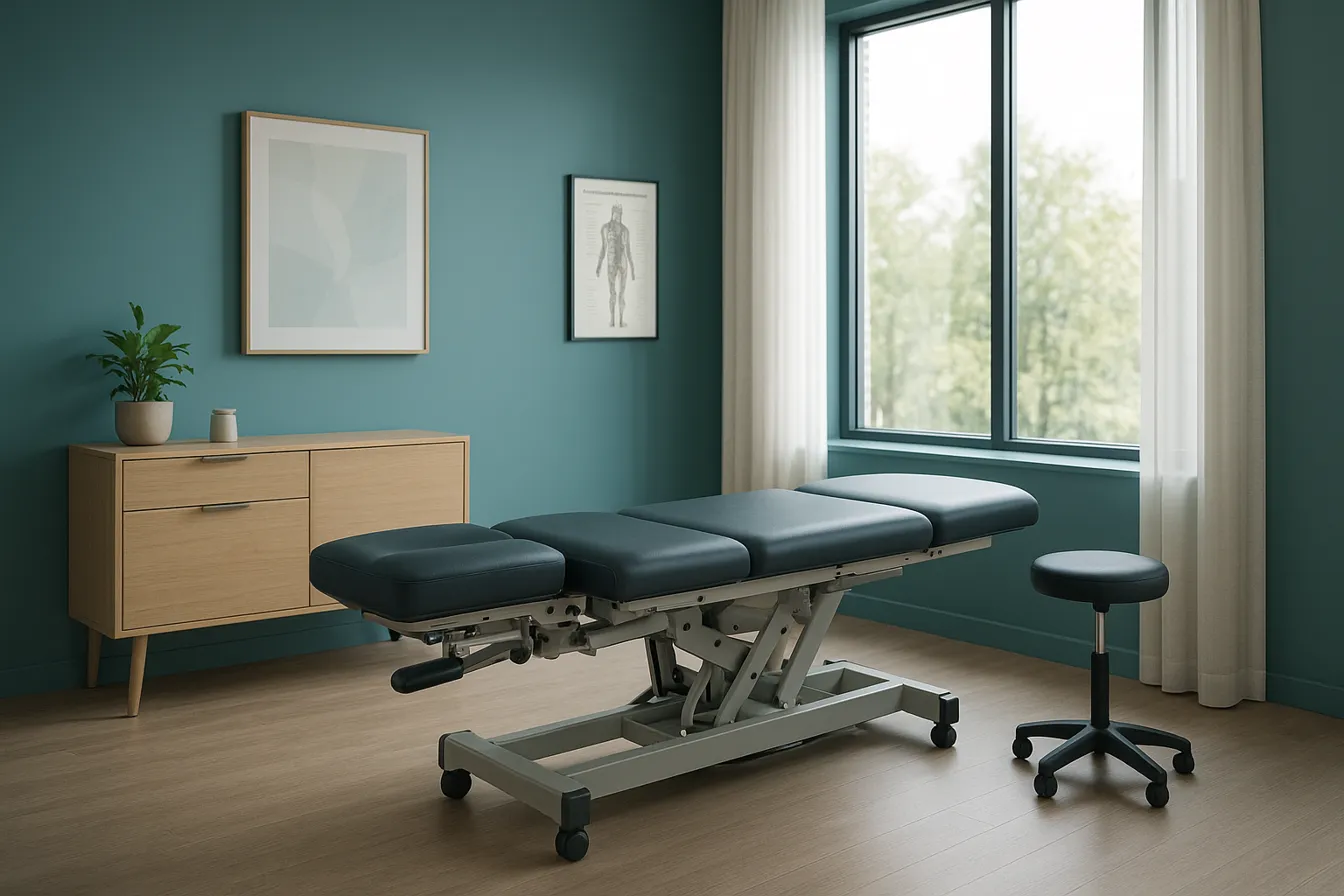
Chiropractic Methods That Provide Lasting Relief from Back Pain
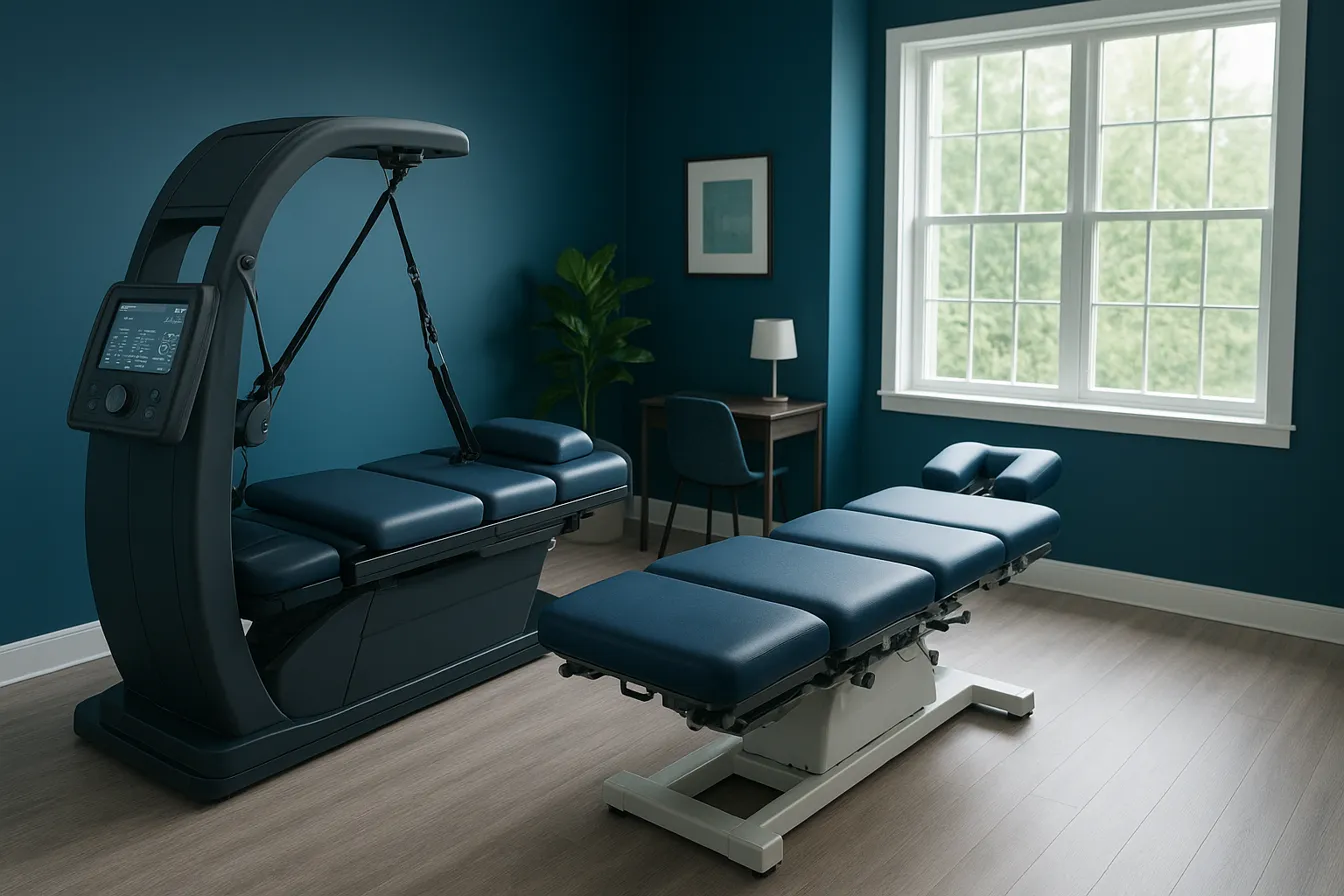
Understanding Spinal Decompression and Its Benefits for Sciatica
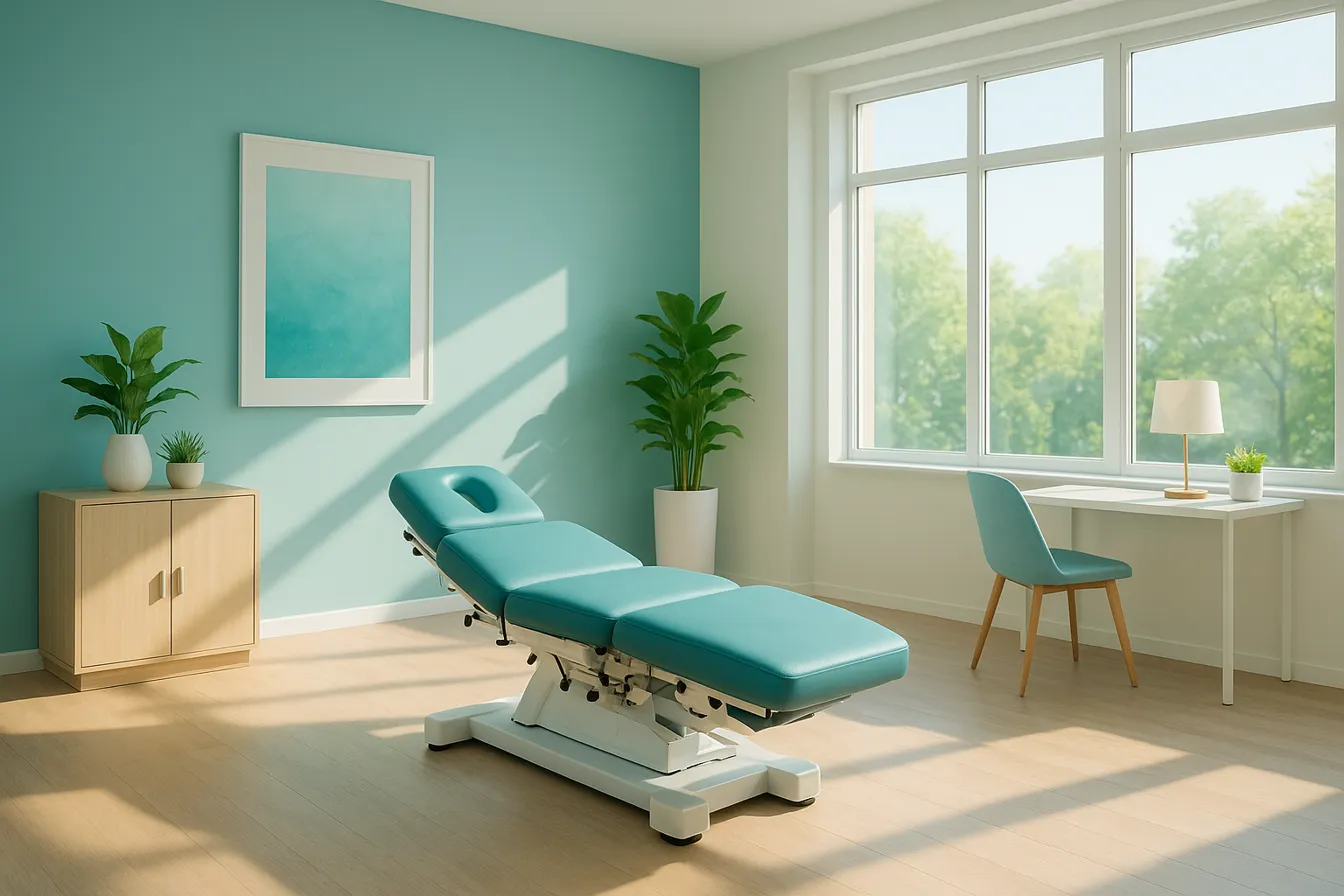
Real Patient Testimonials: Success Stories in Chiropractic Care
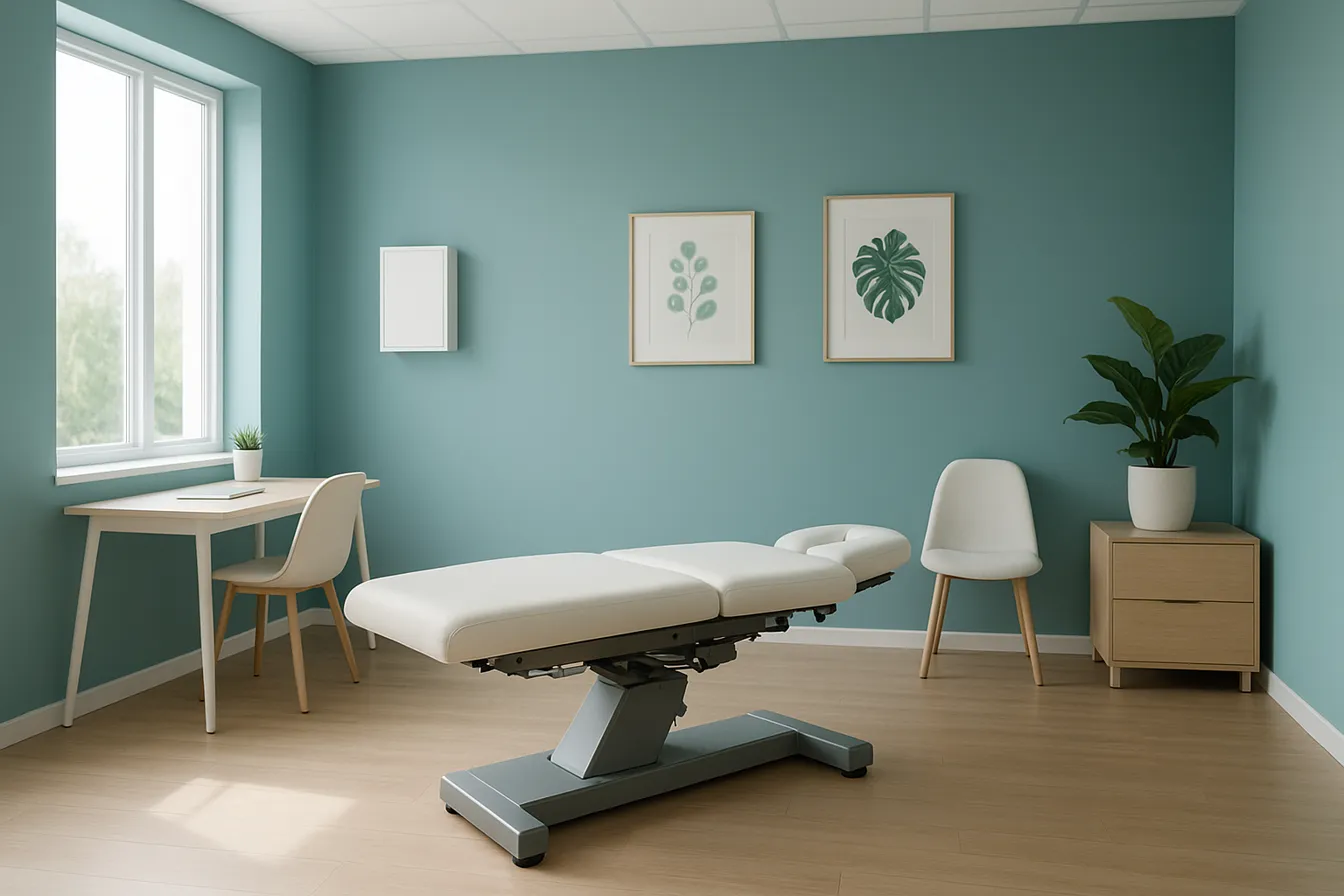
Top Questions to Ask Your Chiropractor During Your Initial Visit
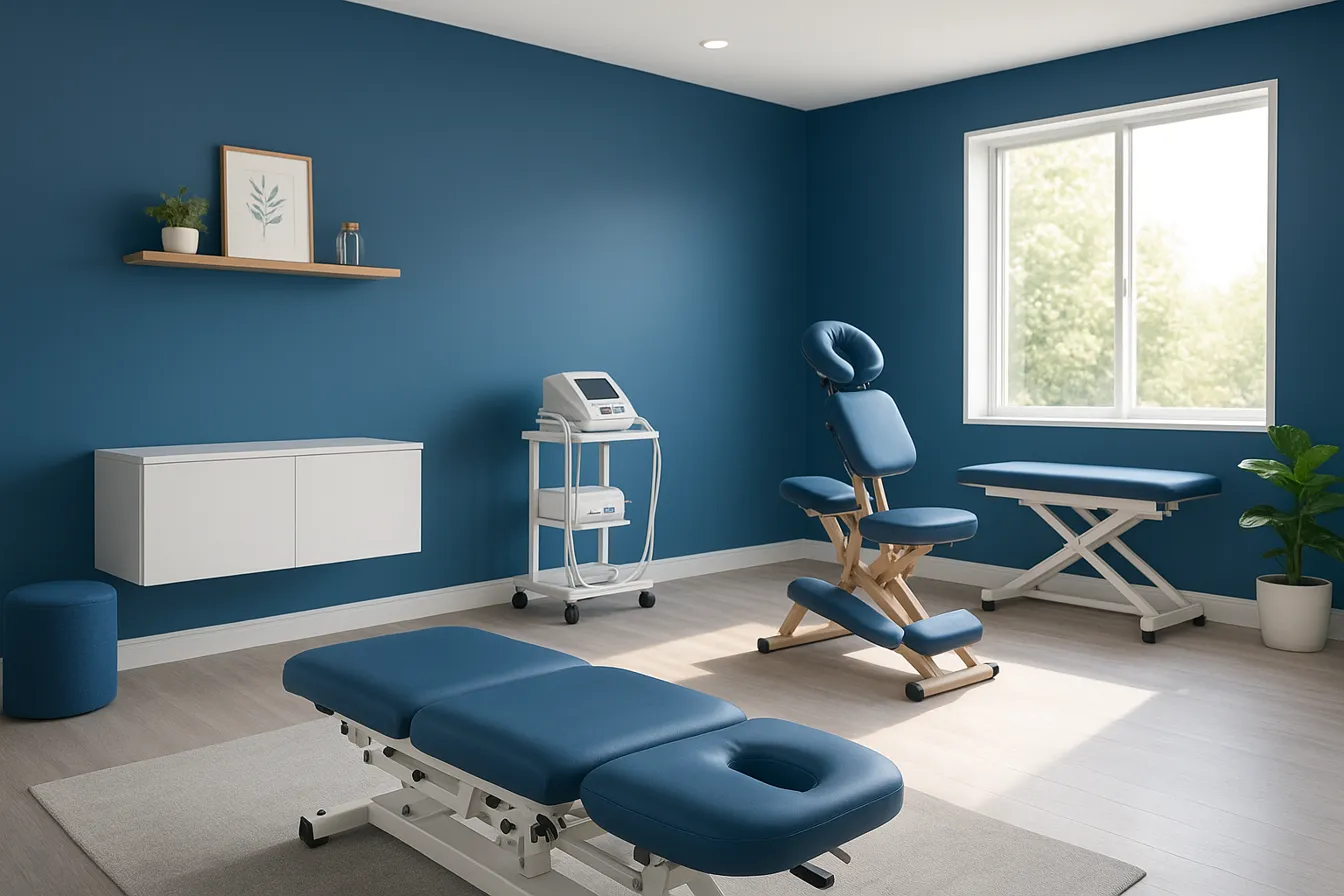
Physiotherapy's Role in Supporting Chiropractic Treatment Plans
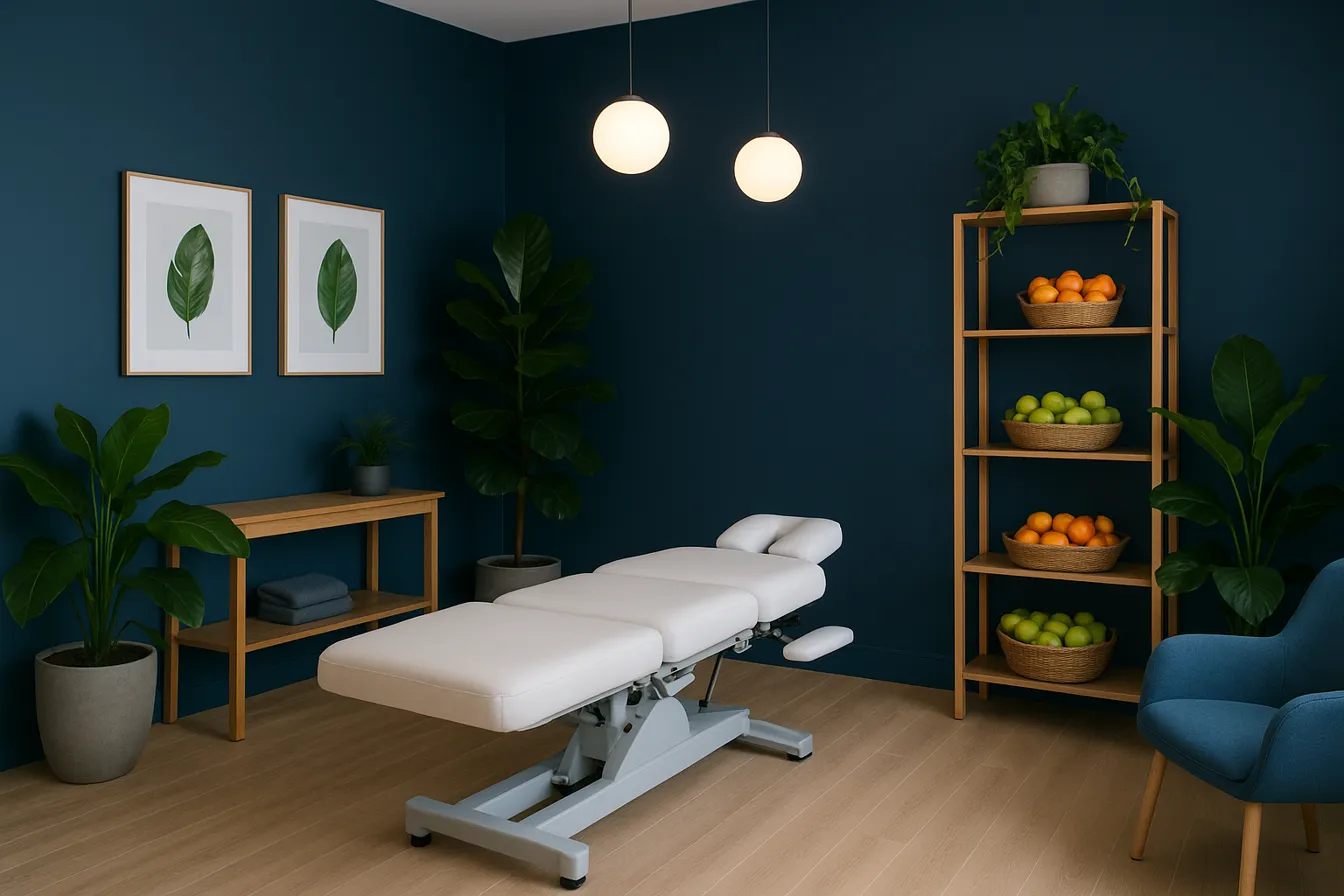
The Role of Diet and Nutrition in Enhancing Wellness and Chiropractic Care

Inspiring Patient Testimonials Highlighting Chiropractic Success
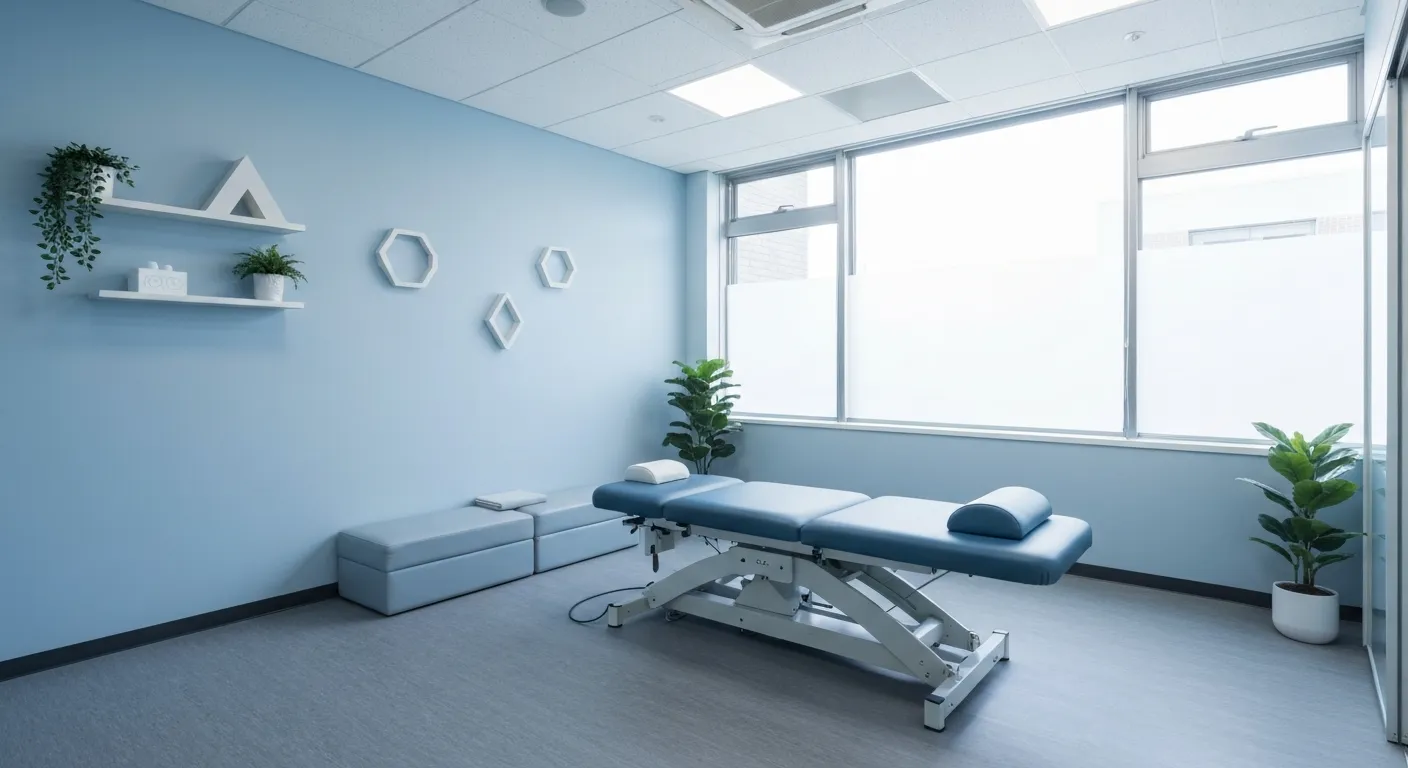
Chiropractic Care: A Natural Solution for Back Pain Relief
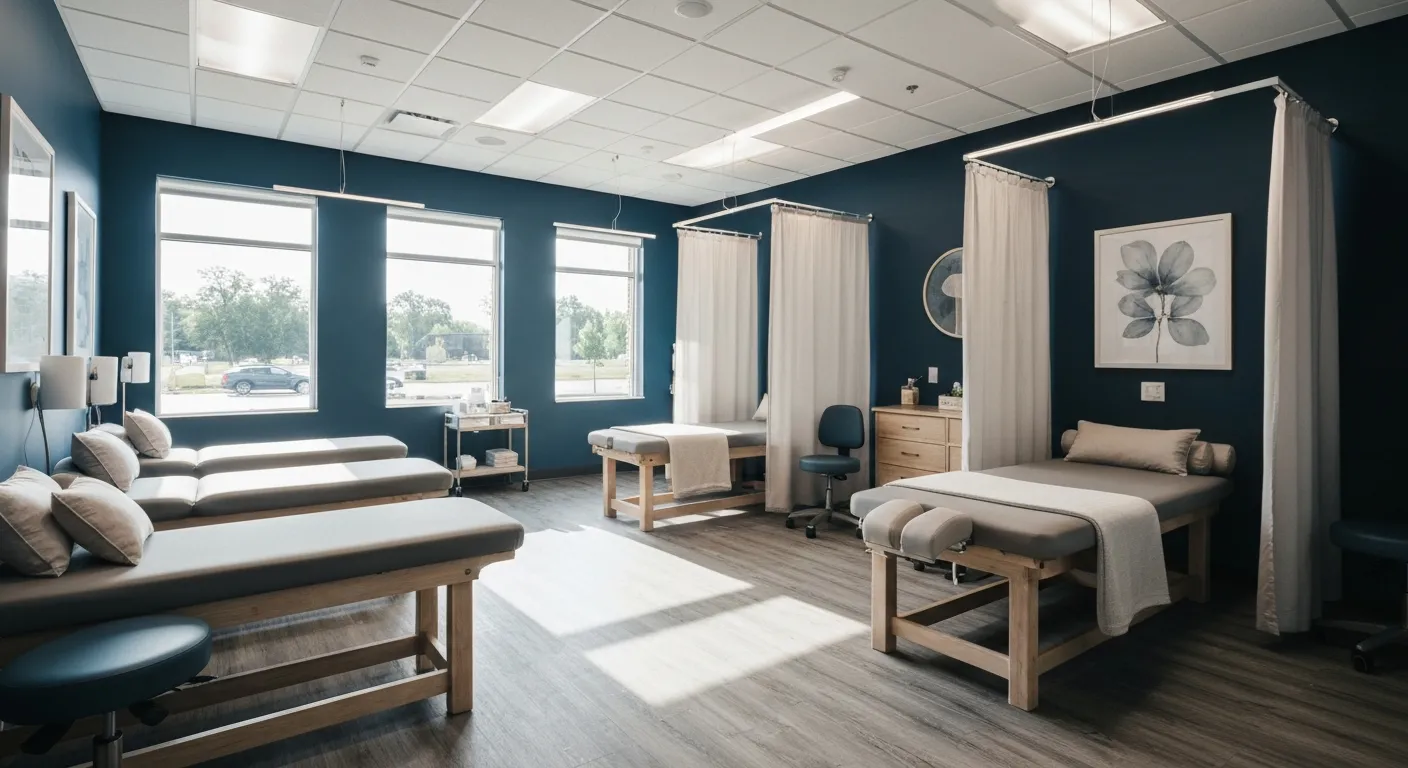
Amazing Patient Success Stories in Chiropractic Wellness
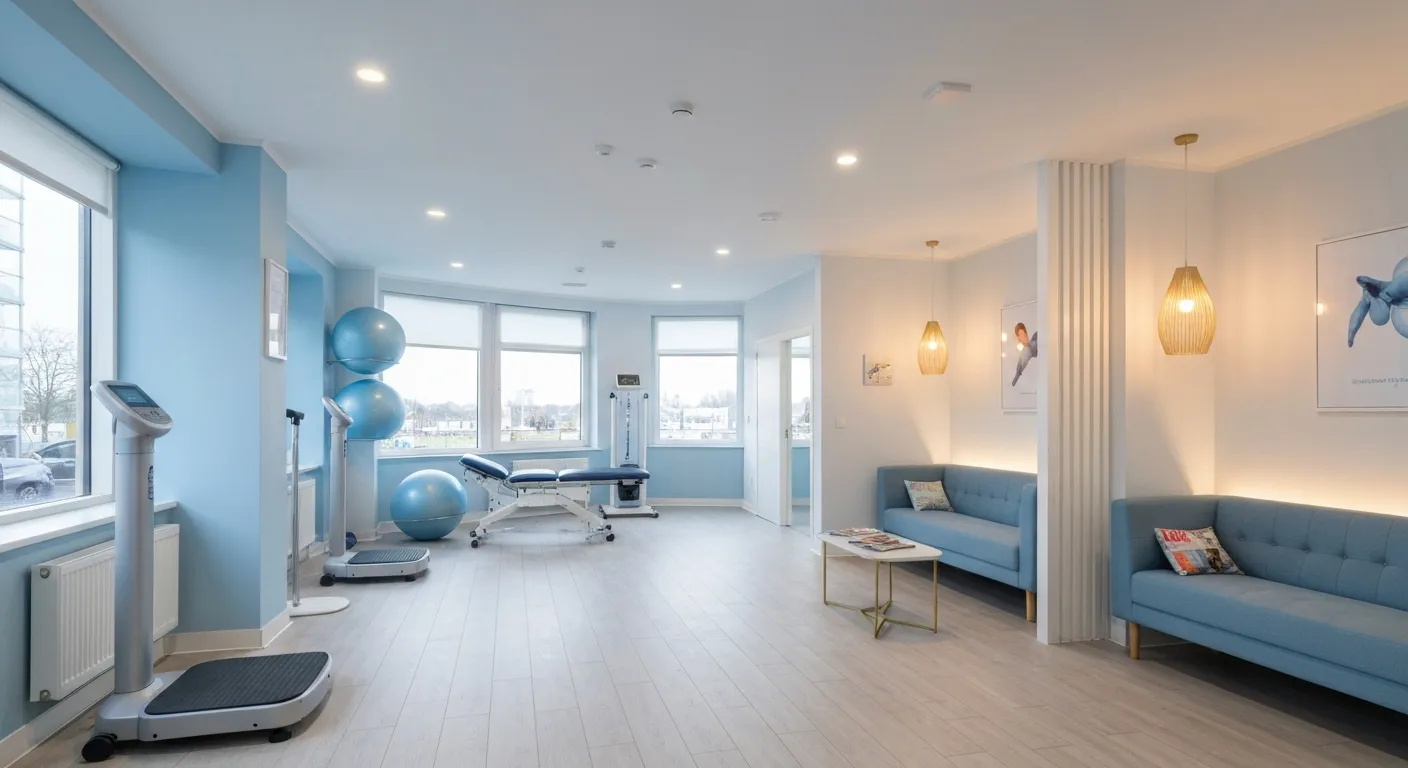
Combining Physiotherapy and Chiropractic for Optimal Healing
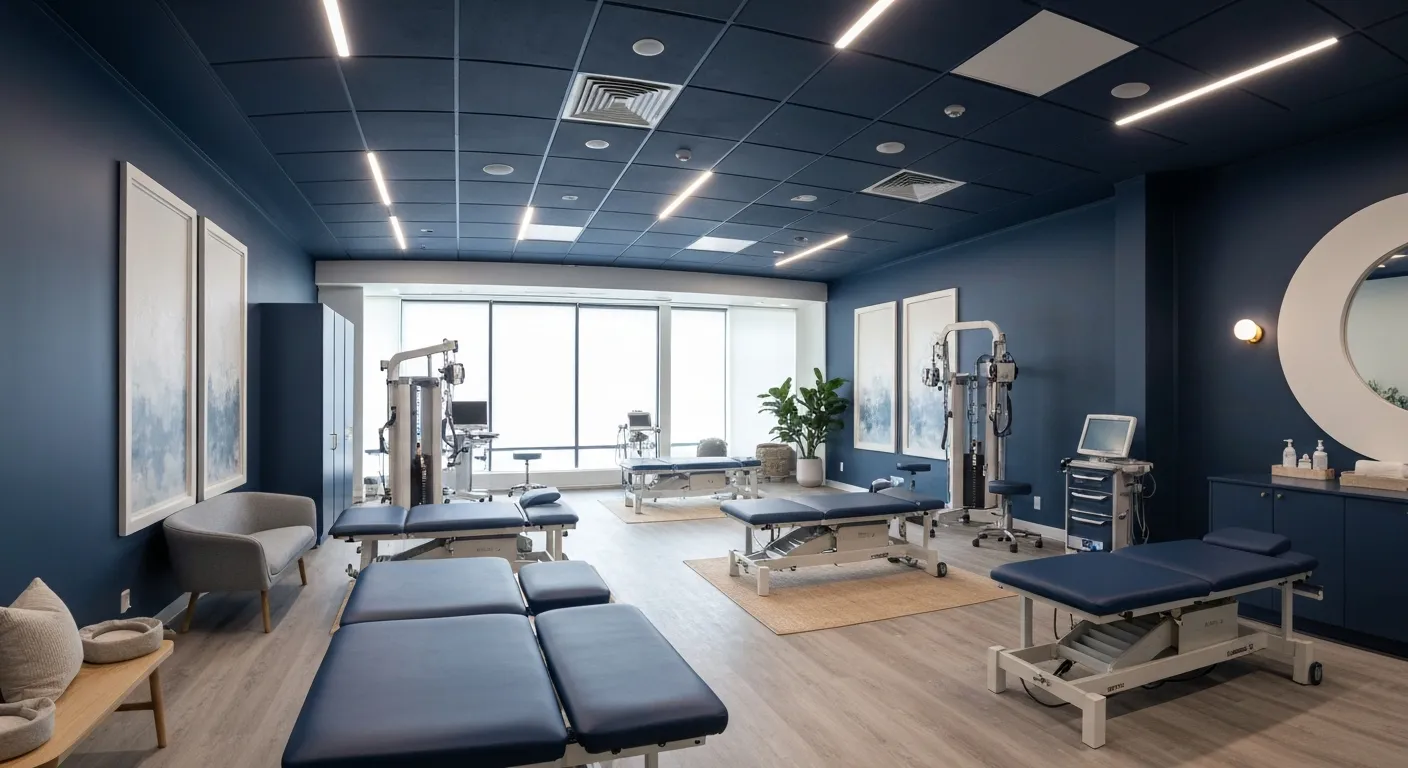
Spinal Decompression Therapy: A Breakthrough for Sciatica Sufferers
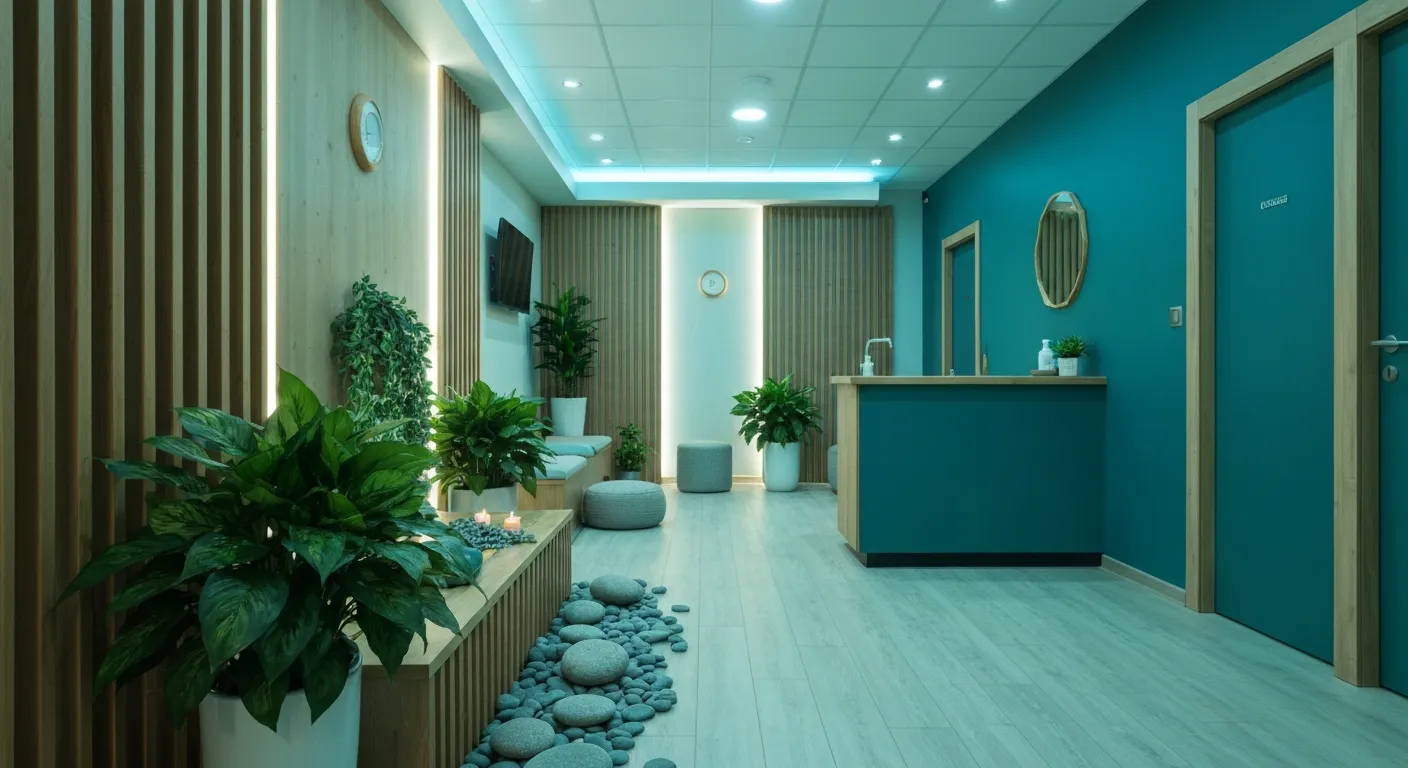
5 Holistic Treatments That Complement Chiropractic Care
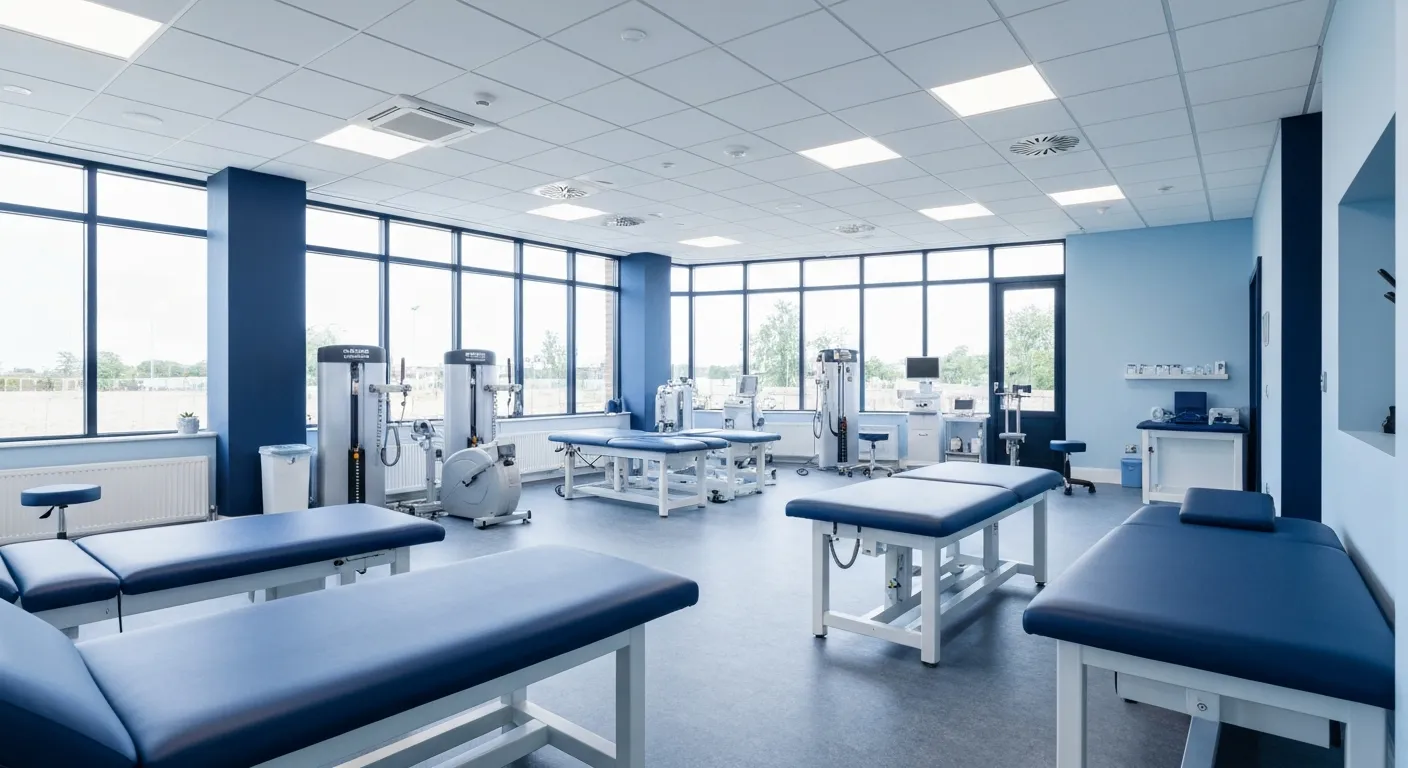
How Physiotherapy Supports and Enhances Chiropractic Treatment
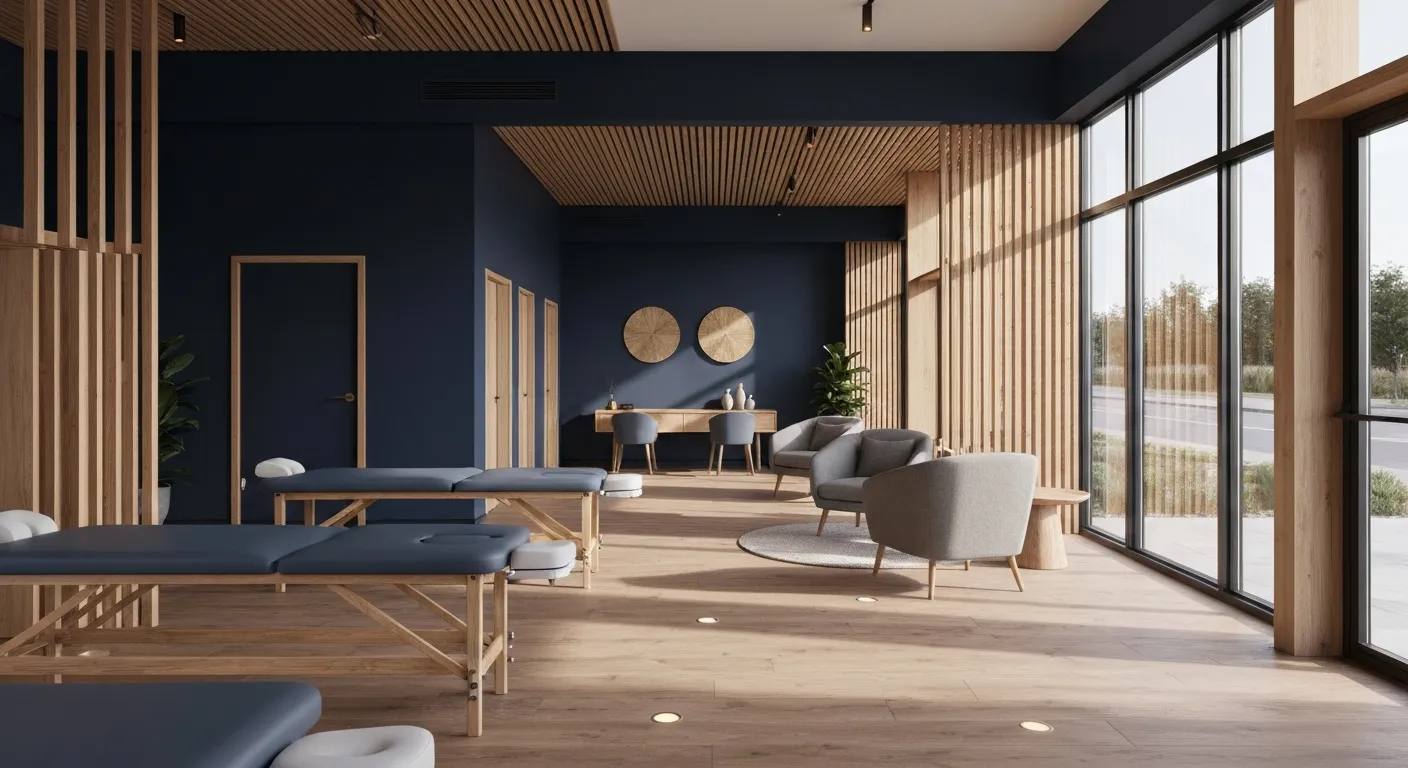
Root Cause Versus Symptom Treatment: Making the Right Choice
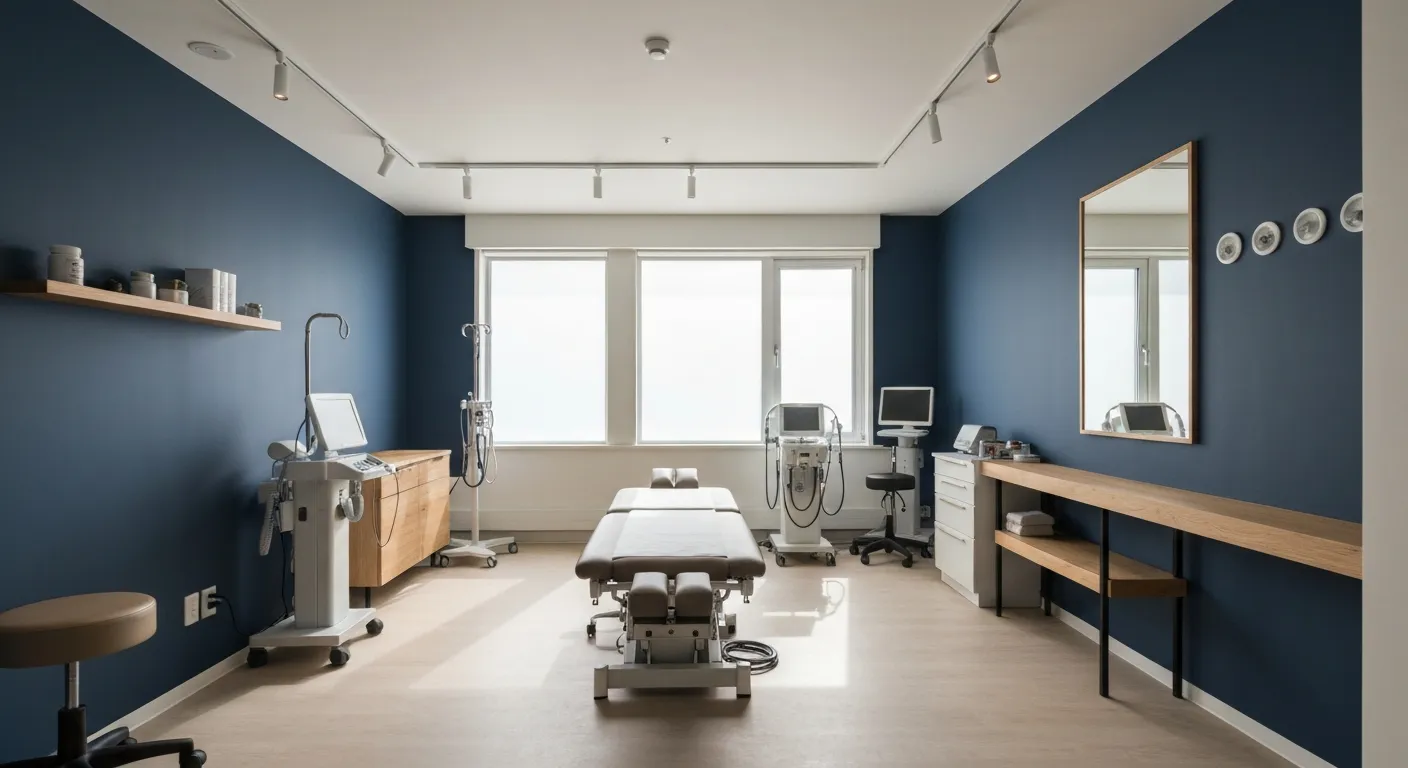
7 Essential Things to Know Before Choosing Your Chiropractor
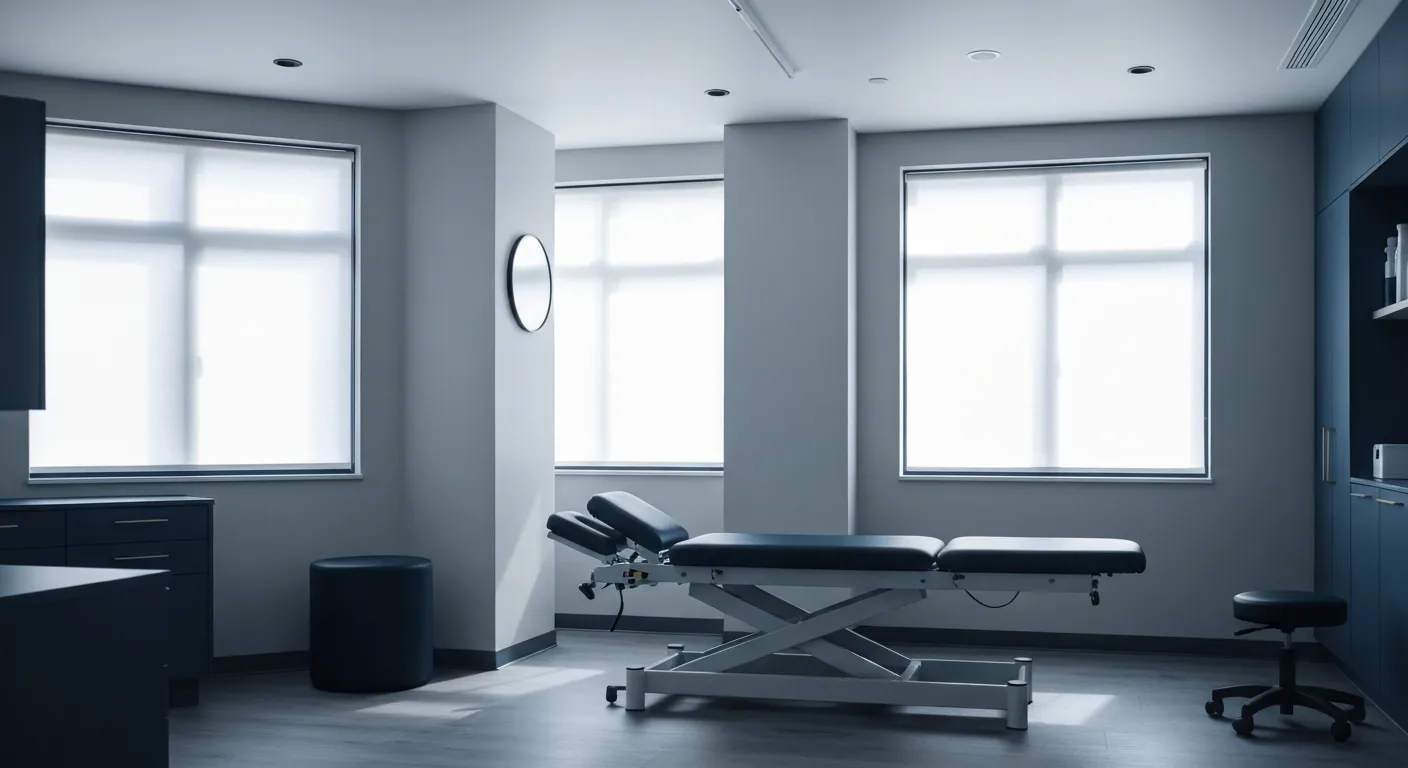
Why Addressing Root Causes of Pain Matters More Than Just Symptoms
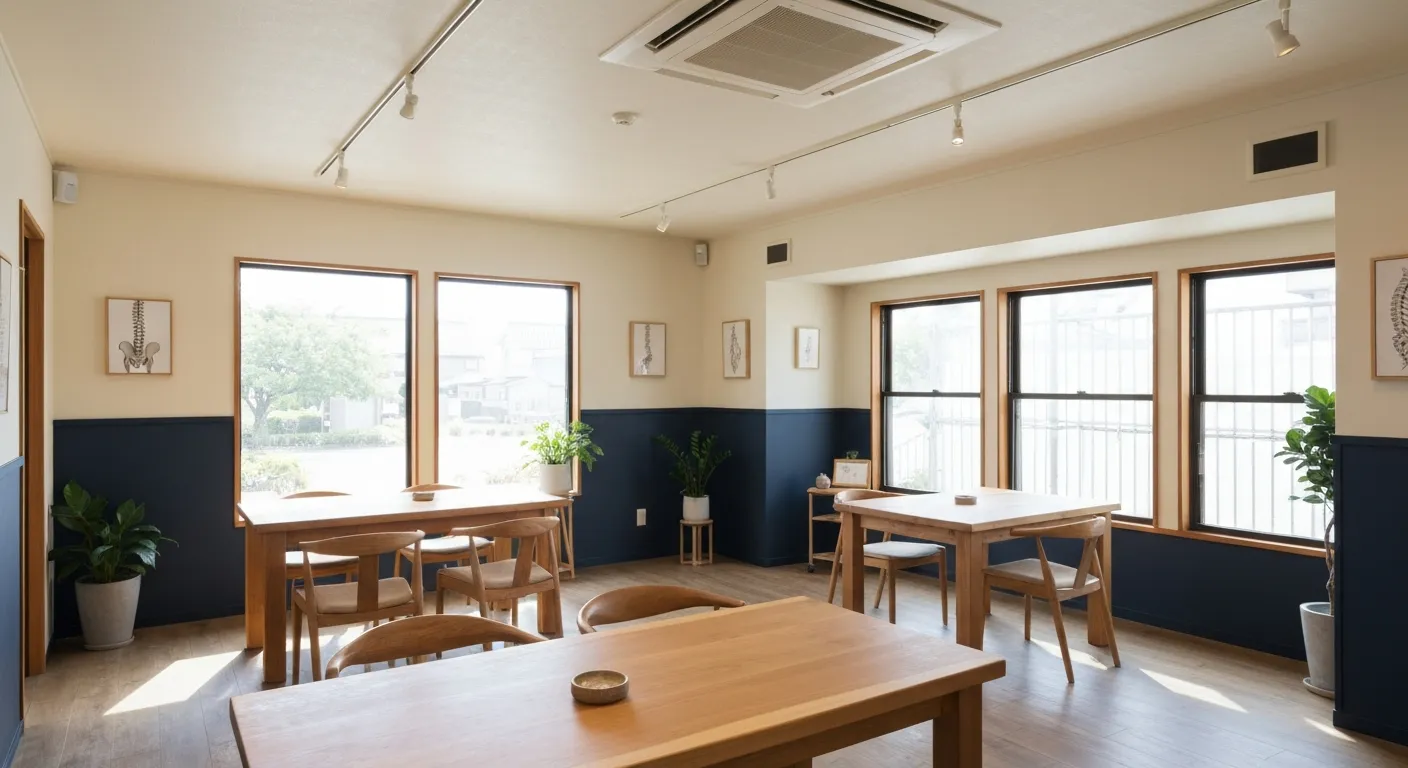
Nutritional Counseling Strategies to Boost Your Overall Wellness
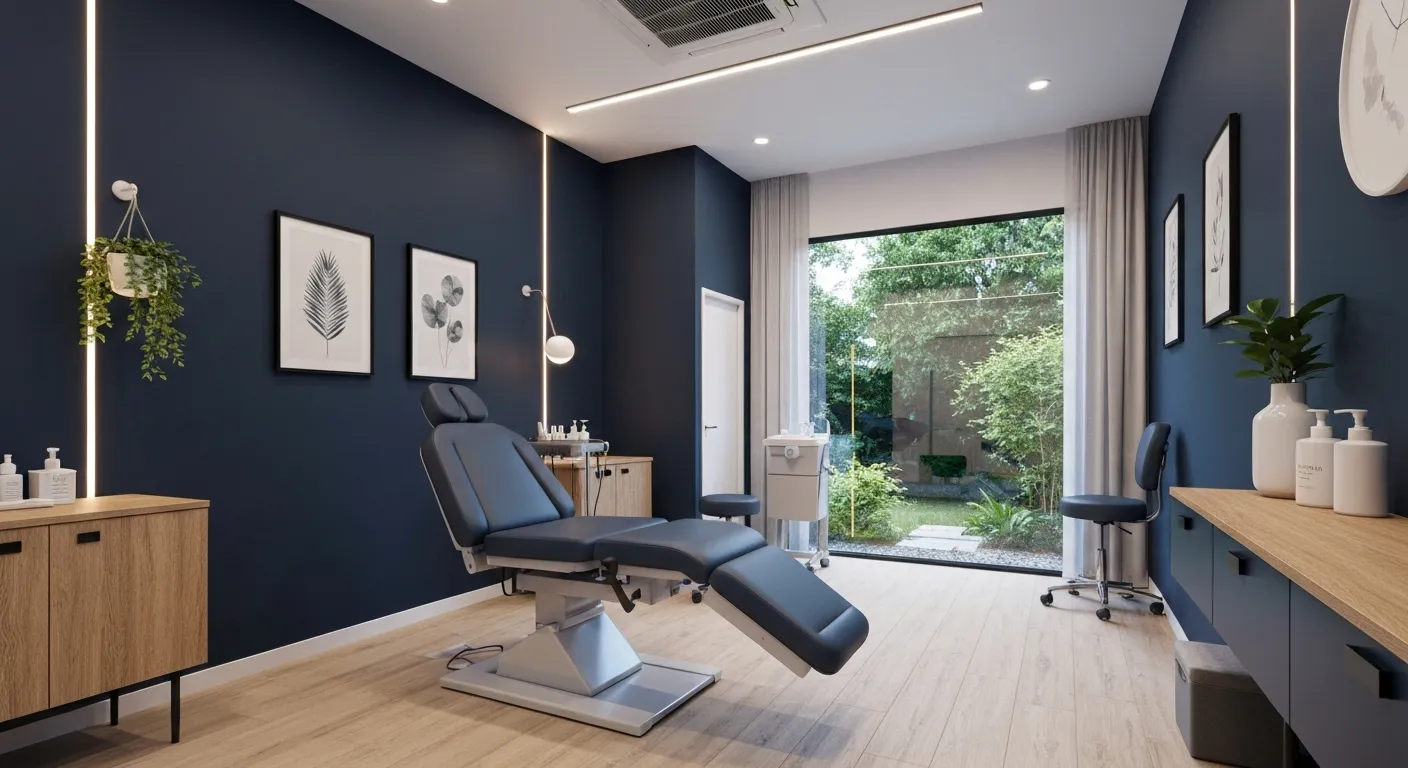
How Spinal Decompression Therapy Alleviates Sciatic Nerve Pain
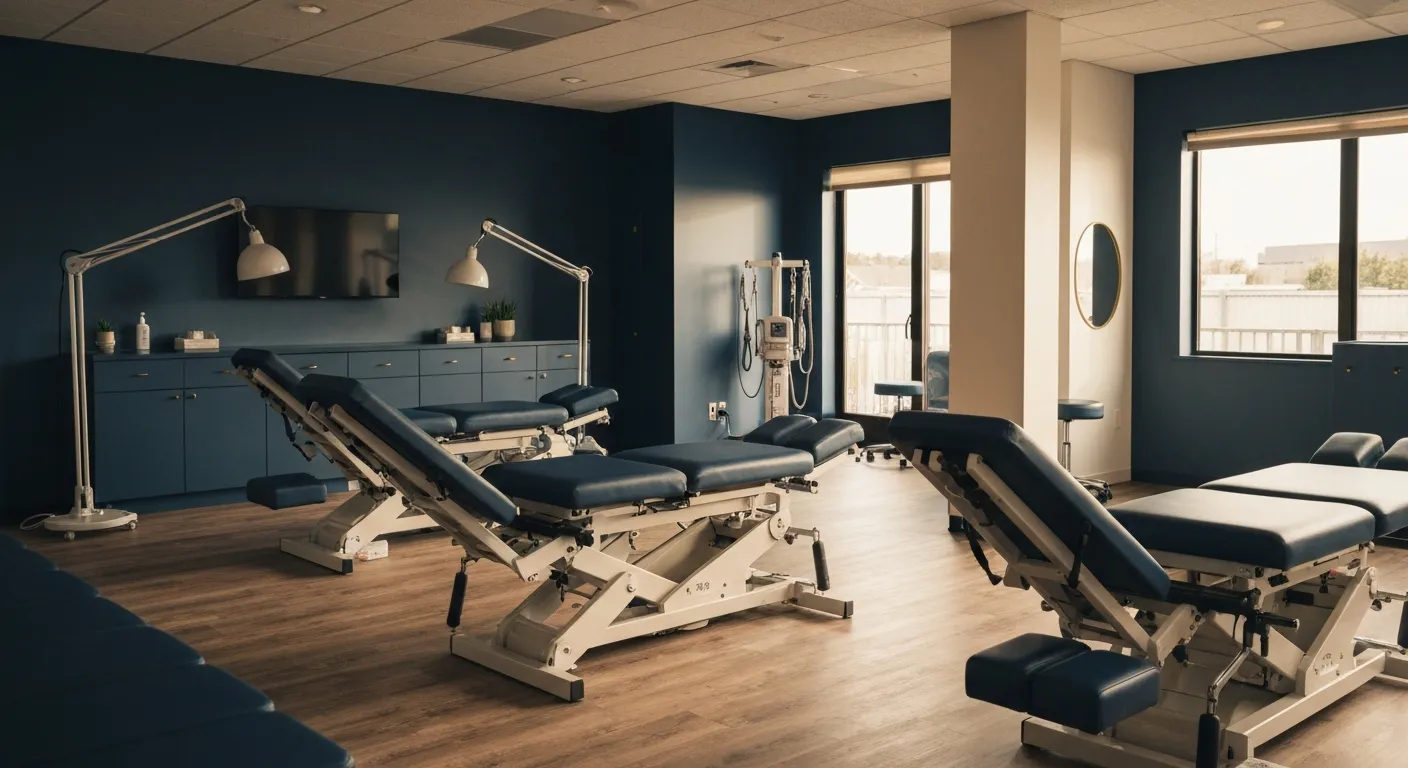
Long-Term Pain Relief Through Targeted Corrective Exercises

10 Benefits of Integrating Physiotherapy with Chiropractic Treatments

Corrective Exercises That Help Prevent Recurring Pain

8 Corrective Exercises Proven for Lasting Pain Relief
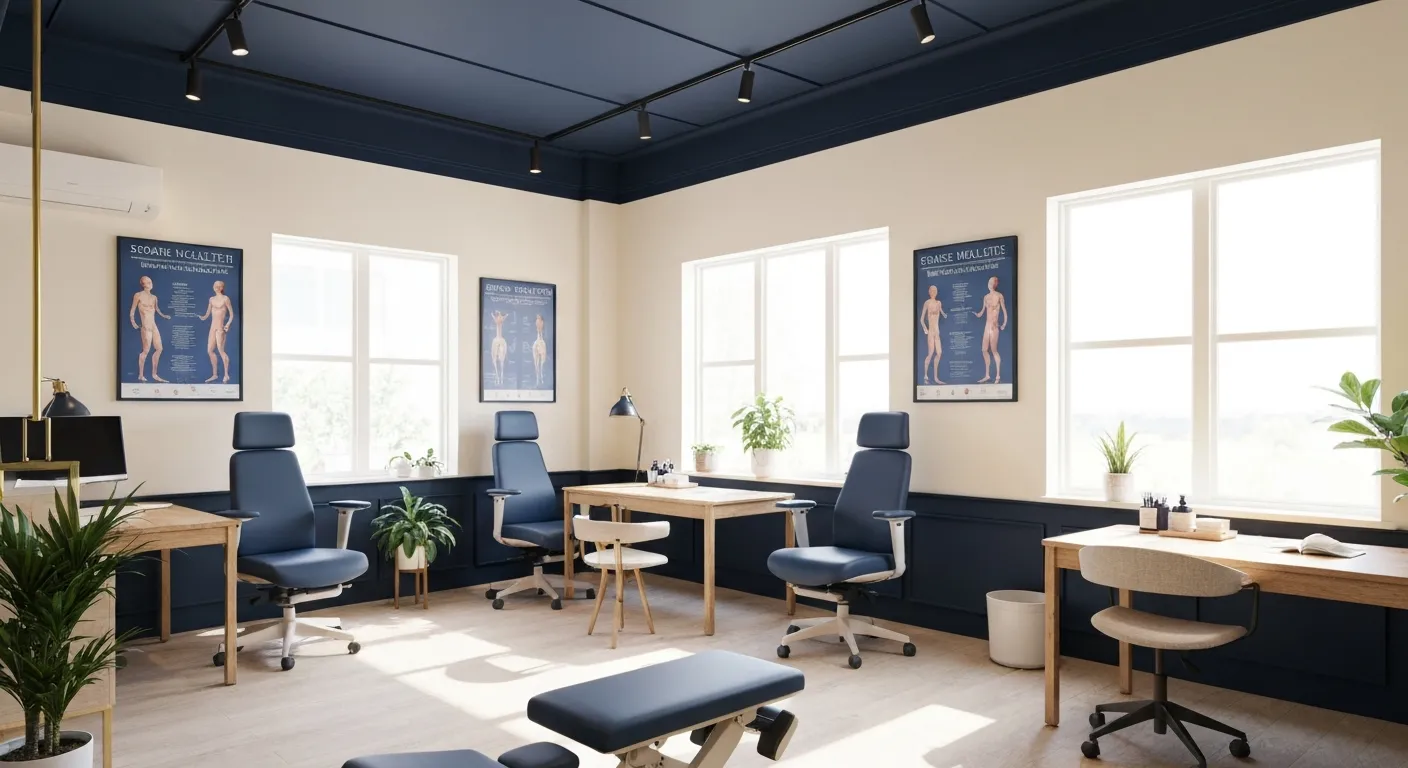
Lifestyle Habits for Maintaining a Healthy Spine

What You Will Experience at Your Initial Chiropractic Visit

What Happens at Your First Visit to a Chiropractor?
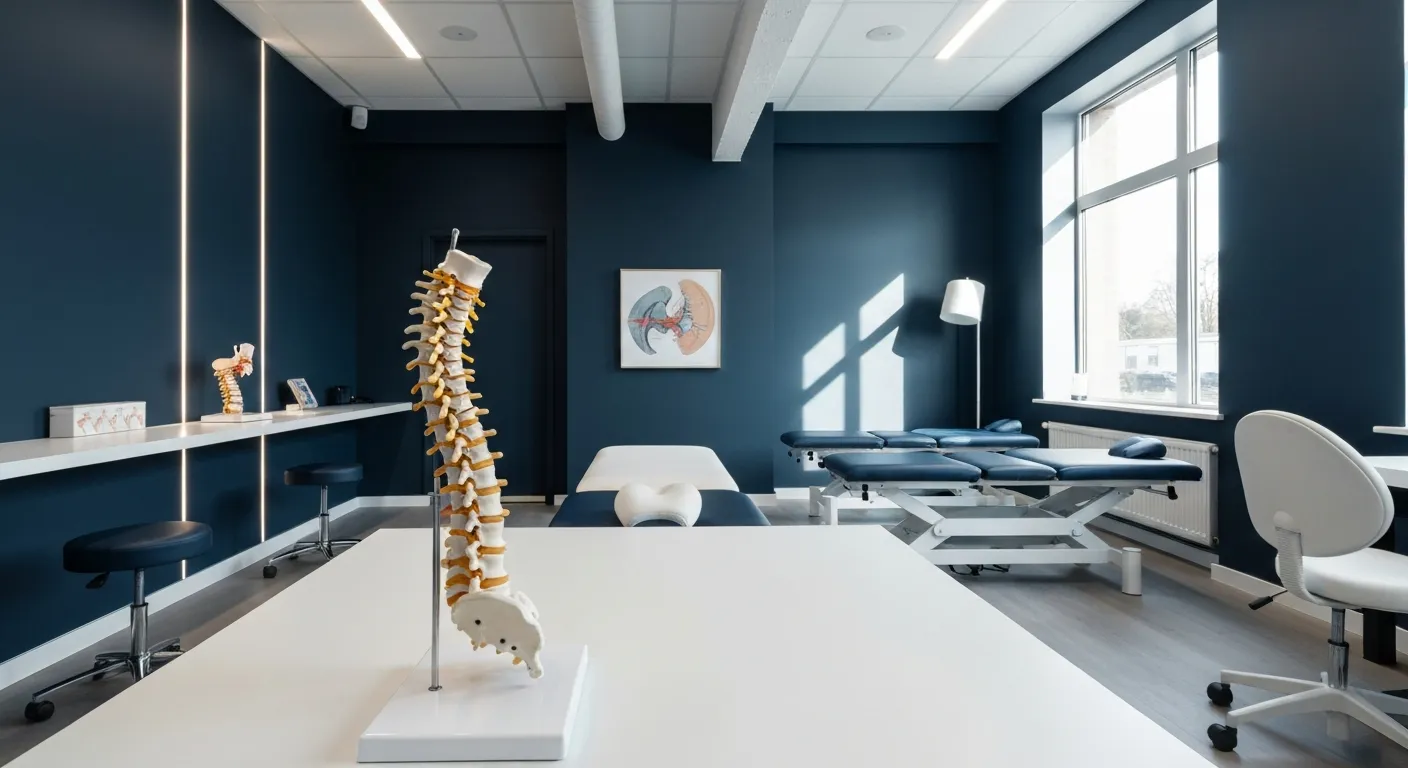
Focusing on Root Cause Analysis for Effective Pain Relief
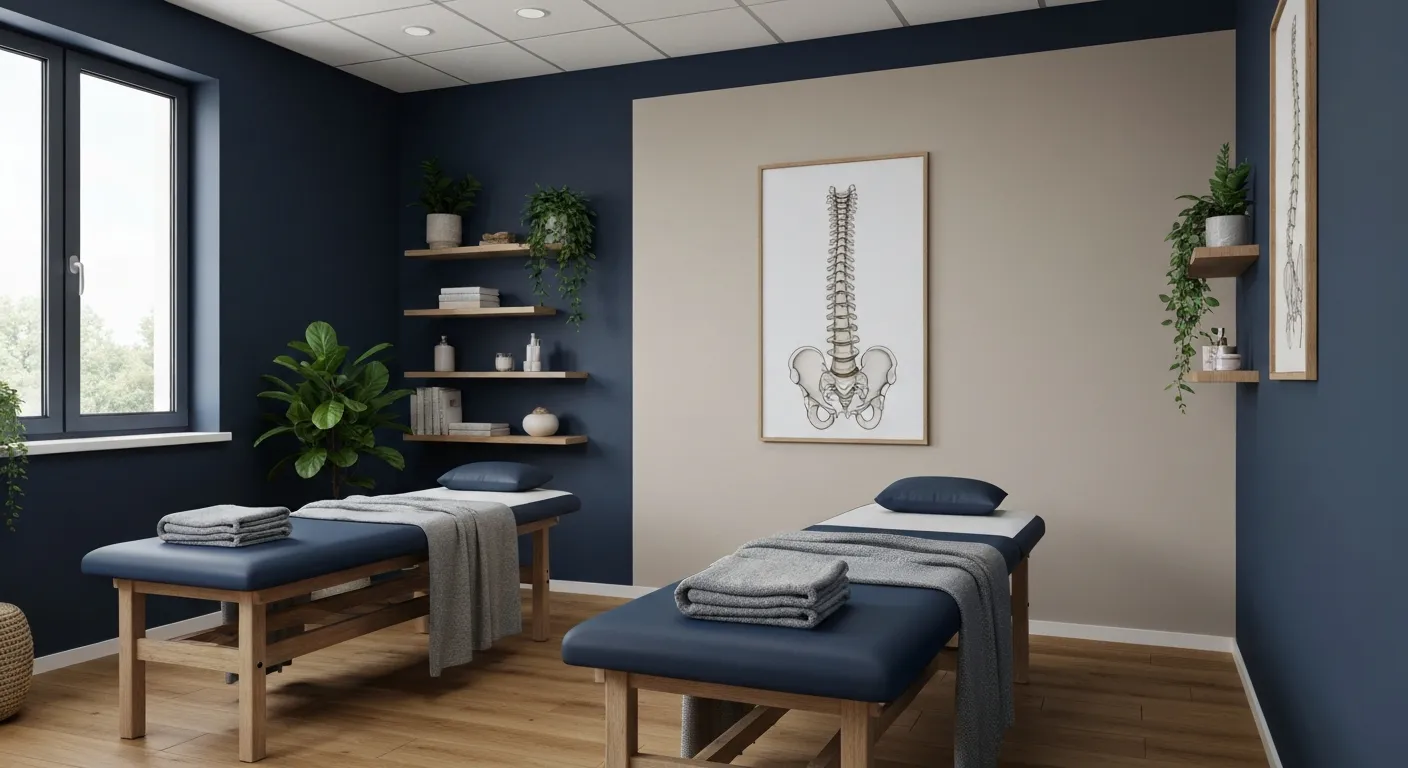
Tips for Lifestyle Changes to Support Spinal Health

Tips for Lifestyle Changes to Support Spinal Health

Holistic Treatment Plans: Alternatives to Surgery for Chronic Pain

Enhance Wellness Through Personalized Nutritional Counseling

Non-Invasive Pain Relief: Exploring Holistic Treatment Alternatives

Sciatica Relief Through Targeted Spinal Decompression

Integrating Physiotherapy with Chiropractic Treatments for Better Results
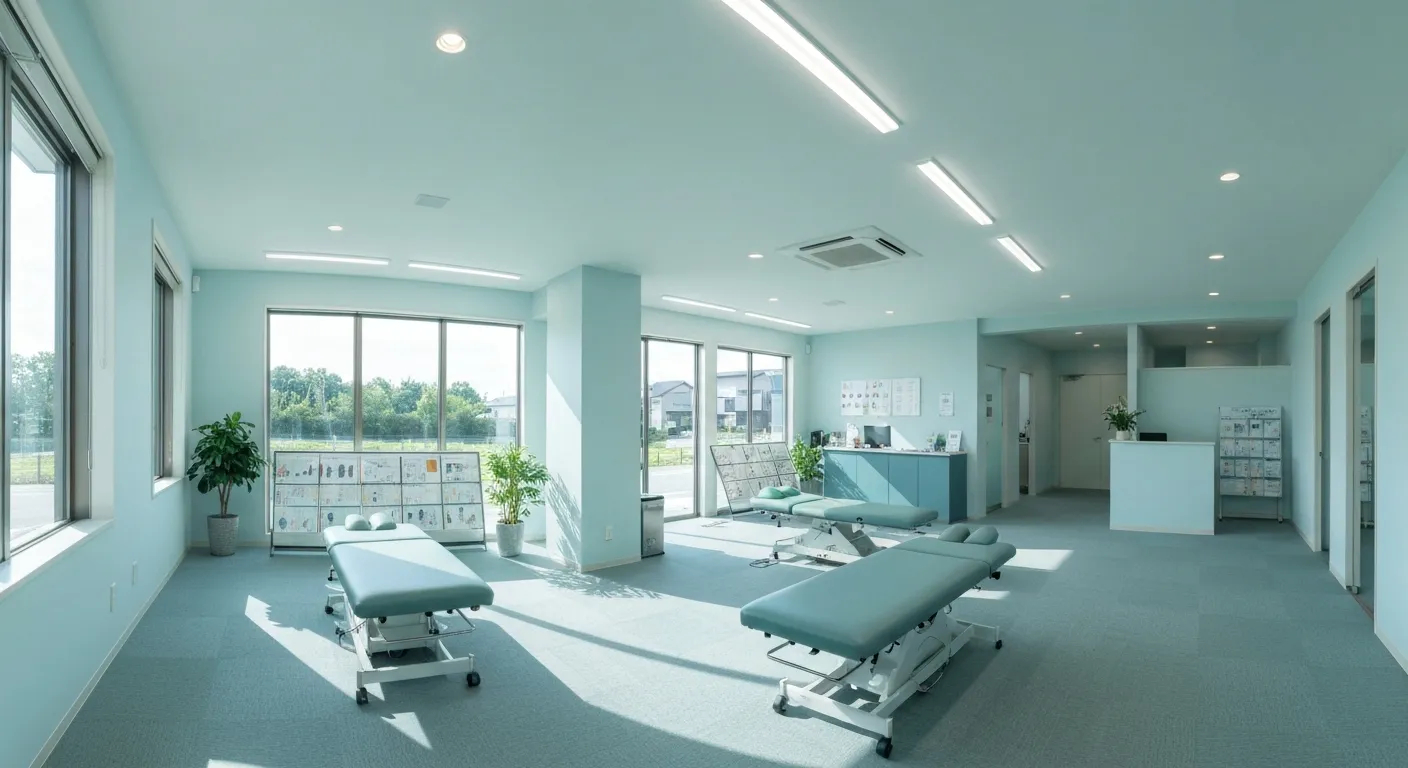
Testimonials That Demonstrate the Benefits of Chiropractic Care
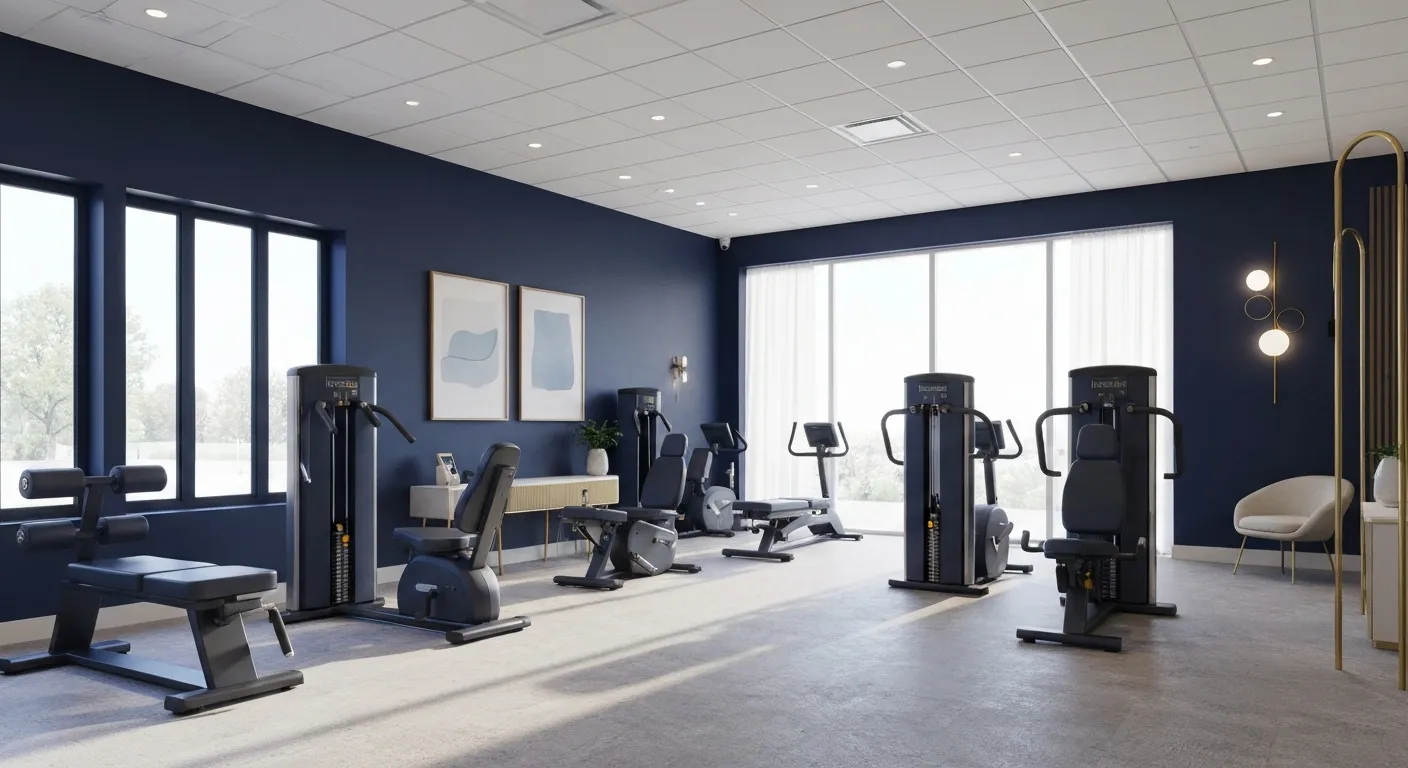
The Power of Corrective Exercises in Pain Management
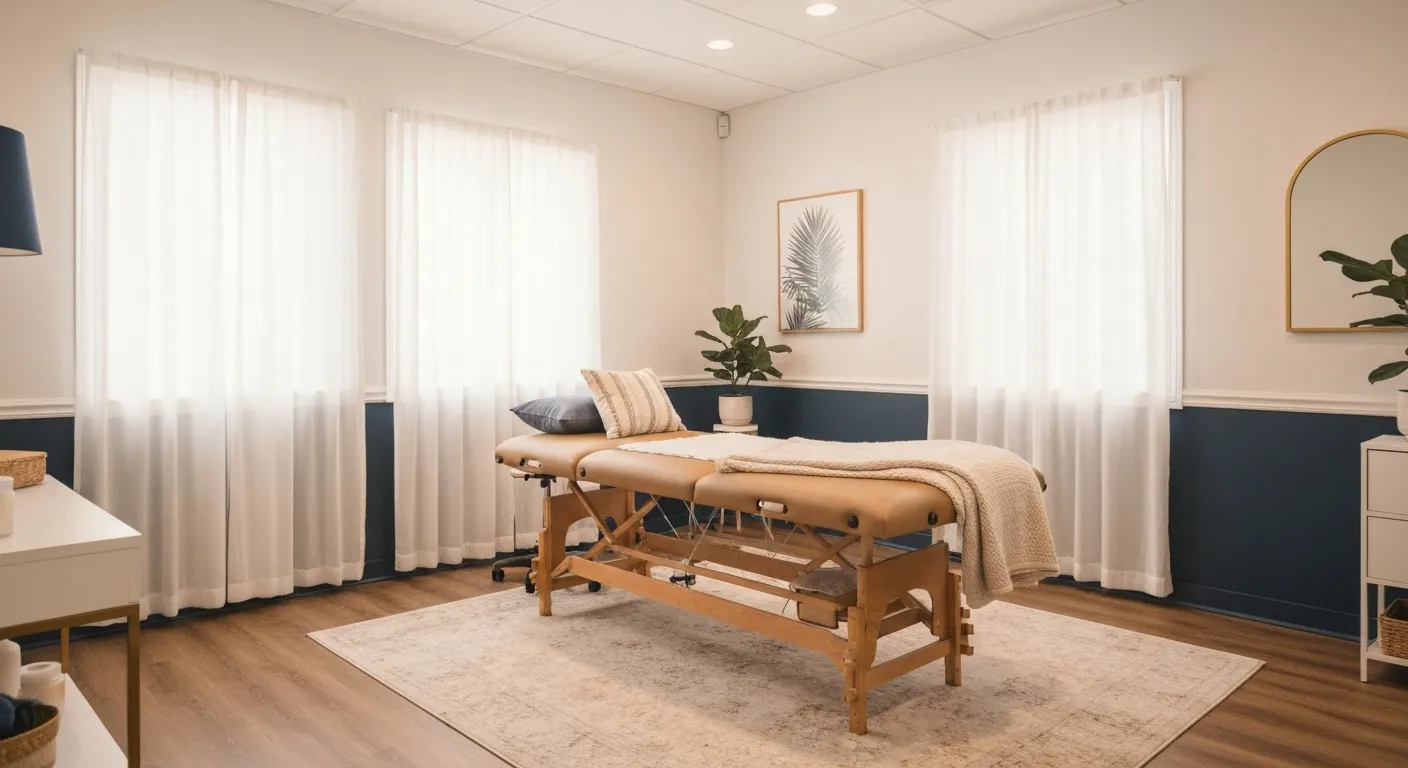
A Step-by-Step Guide to Your Initial Chiropractic Consultation

9 Nutritional Tips to Enhance Your Chiropractic Wellness Journey

Patient Experiences: How Chiropractic Care Changed Their Lives

Lifestyle Recommendations to Keep Your Spine in Top Shape

Effective Corrective Exercises for Long-Term Pain Relief
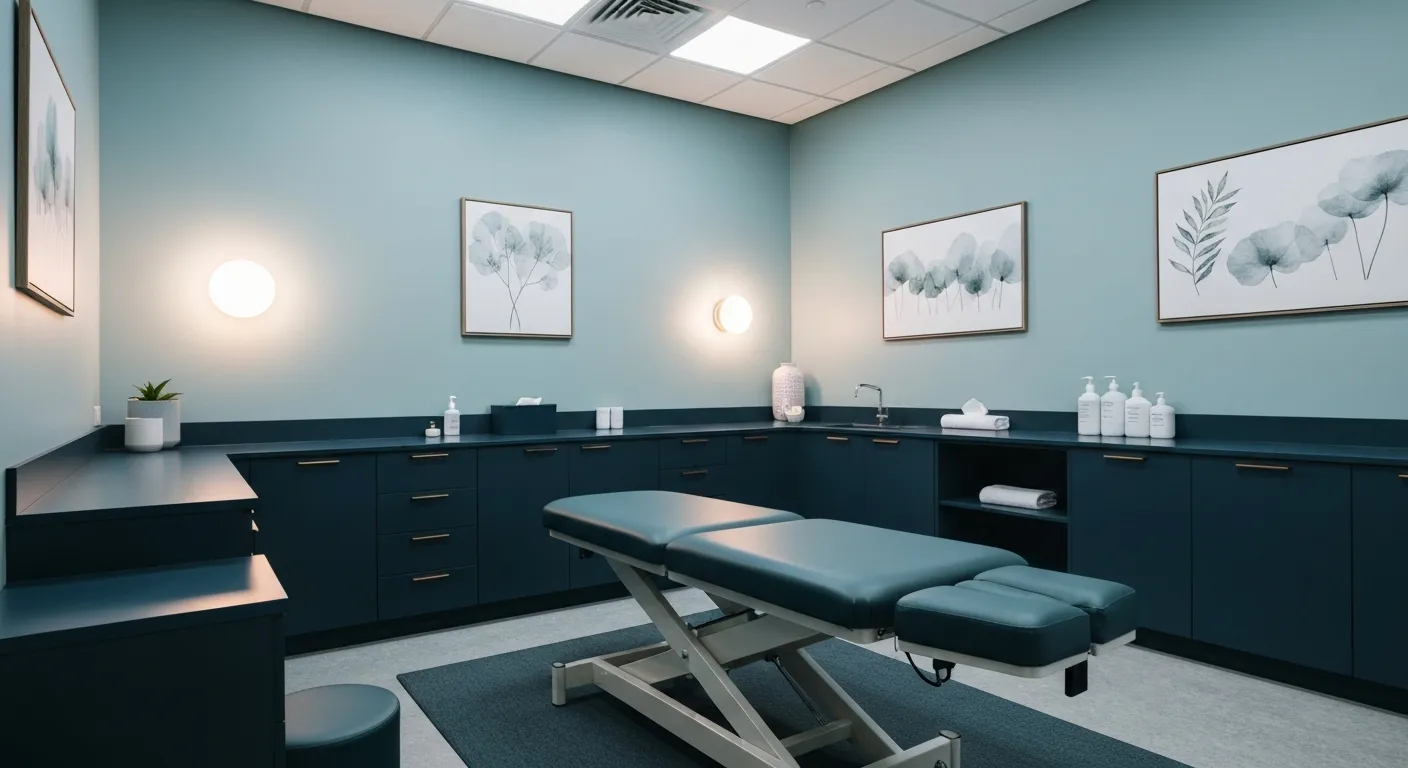
Back Pain Benefits: What Chiropractic Care Can Do for You
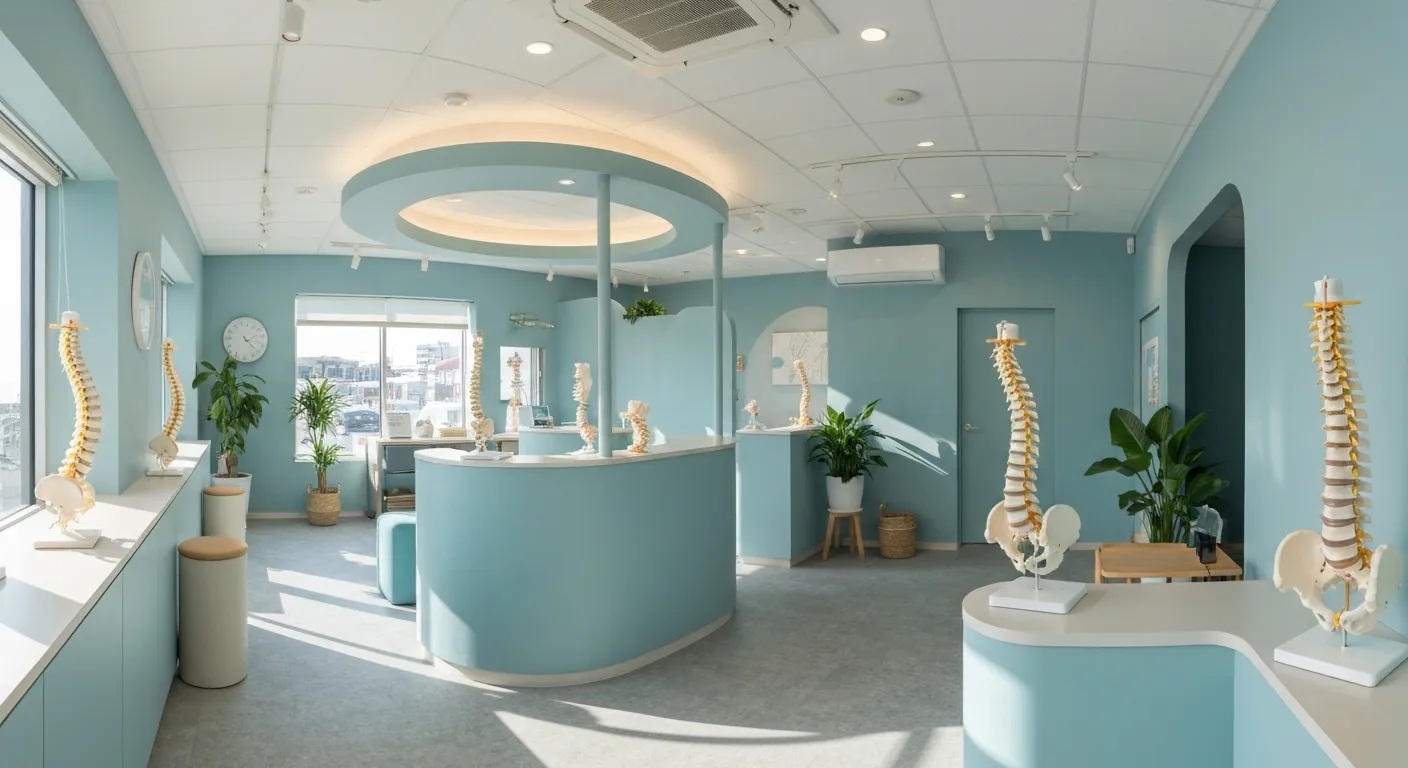
Spinal Decompression Techniques for Effective Sciatica Relief
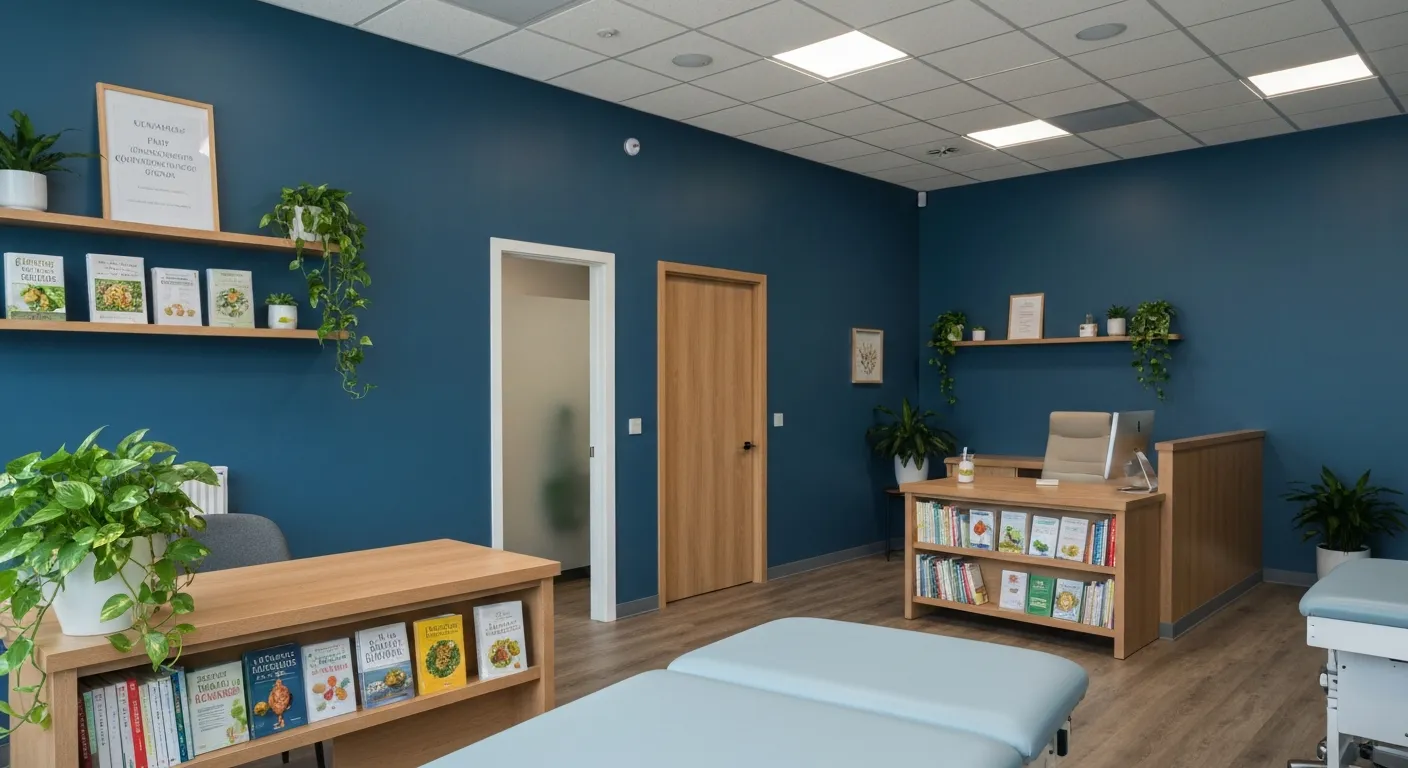
Top Nutritional Counseling Tips for Enhanced Wellness
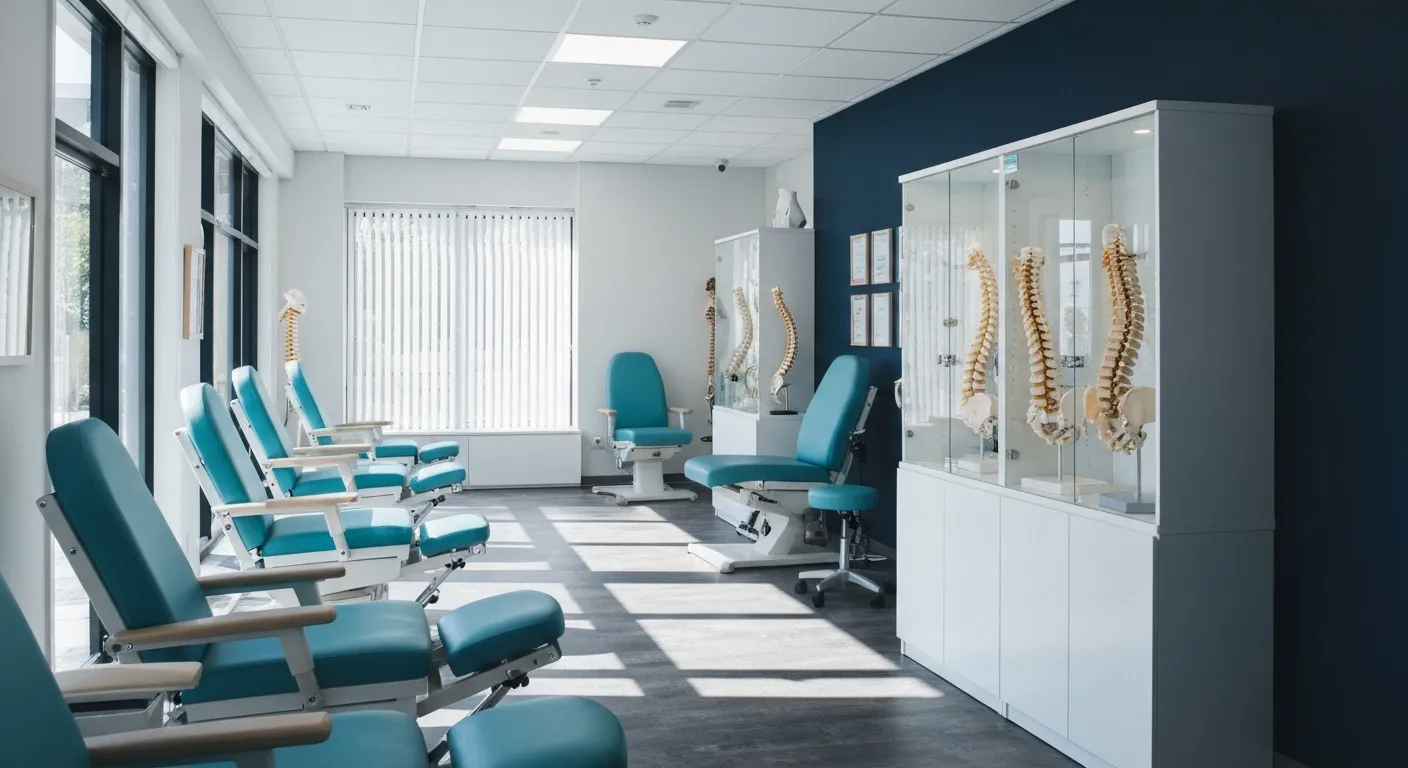
6 Lifestyle Habits That Boost Spine Health Daily
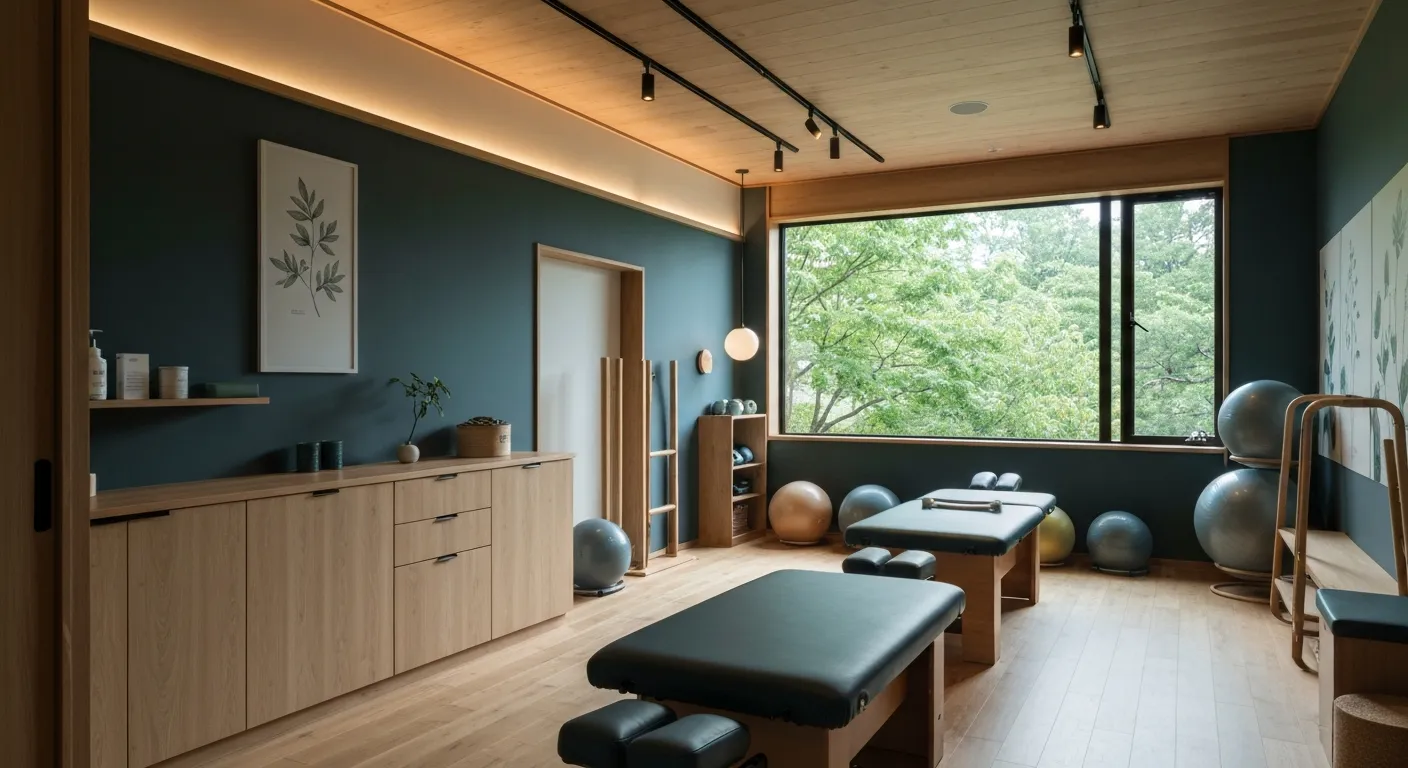
Discover Holistic and Non-Surgical Pain Relief Solutions
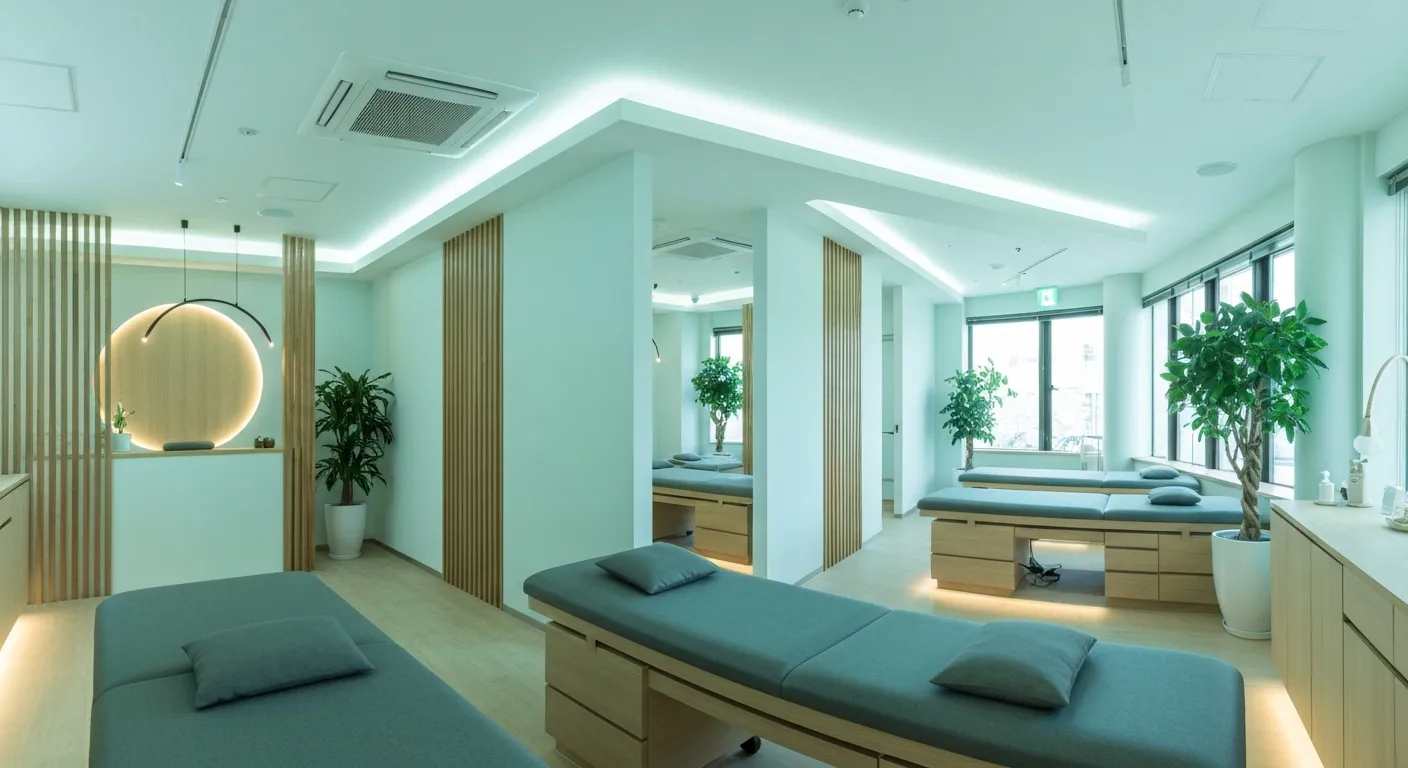
Exploring Holistic and Non-Surgical Treatment Options for Pain
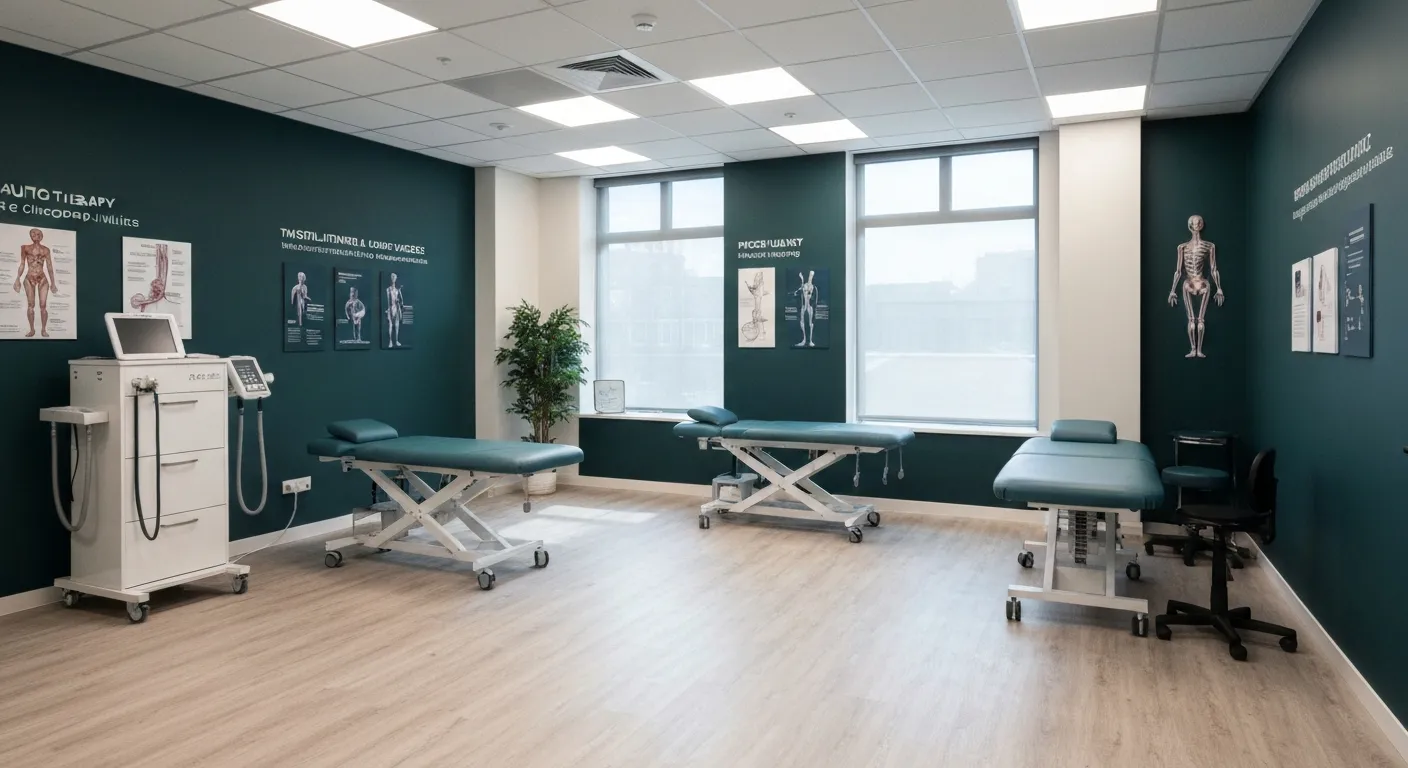
The Role of Physiotherapy in Enhancing Chiropractic Care Outcomes

Complementing Chiropractic Care with Physiotherapy: What You Need to Know
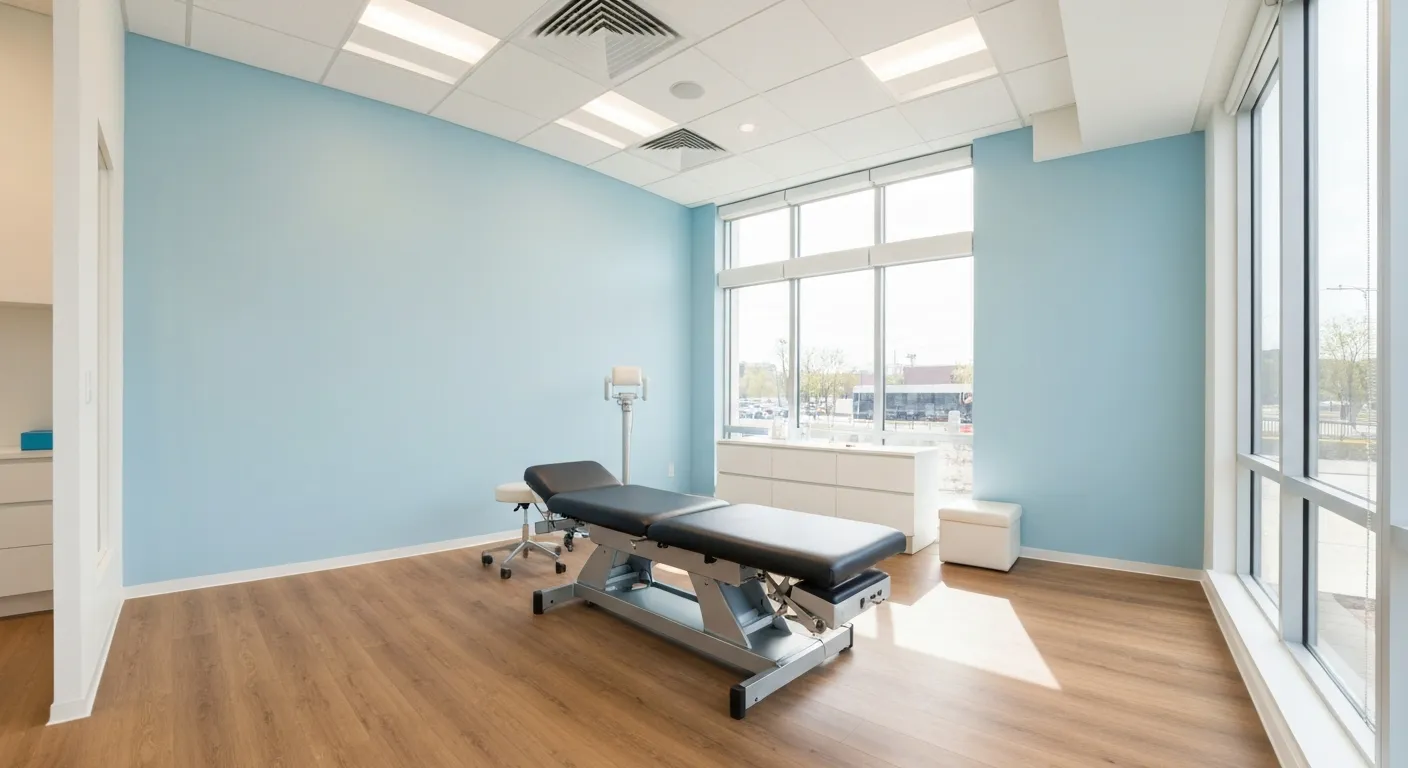
What to Expect During Your First Chiropractic Visit
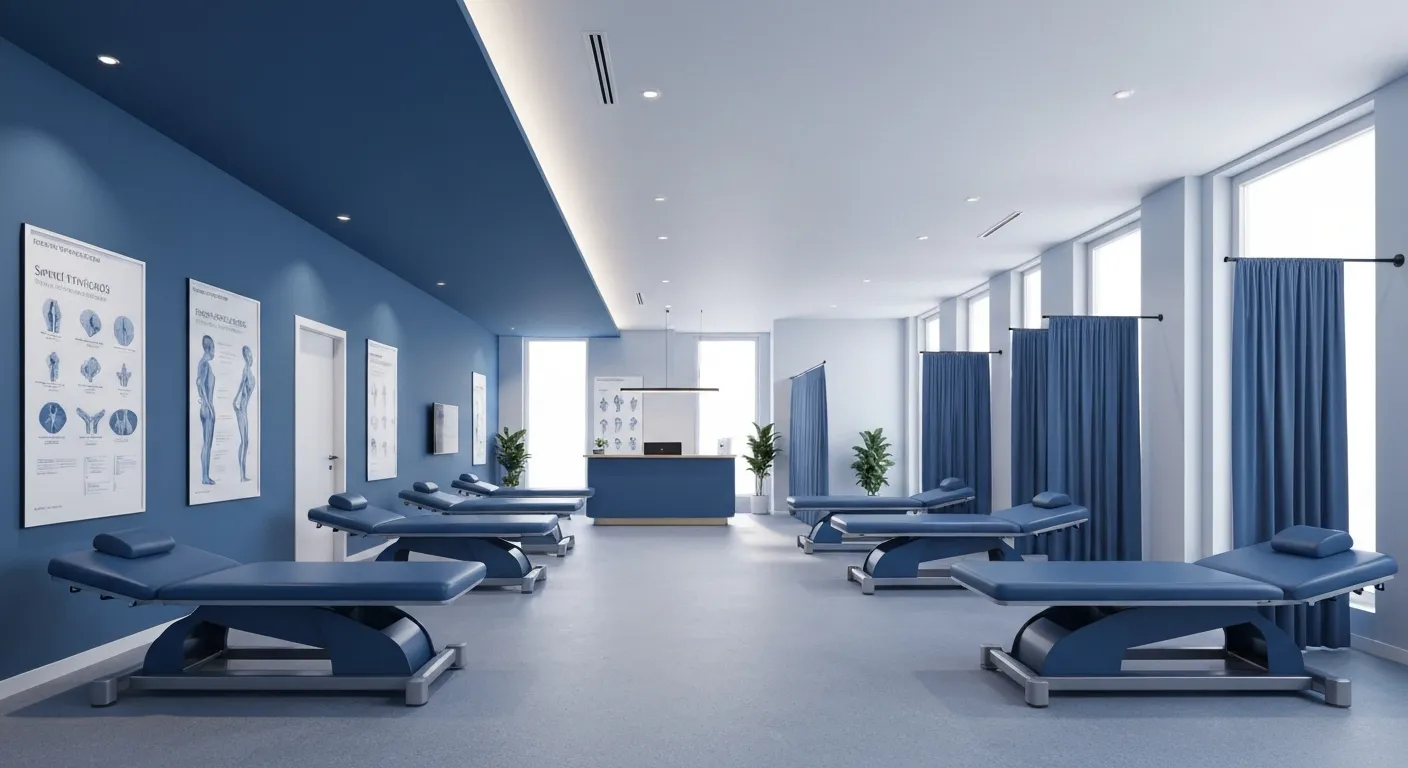
Simple Lifestyle Adjustments to Maintain a Healthy Spine

Personalized Nutritional Counseling for Improved Health Outcomes
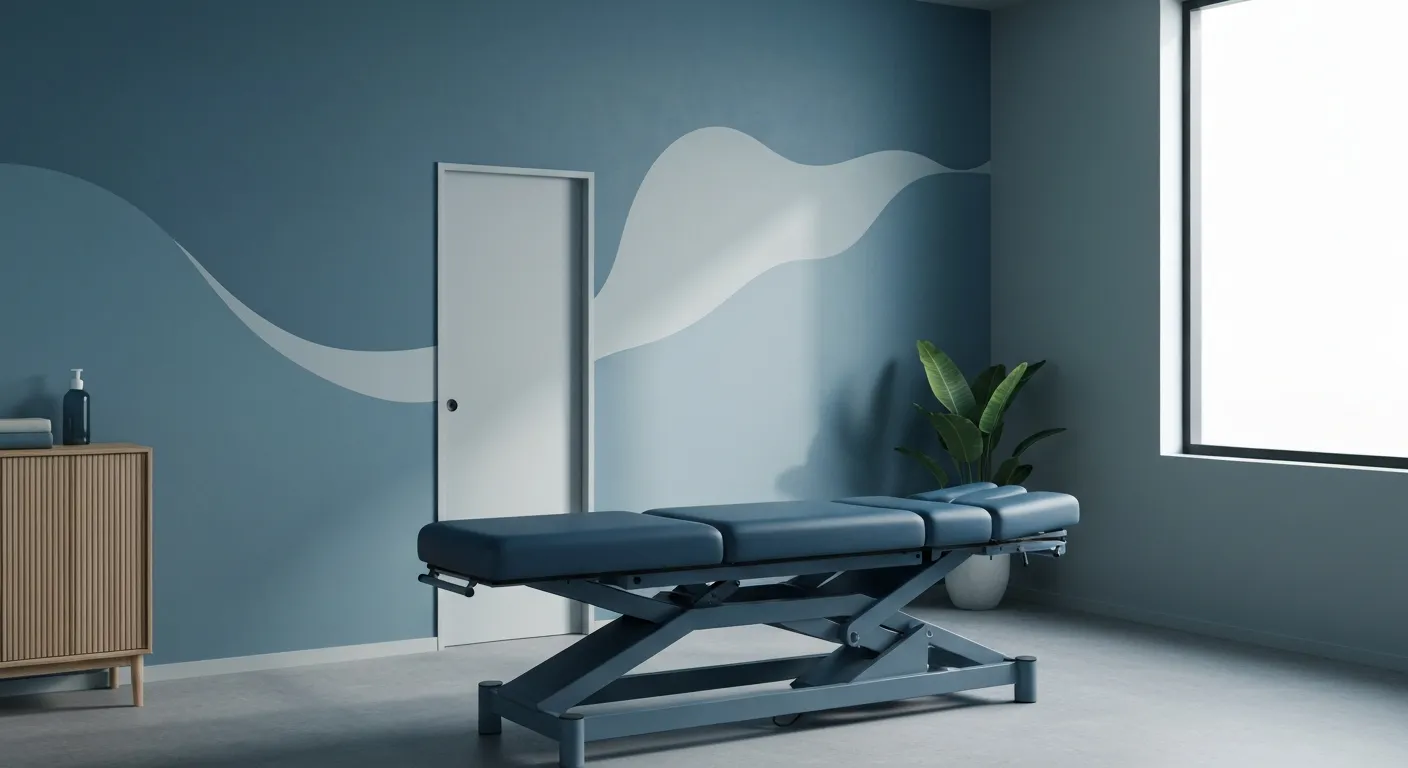
Exploring Non-Surgical Treatments for Spine-Related Conditions
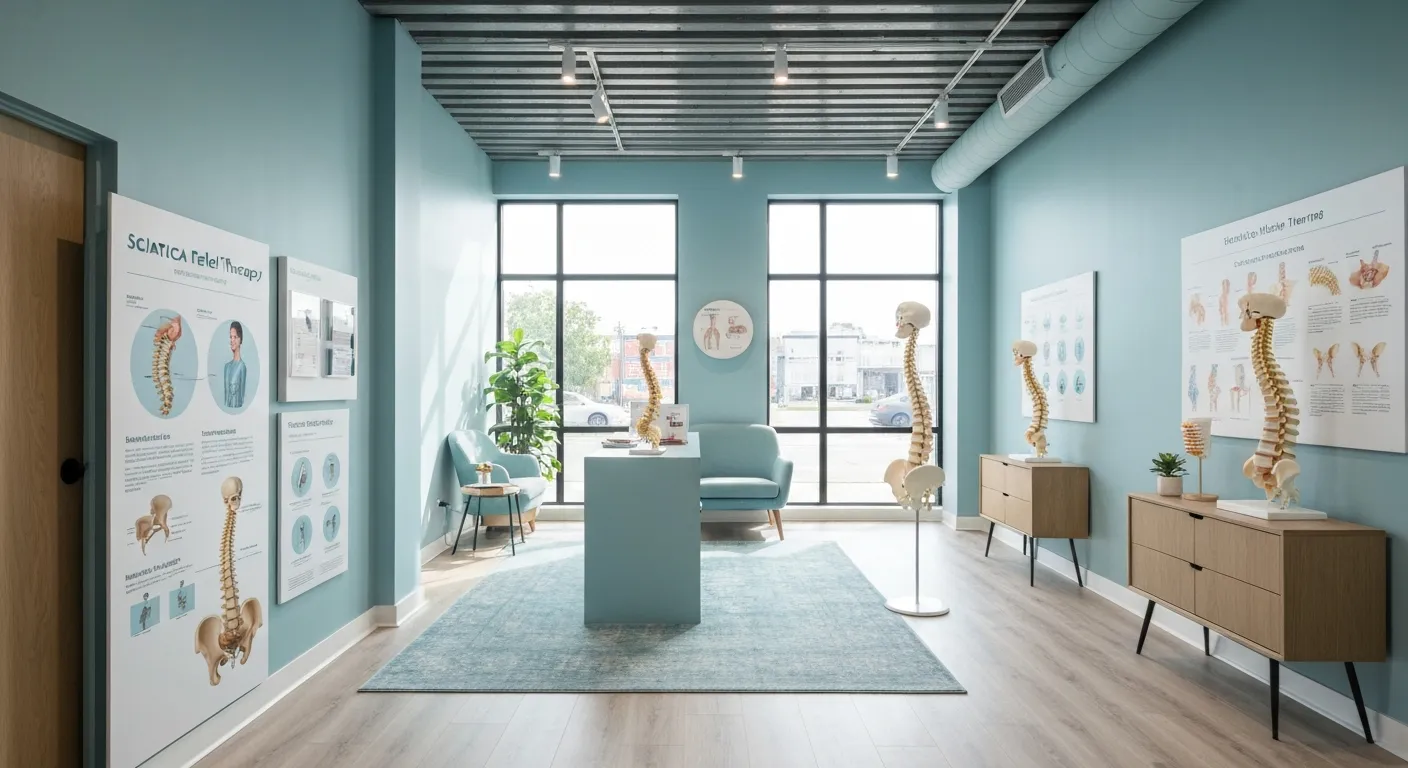
An Introduction to Spinal Decompression for Sciatica Patients
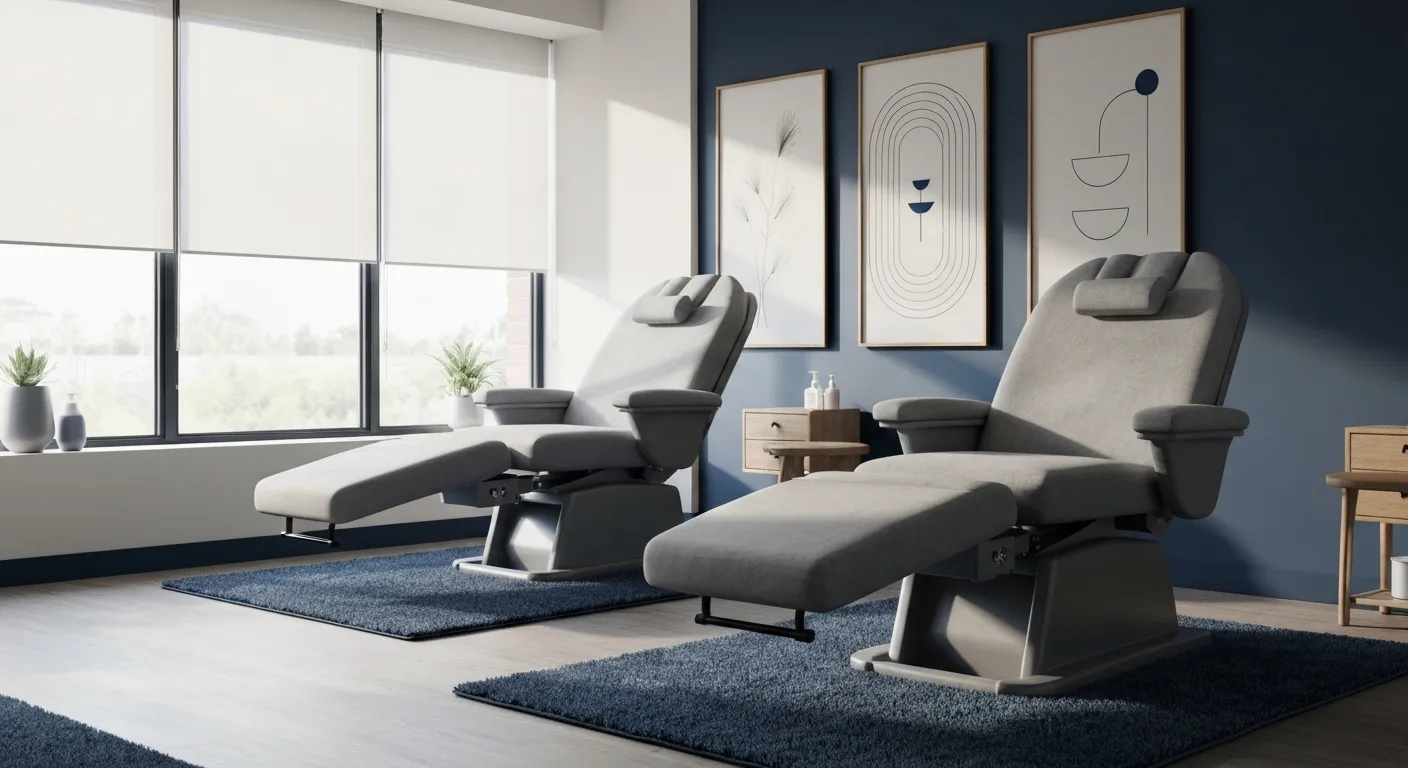
Transformative Success Stories: Patient Experiences with Chiropractic Treatments
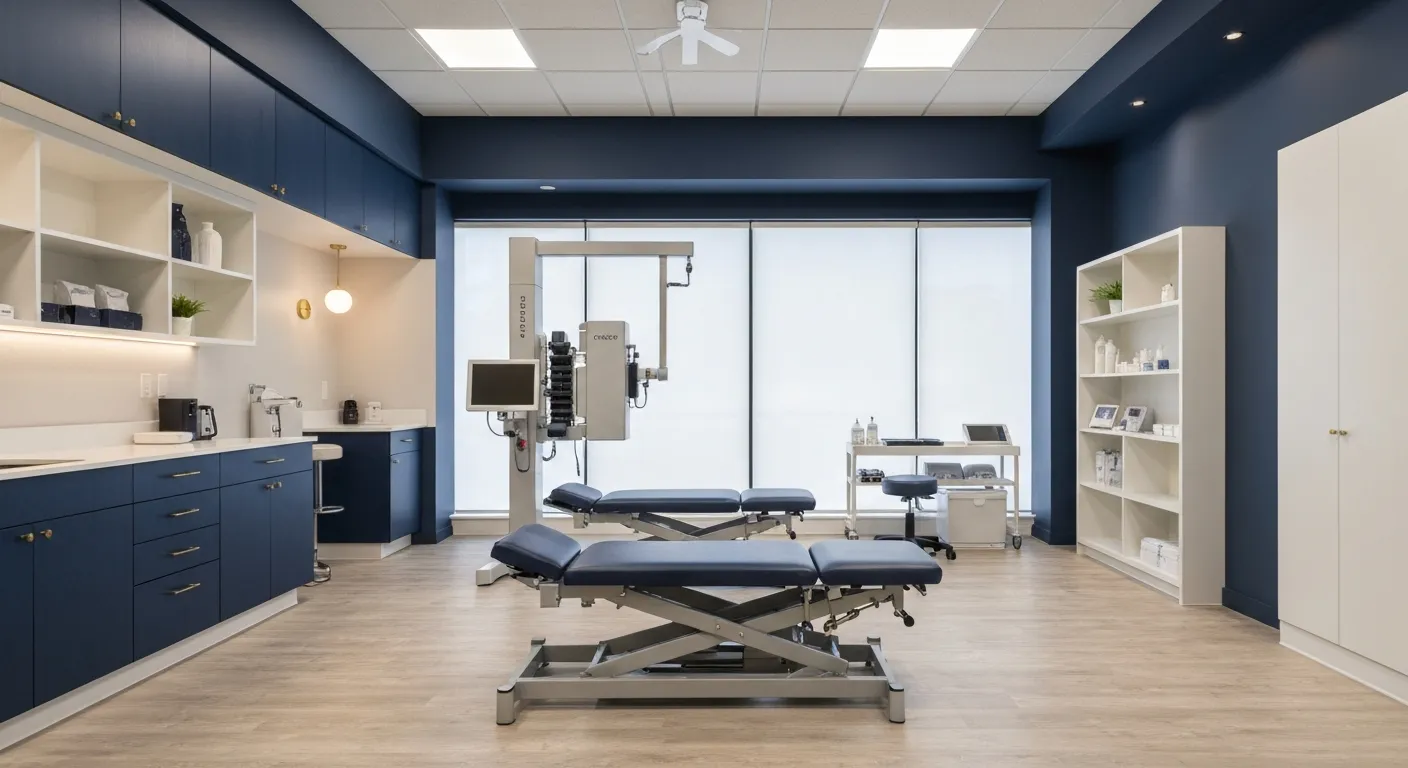
Why Chiropractic Care Is Essential for Back Pain Relief

Addressing Underlying Causes Versus Symptom Management in Pain Care

The Role of Nutrition in Enhancing Chiropractic Treatment Effectiveness

Sciatica Treatment Options: Is Spinal Decompression Right for You?
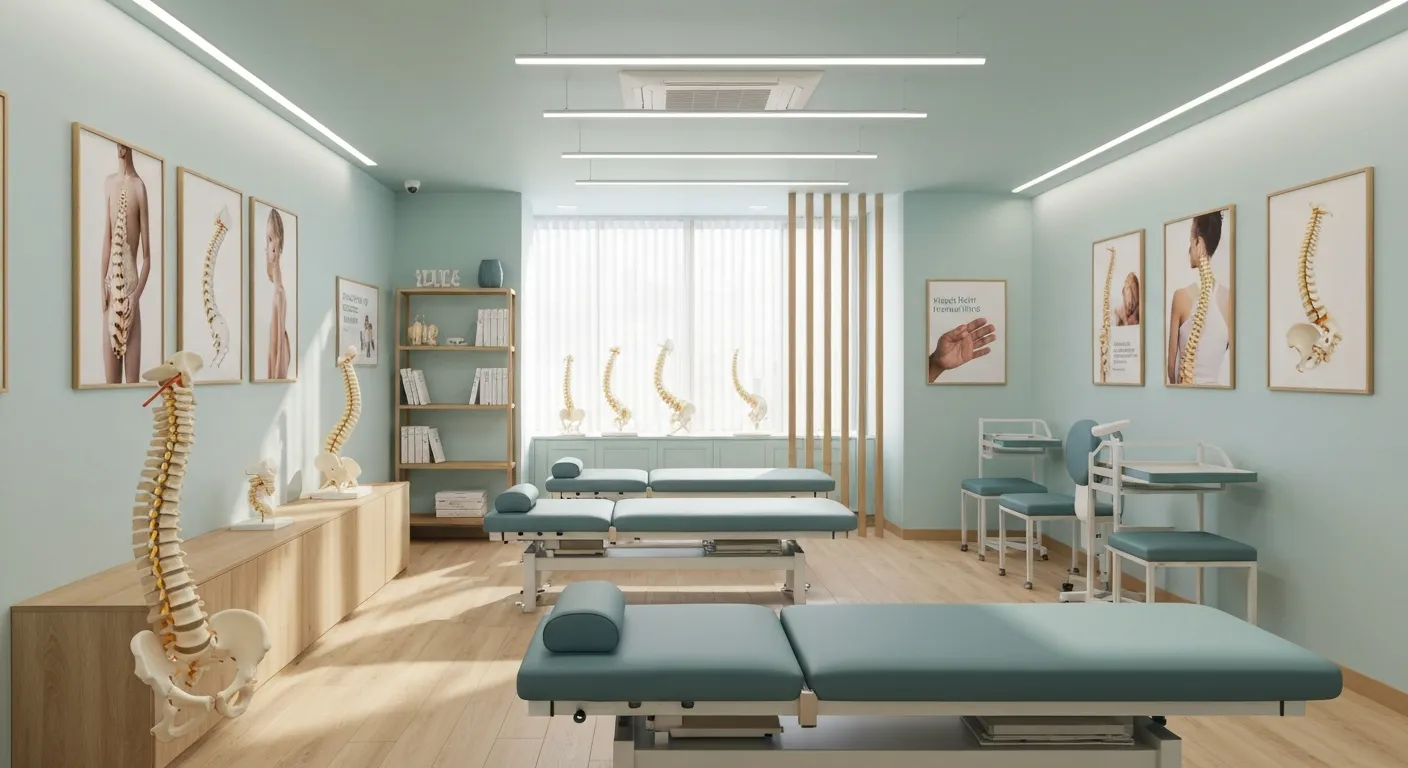
Lifestyle Tips to Maintain a Healthy Spine and Prevent Back Issues

The Synergy Between Physiotherapy and Chiropractic Treatments
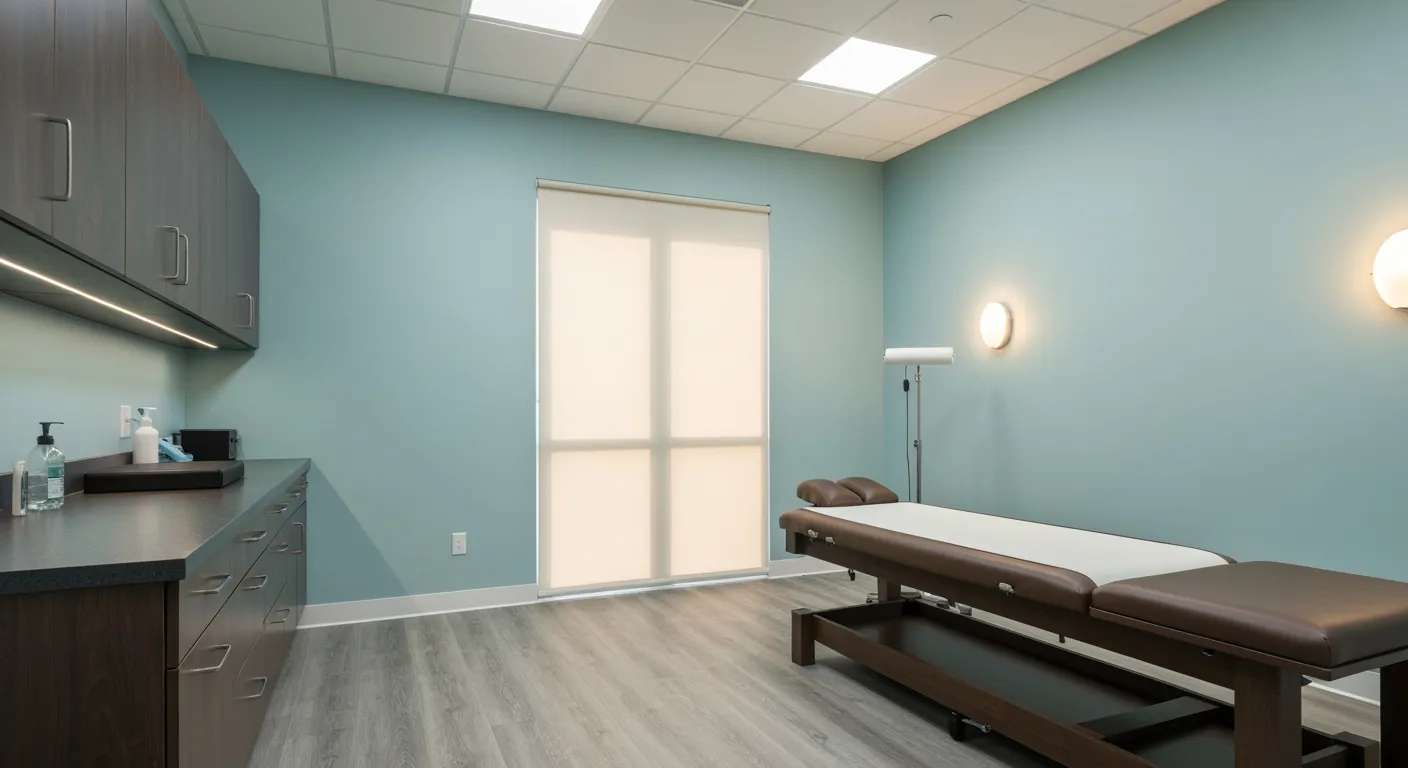
What Happens During Your Initial Chiropractic Consultation
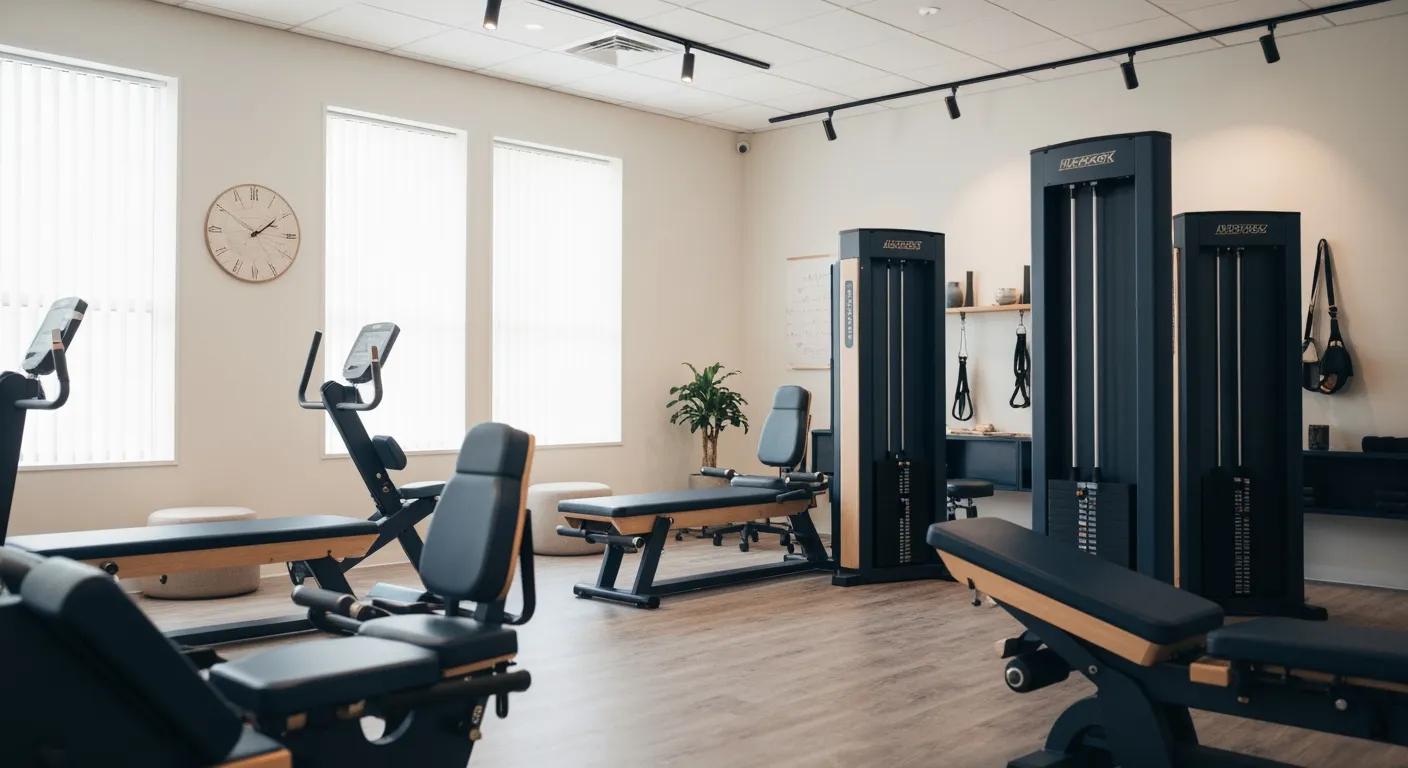
Effective Corrective Exercises for Sustainable Pain Management
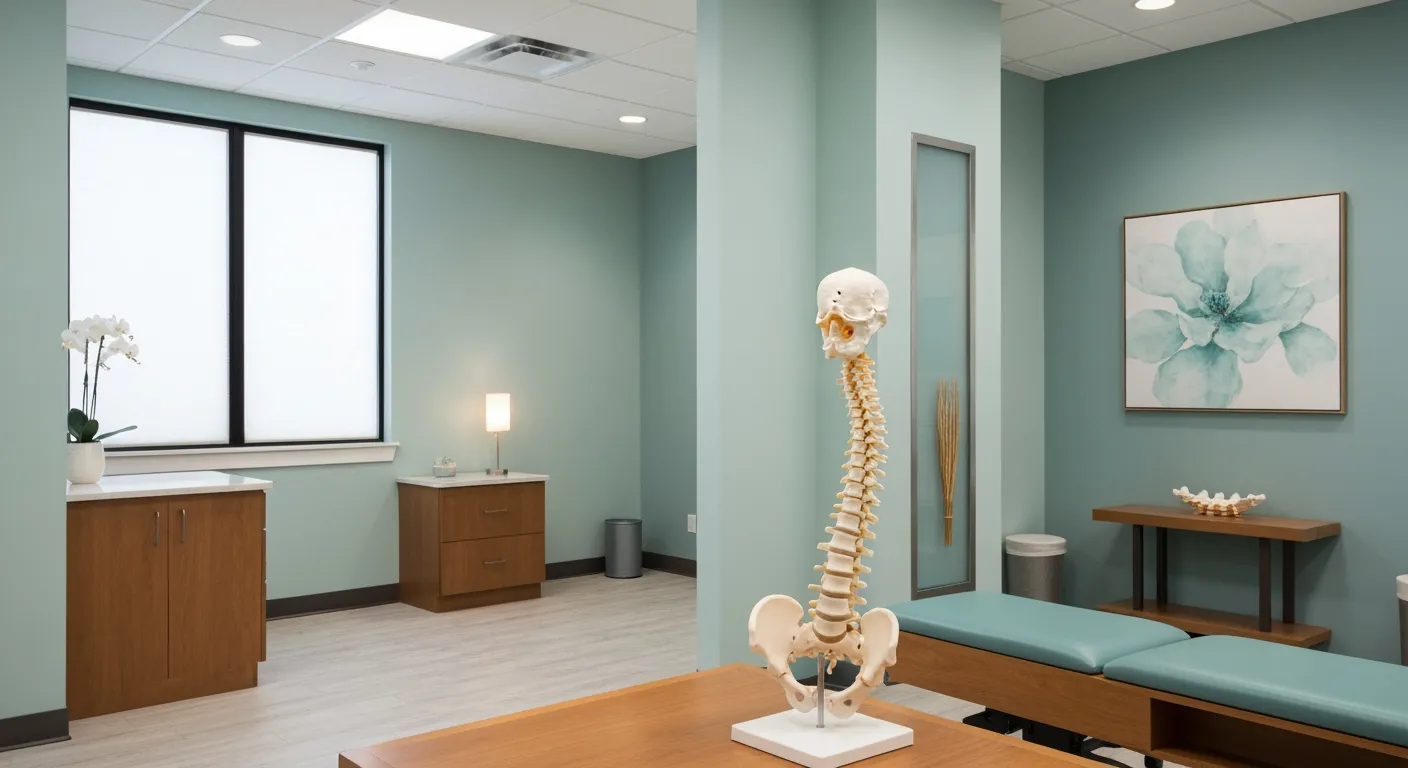
Taking a Root Cause Approach to Chronic Pain Management

Holistic Pain Management Techniques Without Surgery

How Patient Success Stories Validate Chiropractic Care Benefits

Spinal Decompression: Innovative Treatment for Sciatic Nerve Pain
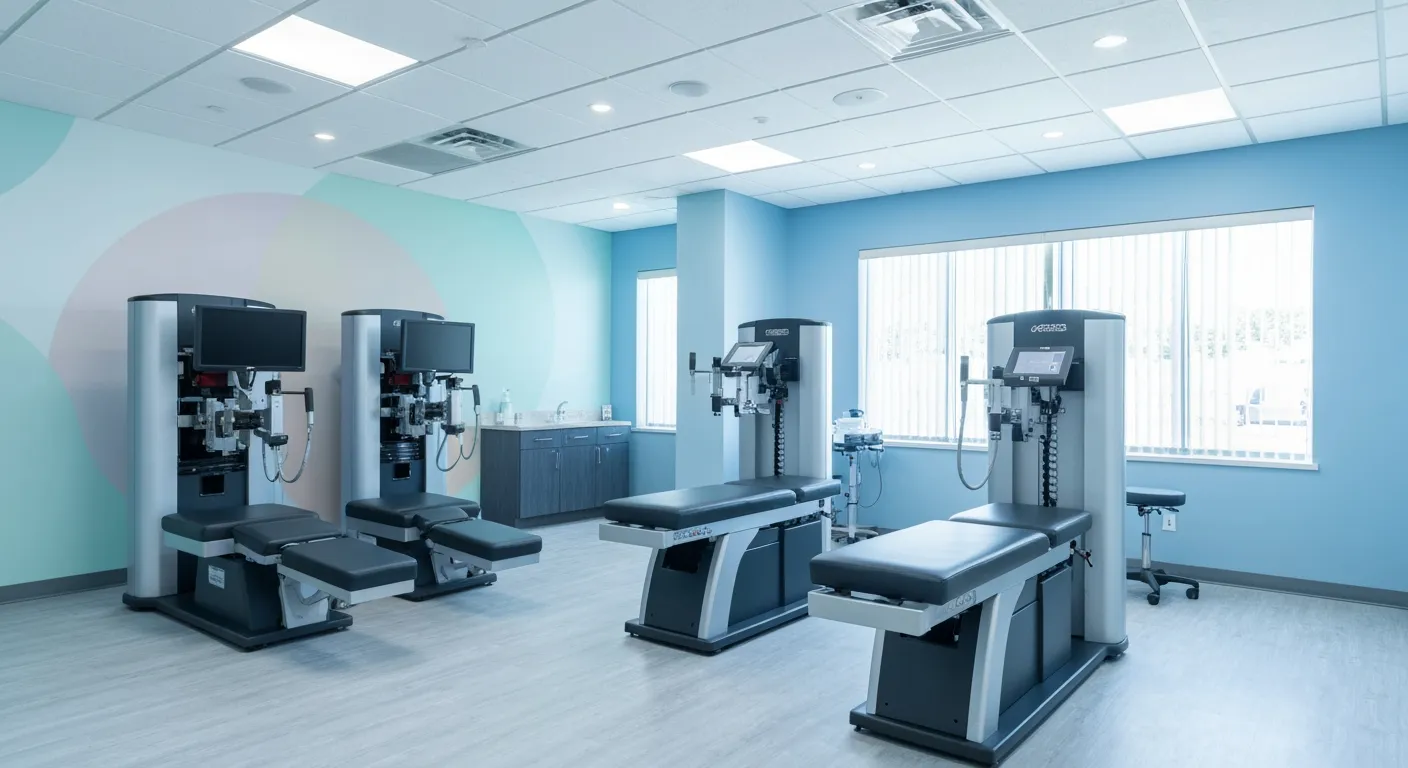
Spinal Decompression Therapy: A Non-Invasive Approach to Sciatica Relief

Exploring Holistic Approaches Beyond Surgery for Pain Relief

Practical Lifestyle Advice to Support a Healthy Spine Every Day
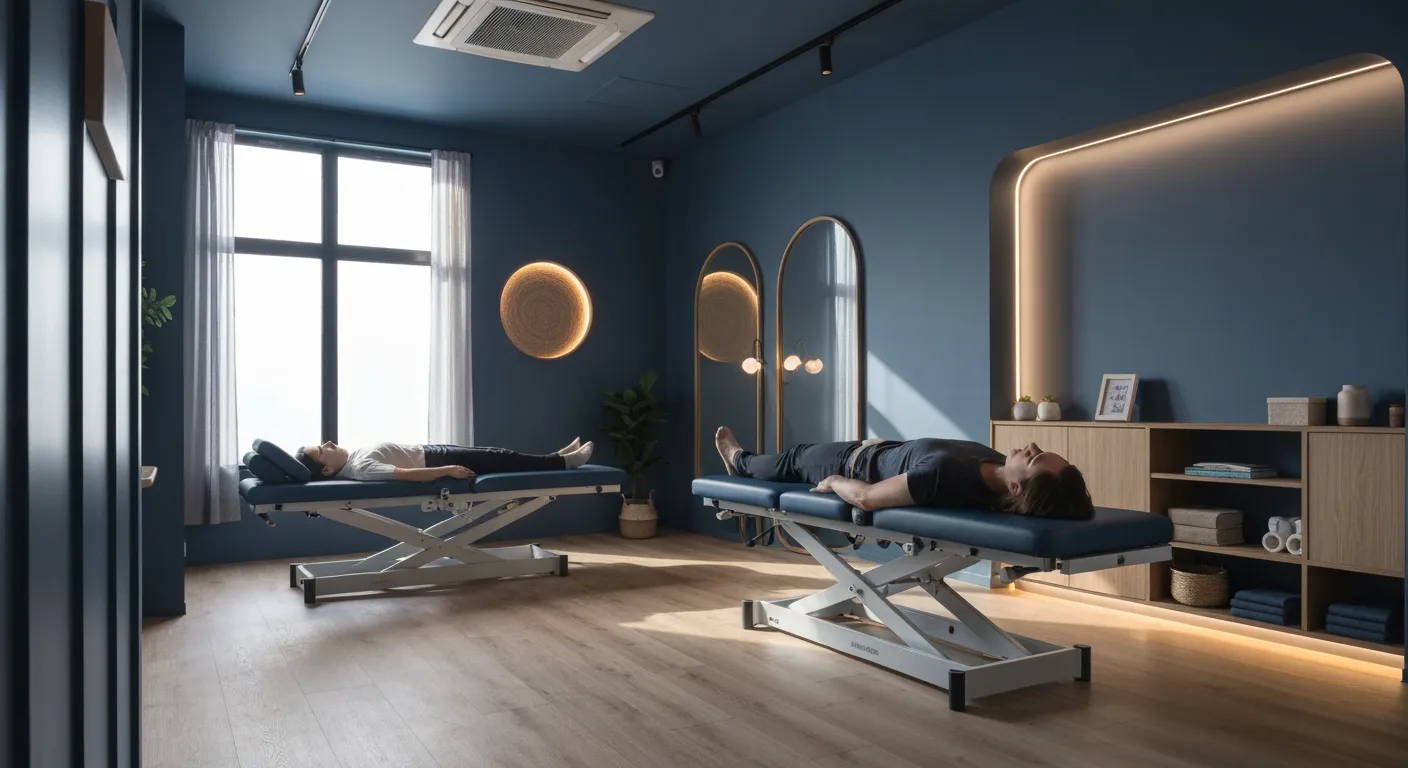
Corrective Exercise Routines Designed for Long-Term Pain Prevention
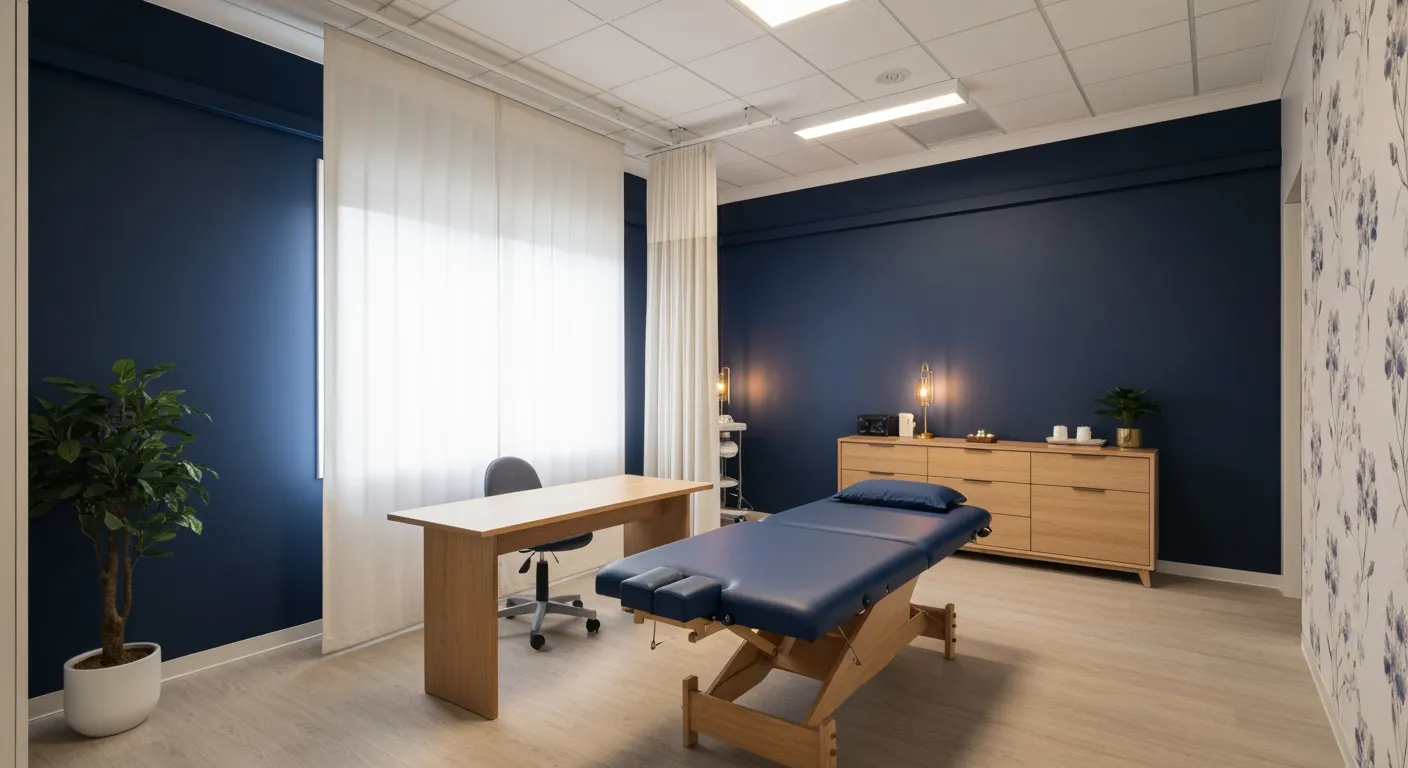
Real Patient Stories: Overcoming Chronic Pain with Chiropractic Care
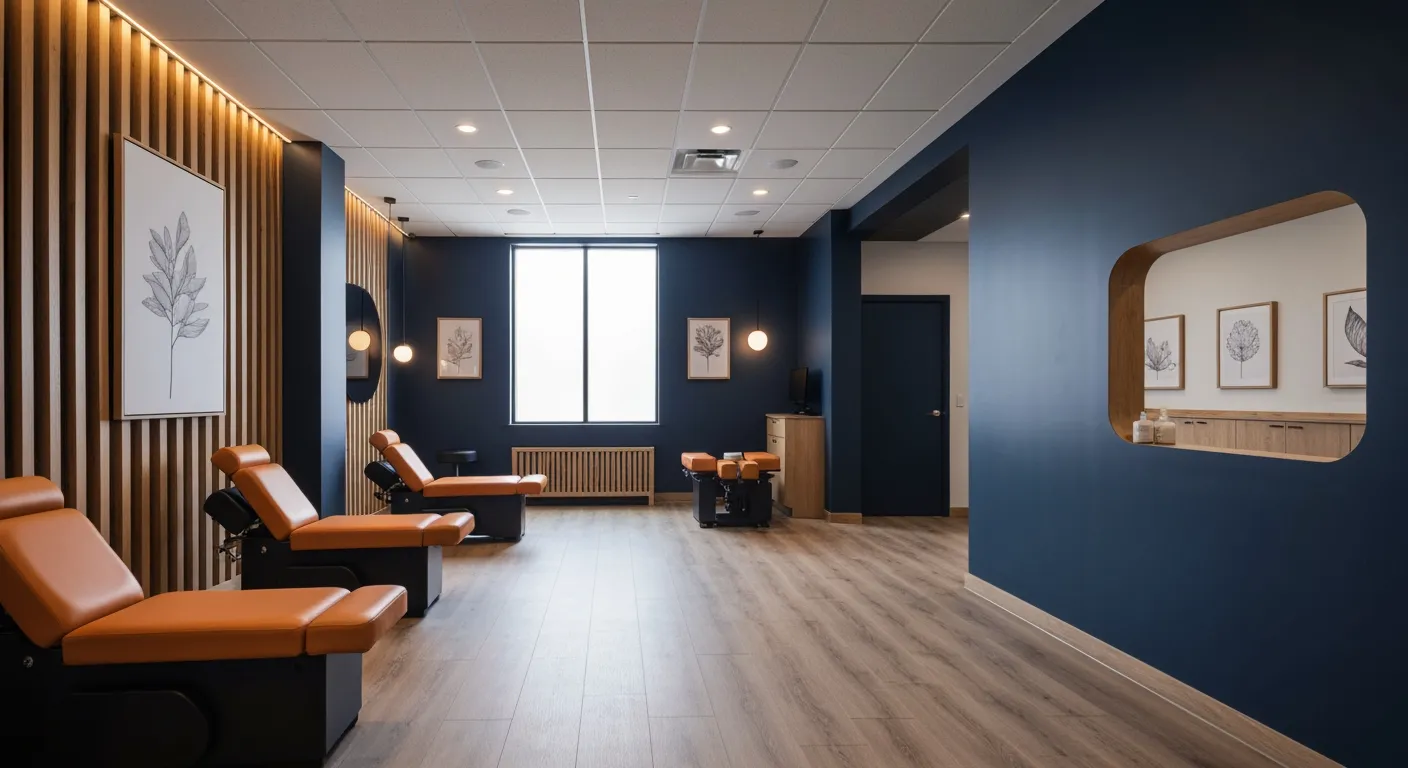
Lifestyle Changes That Promote a Healthy Spine and Prevent Injury
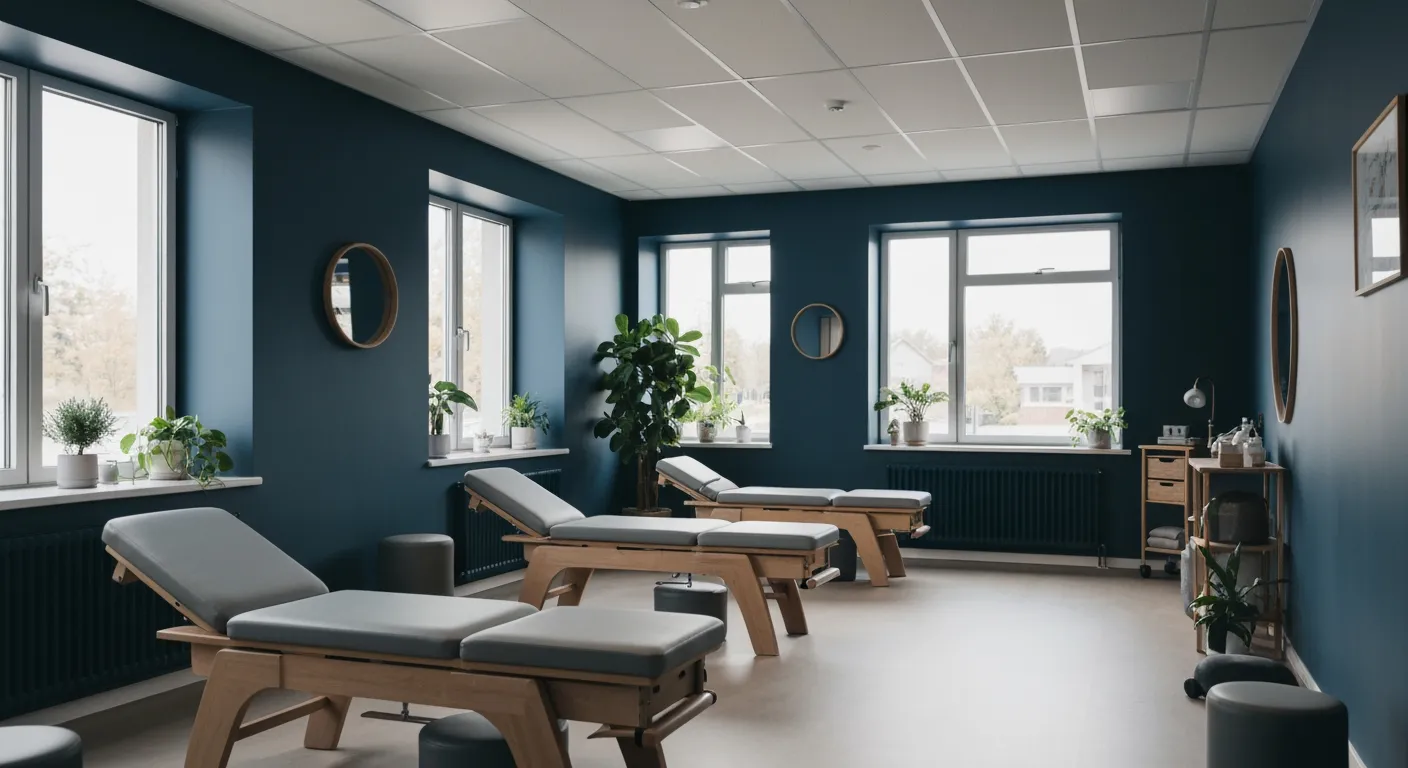
How Addressing the Root Cause of Pain Leads to Lasting Relief
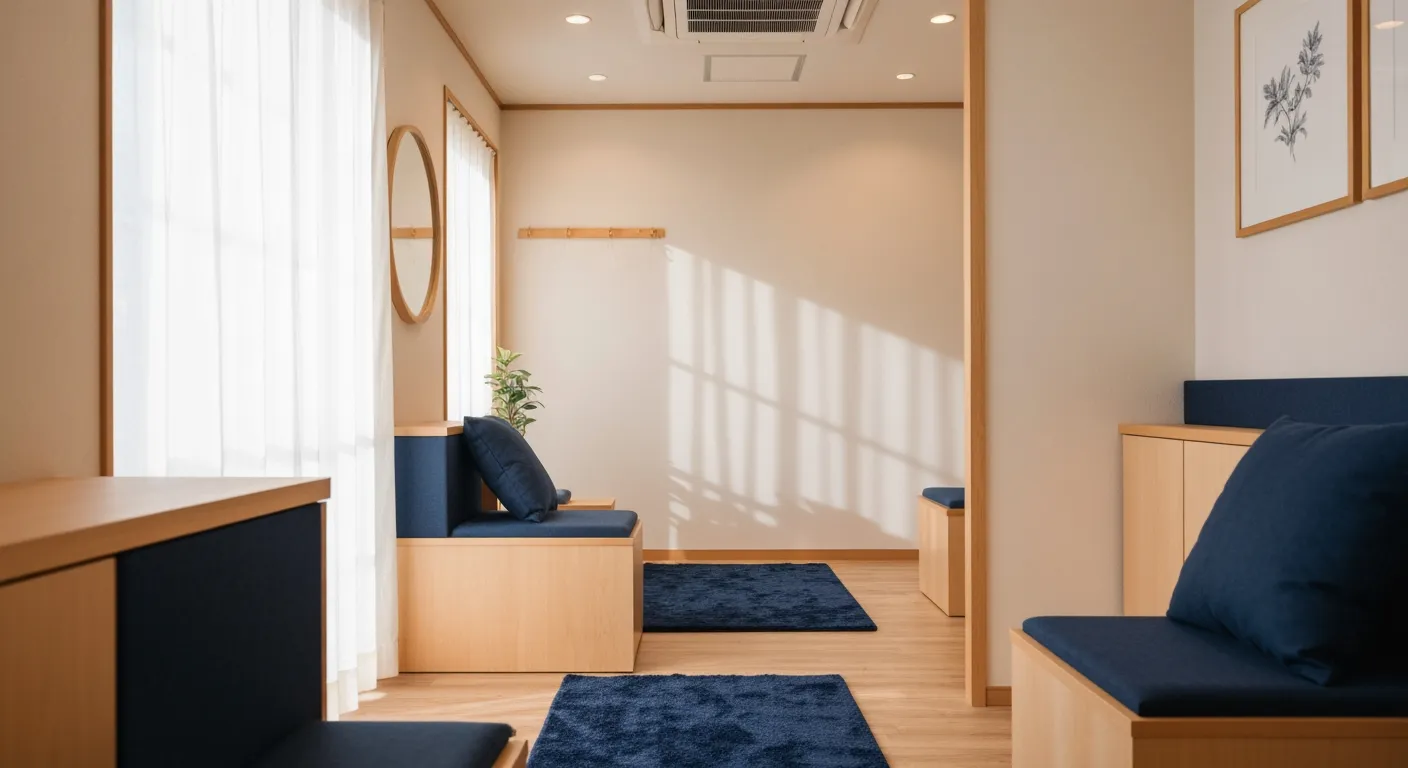
Non-Surgical Holistic Therapies to Manage Chronic Pain Effectively

Nutritional Counseling's Impact on Physical Health and Healing
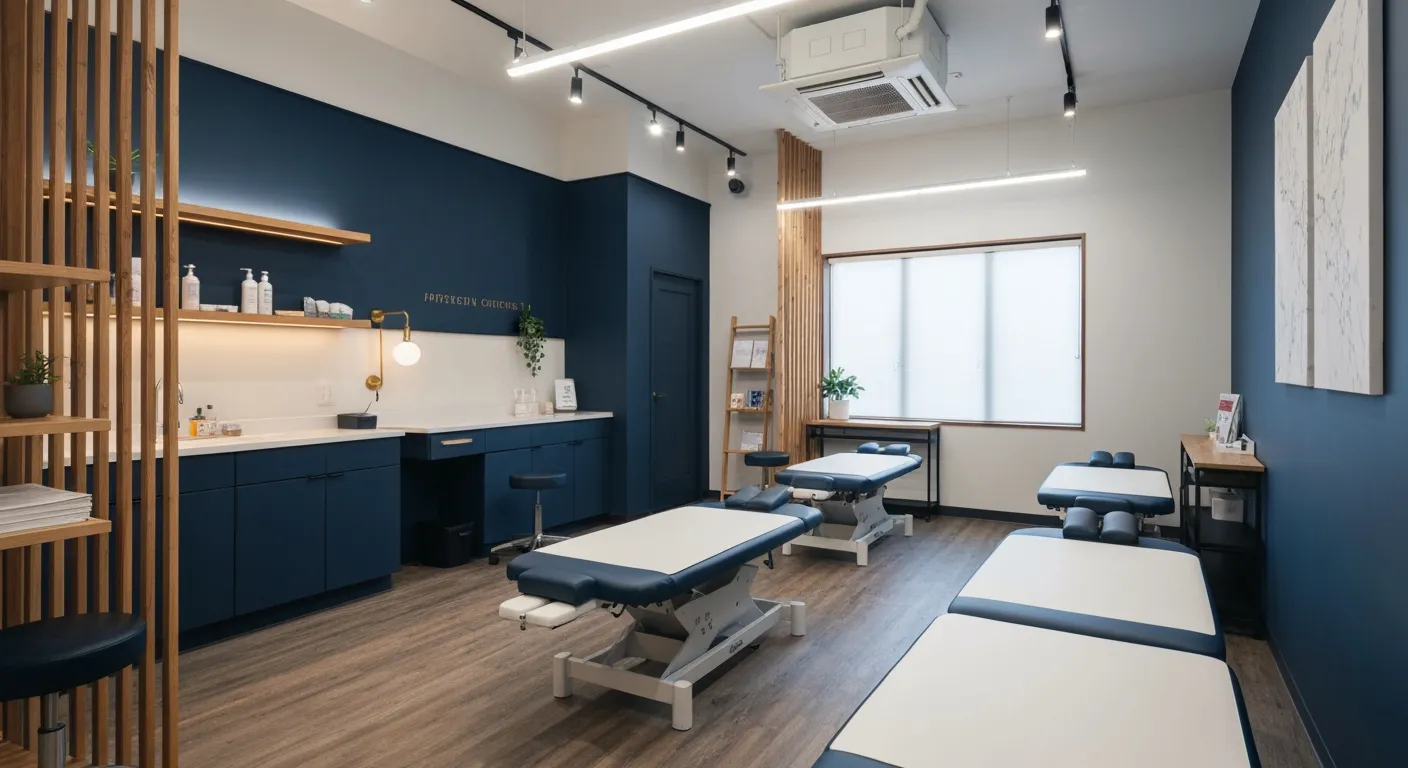
Benefits of Regular Chiropractic Care for a Stronger Back
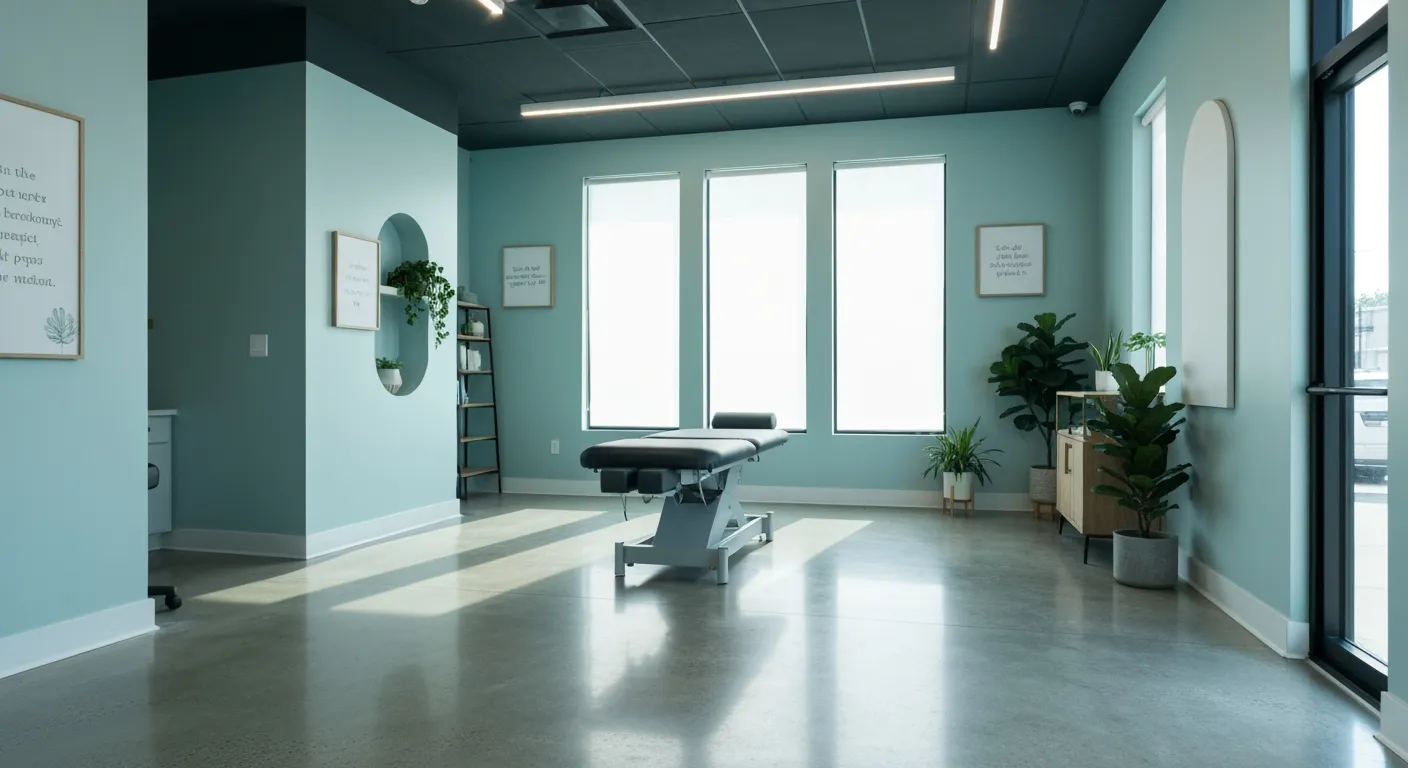
Your First Chiropractic Visit: What to Expect and How to Prepare

Patient Experiences: How Chiropractic Care Transformed Their Lives
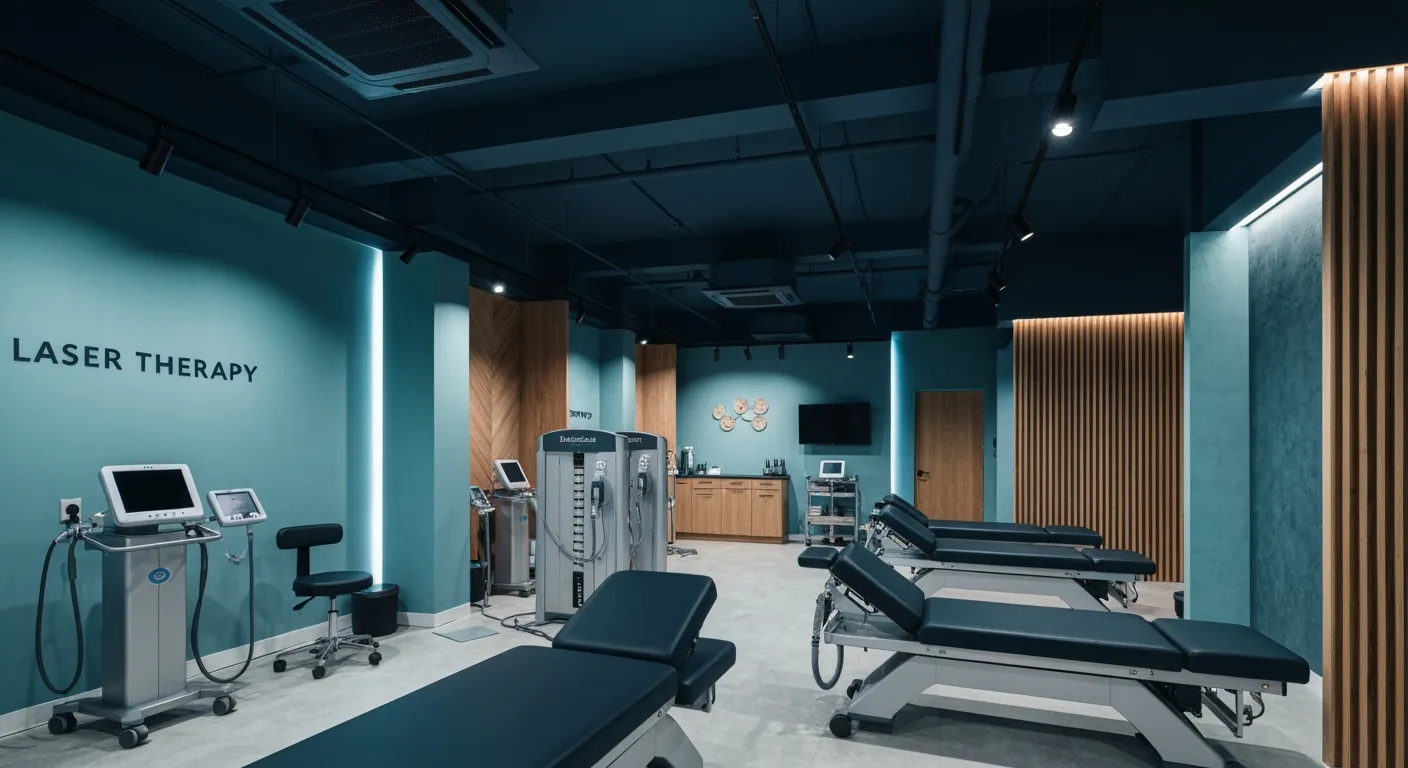
Exploring Holistic, Non-Surgical Options for Pain Management

Combining Physiotherapy with Chiropractic Treatments for Enhanced Recovery
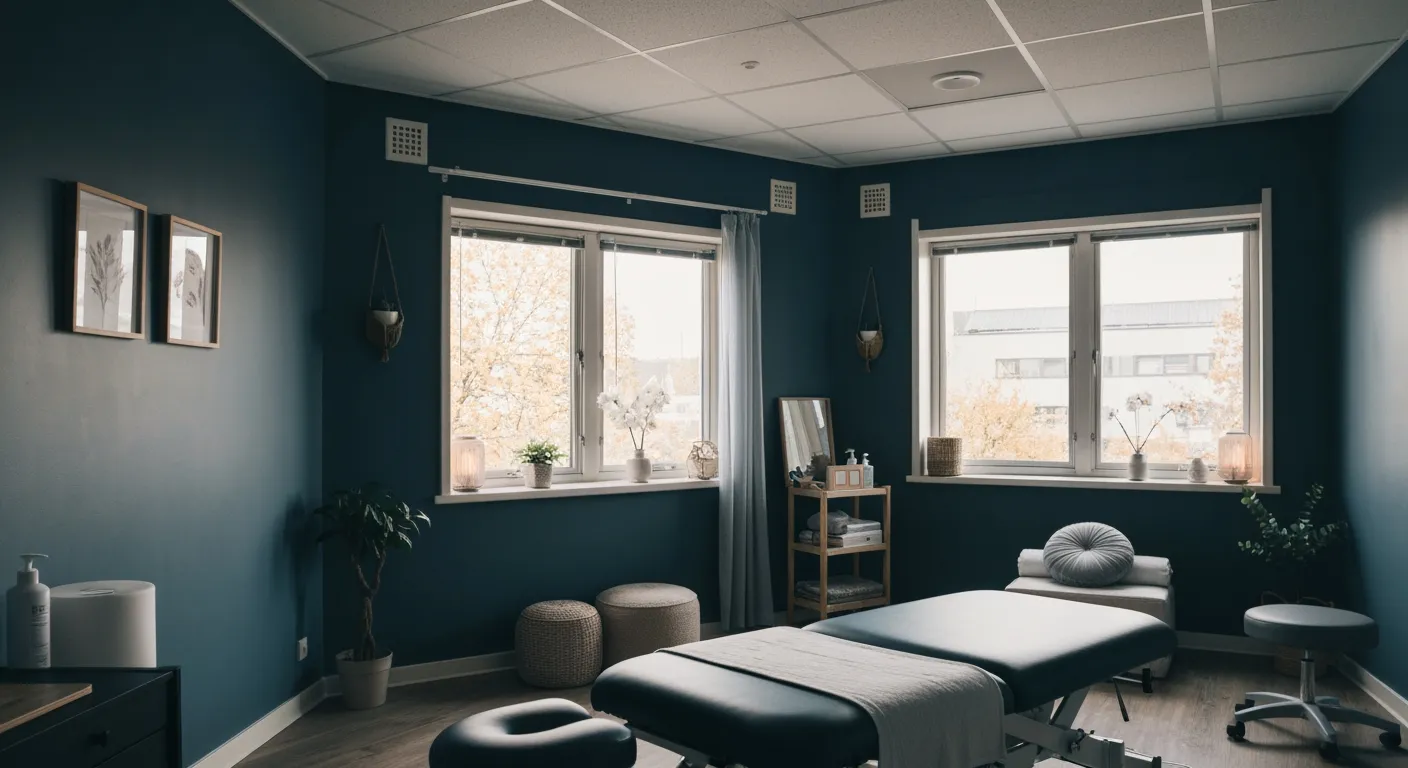
Holistic Treatments That Offer Alternatives to Surgery for Pain Relief

Corrective Exercise Strategies for Long-Term Spine Health
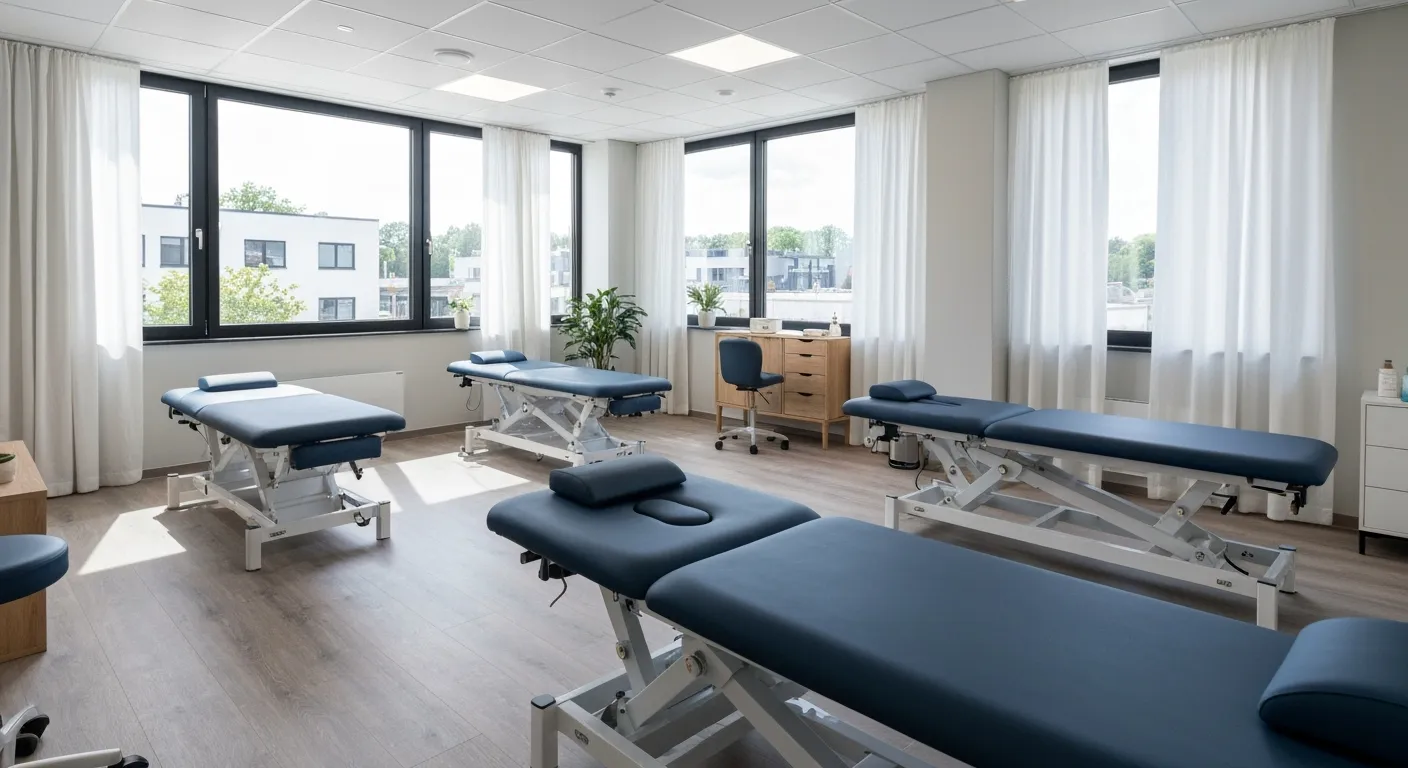
How Physiotherapy Complements Chiropractic Adjustments for Better Outcomes
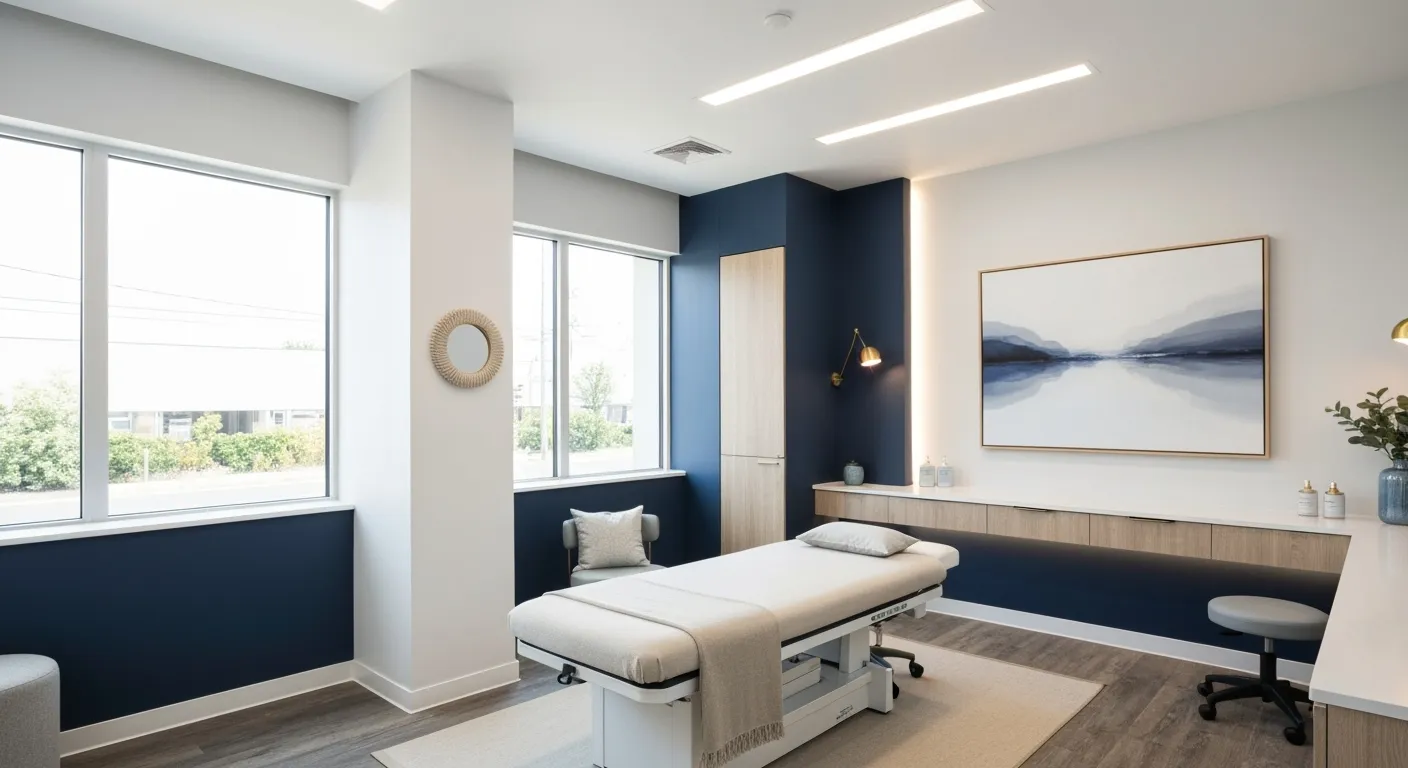
First-Time Chiropractic Visitors: What You Should Know

Understanding the Importance of Treating Pain at Its Source
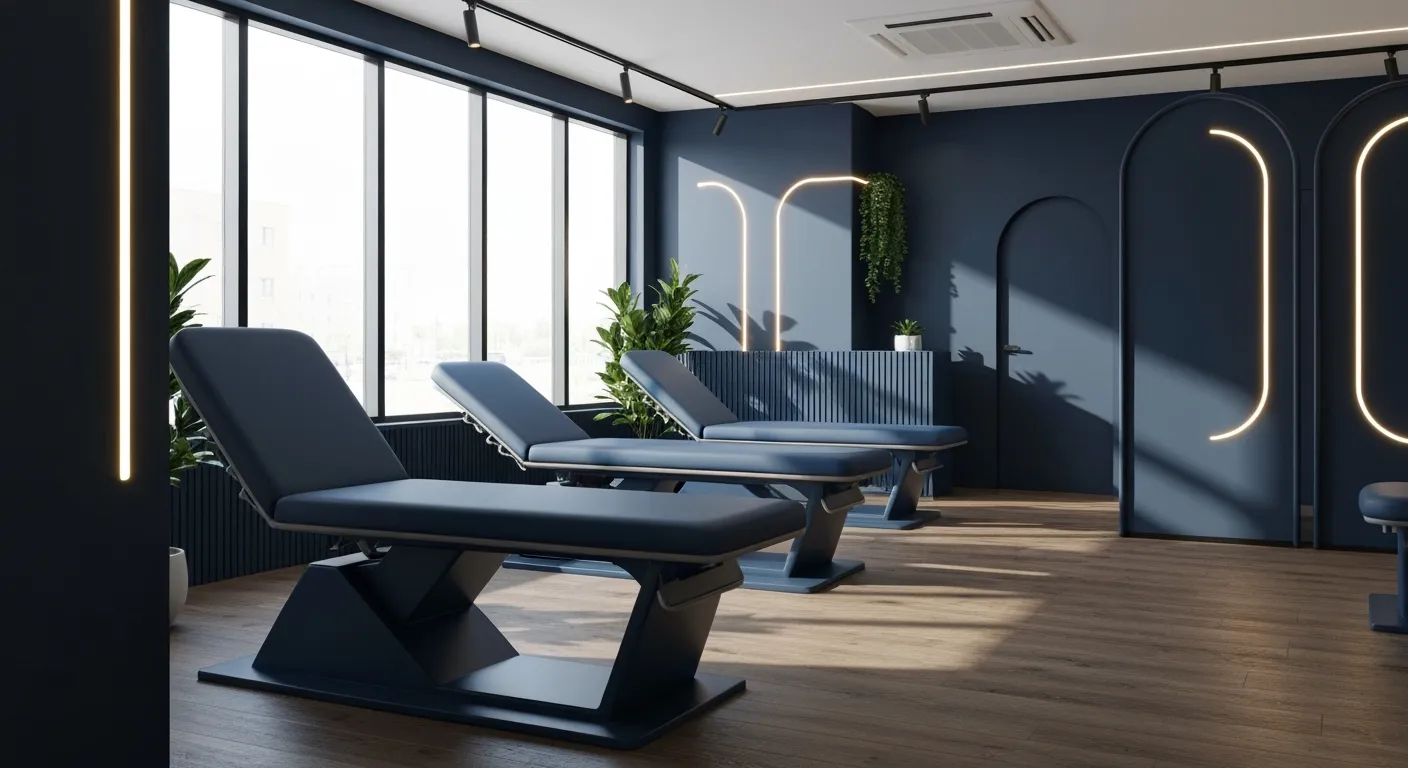
Adopting Lifestyle Changes to Support Your Spine's Wellness
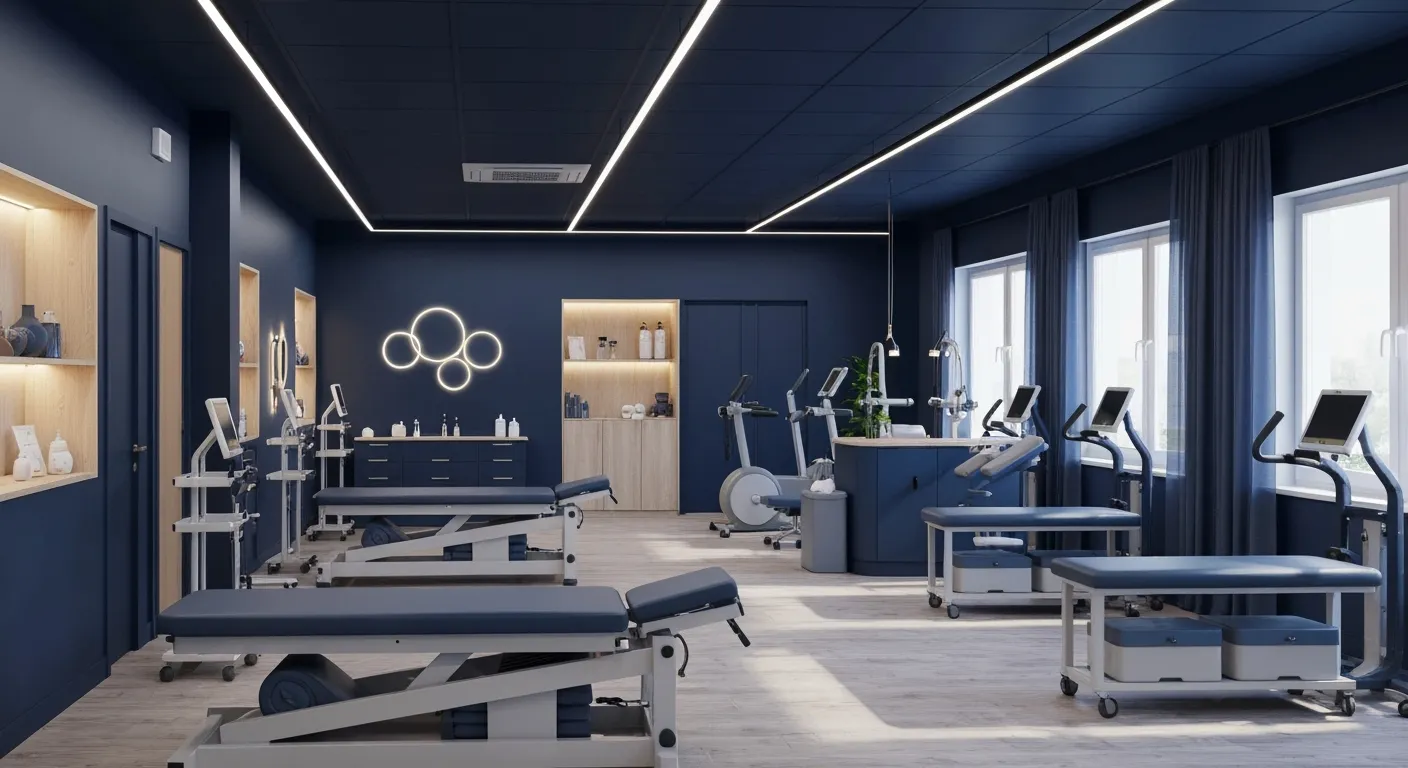
Utilizing Physiotherapy to Enhance Chiropractic Treatment Outcomes

The Key Advantages of Chiropractic Care for Back Pain Sufferers

Why Focusing on Root Causes Improves Pain Treatment Success

Corrective Exercises That Promote Lasting Pain Relief and Mobility
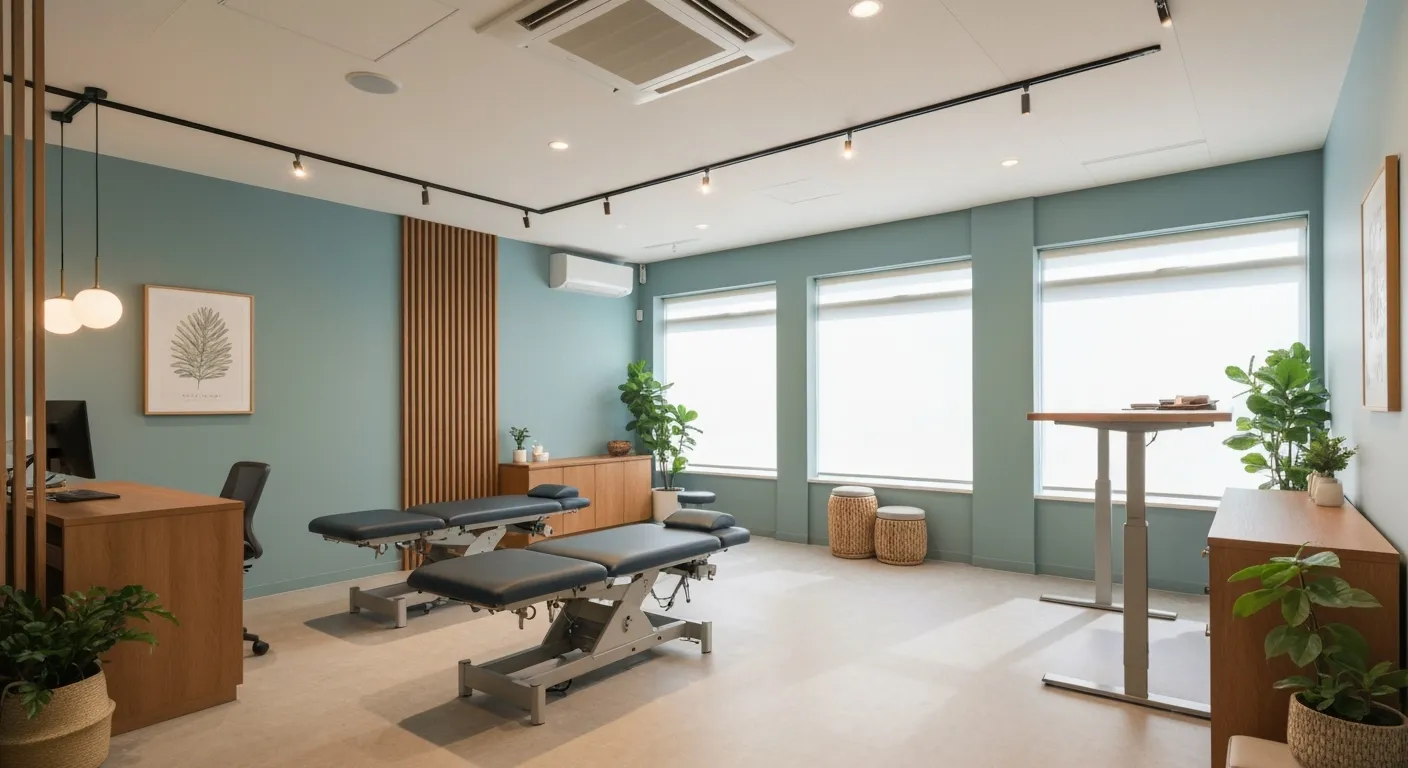
Sciatica Relief Through Targeted Spinal Decompression Techniques
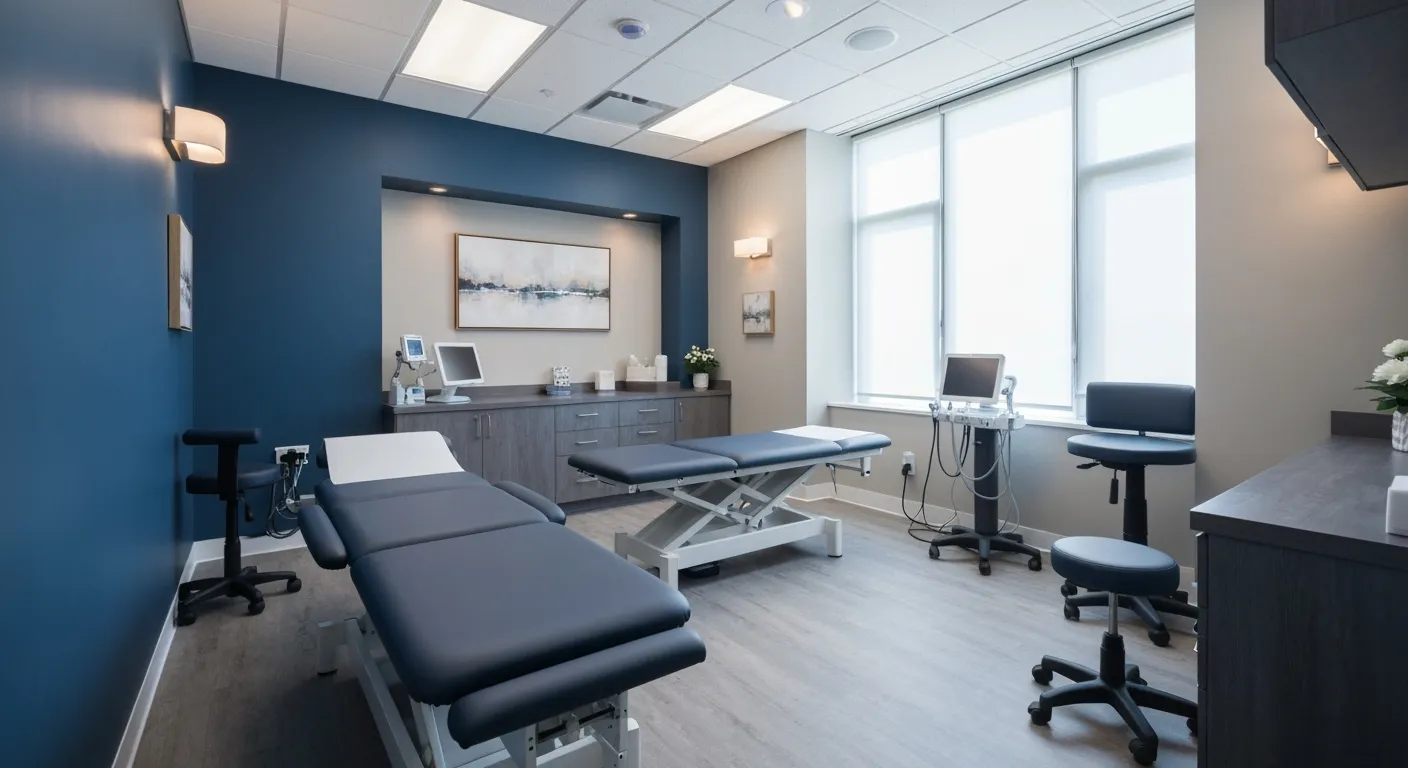
Preparing for Your First Chiropractic Appointment with Confidence
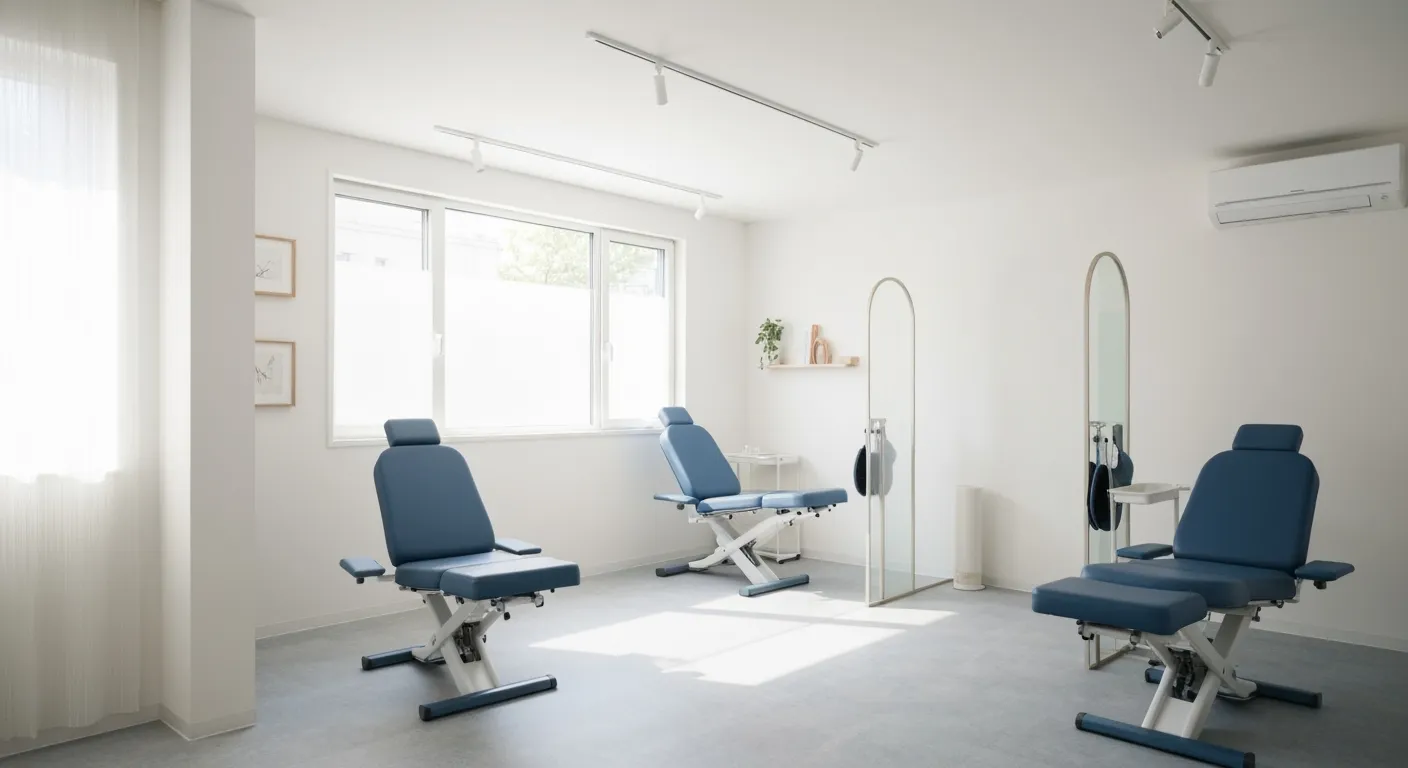
Healthy Lifestyle Habits for Maintaining Spinal Alignment

Success Stories Highlighting Chiropractic's Role in Pain Recovery

Top Benefits of Chiropractic Care for Chronic Back Pain
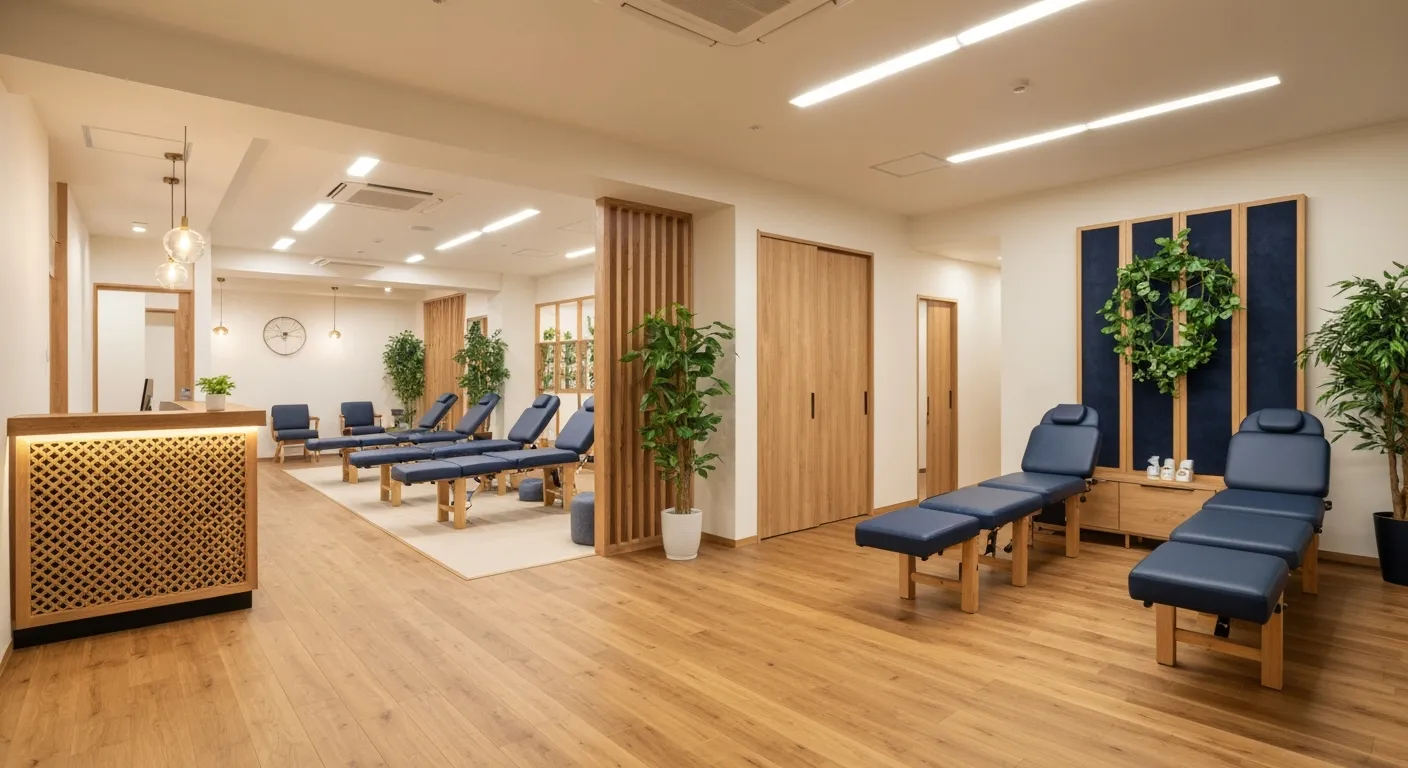
Nutrition Tips to Boost Your Overall Wellness and Recovery

How Chiropractic Care Alleviates Back Pain Naturally
